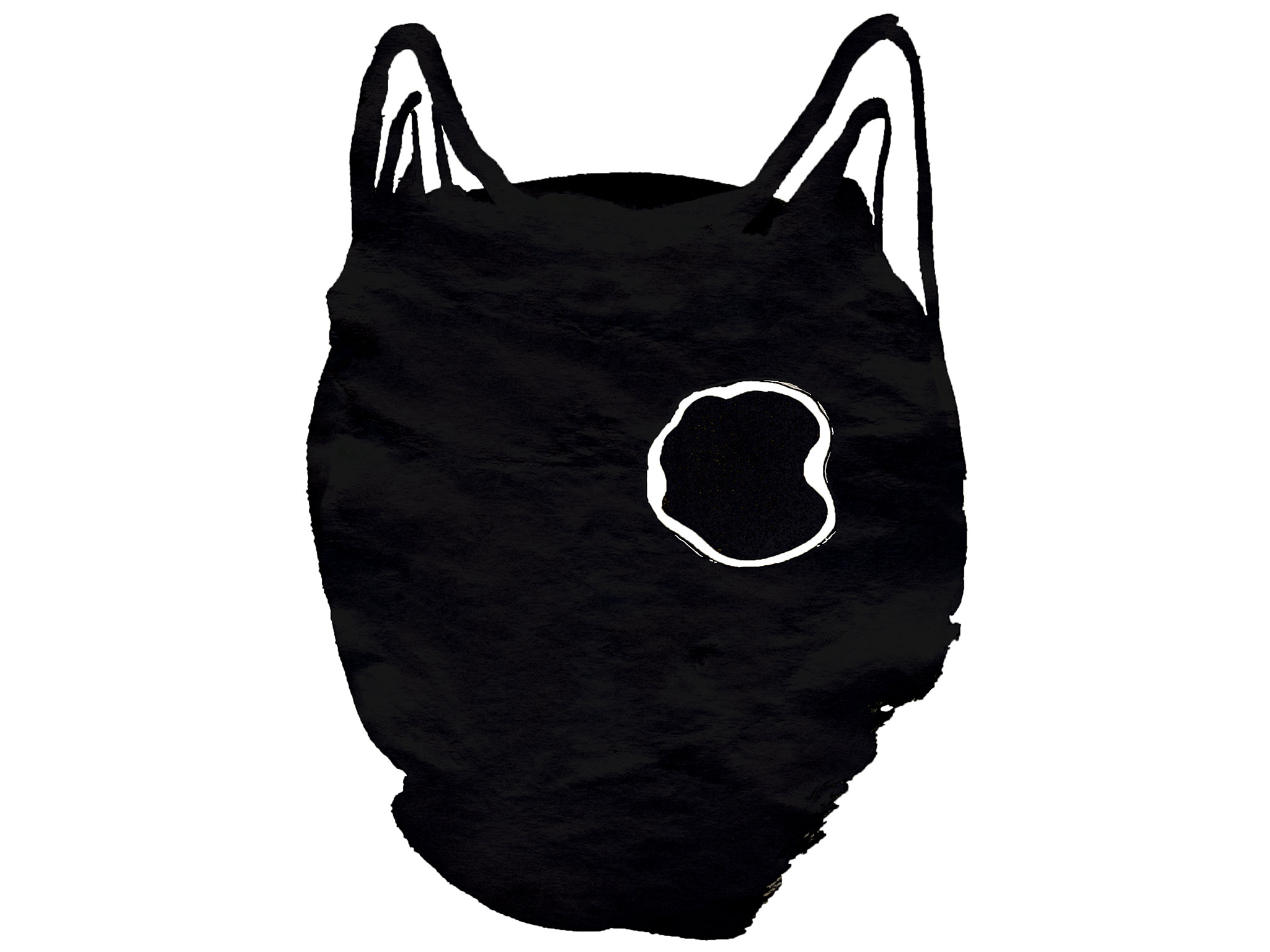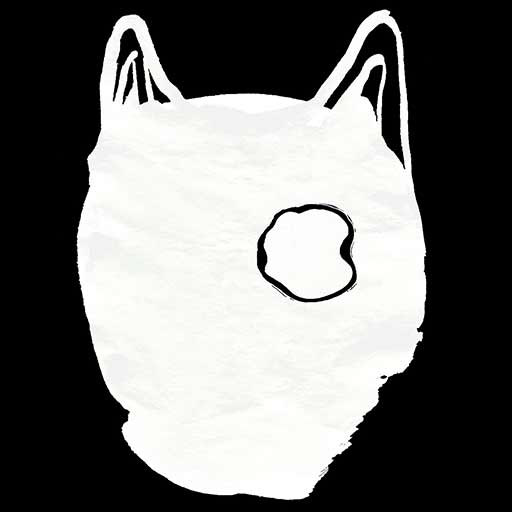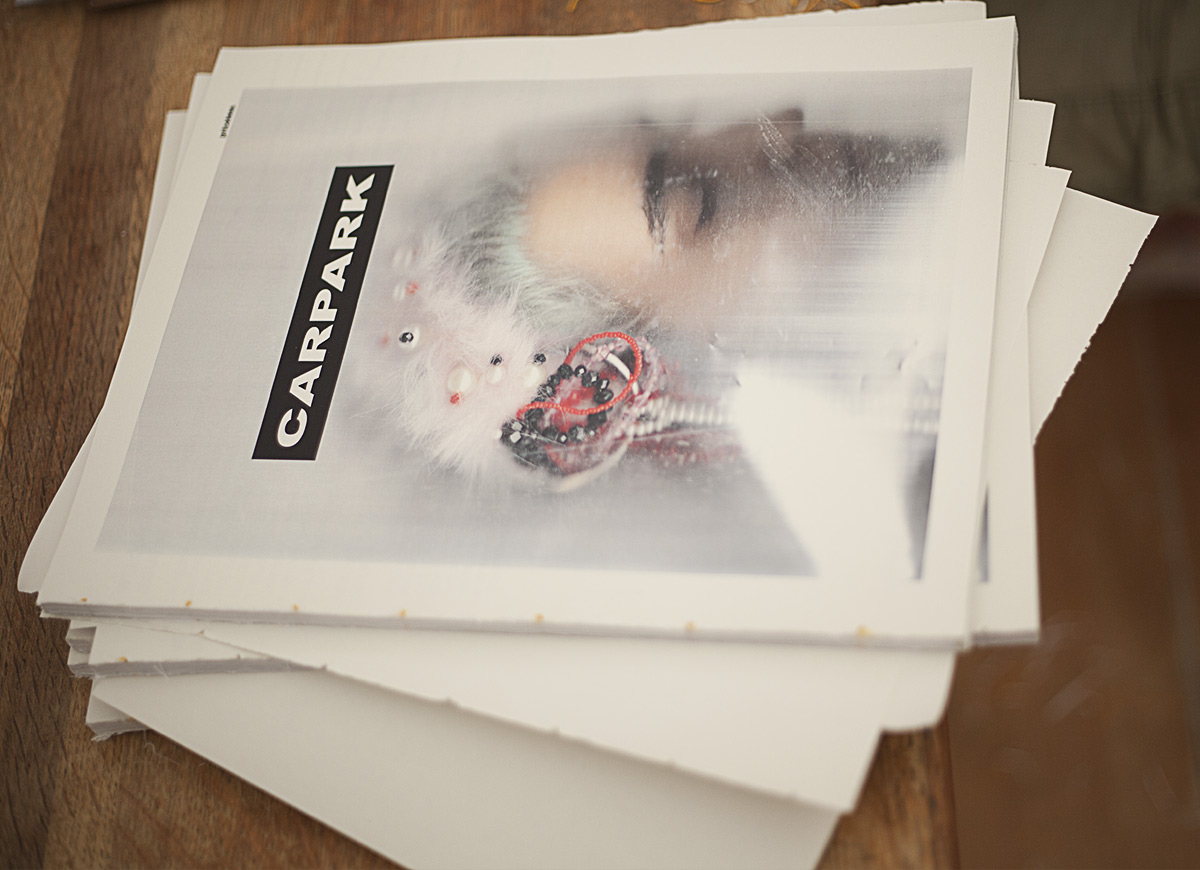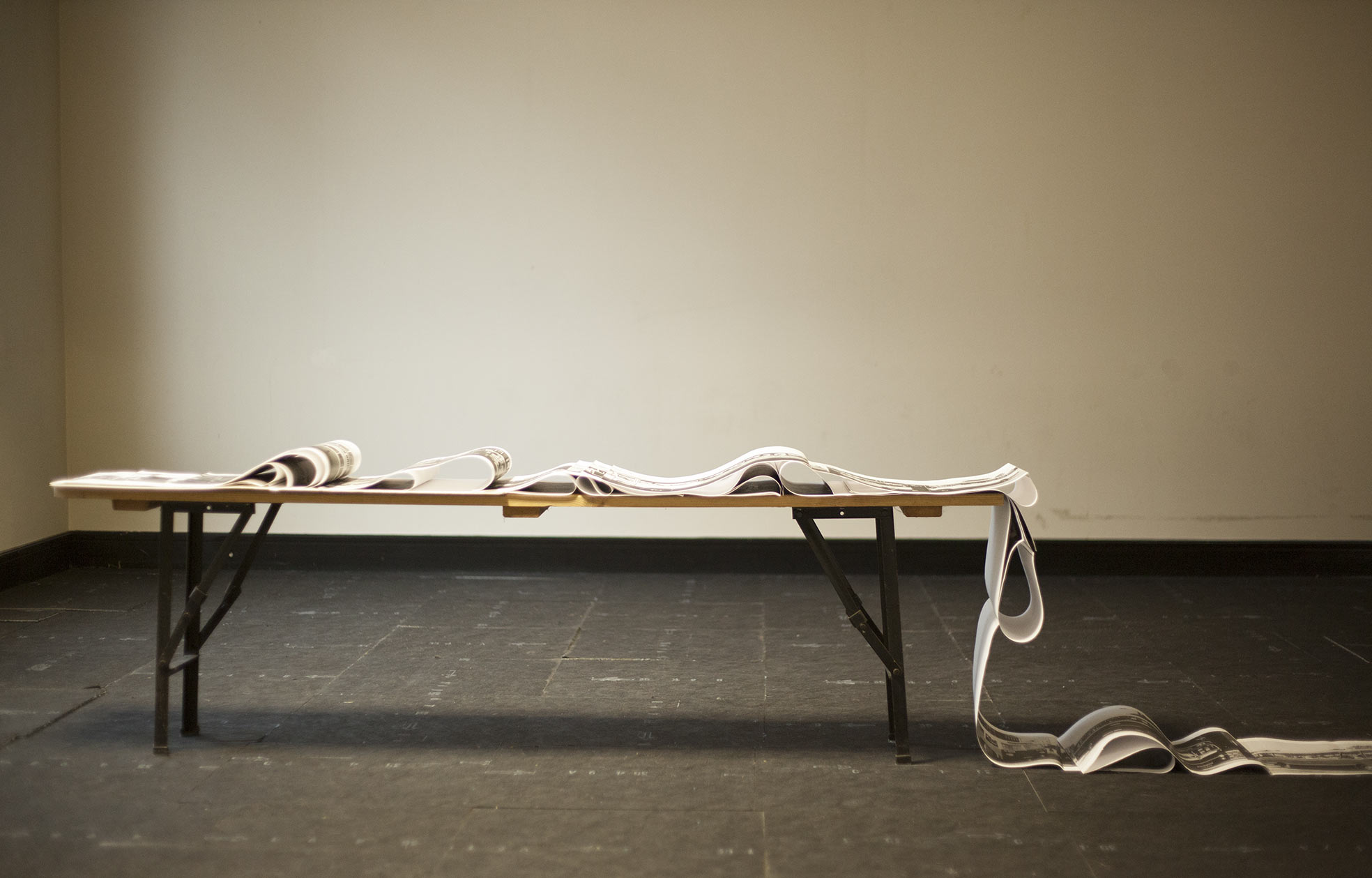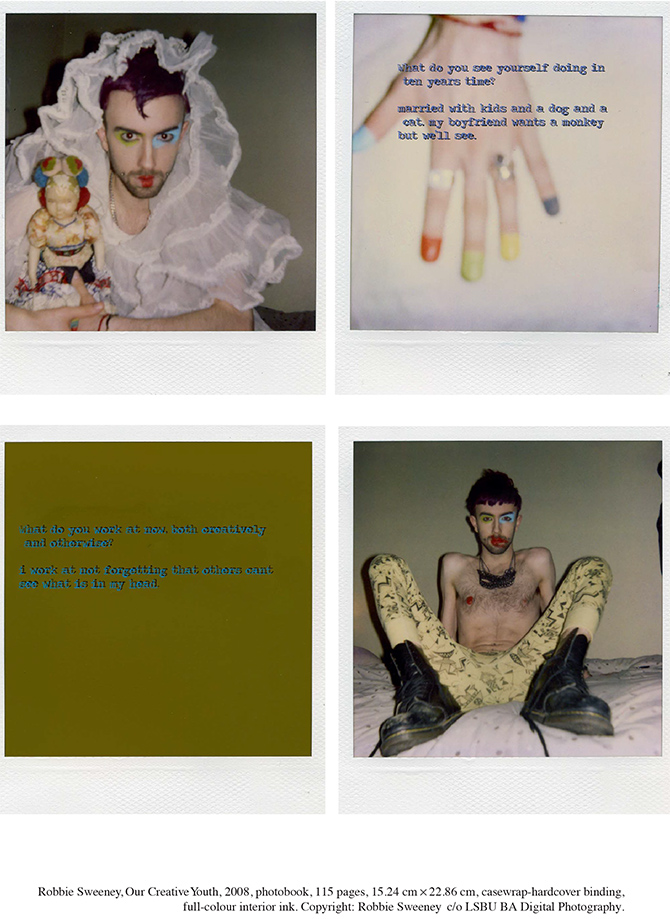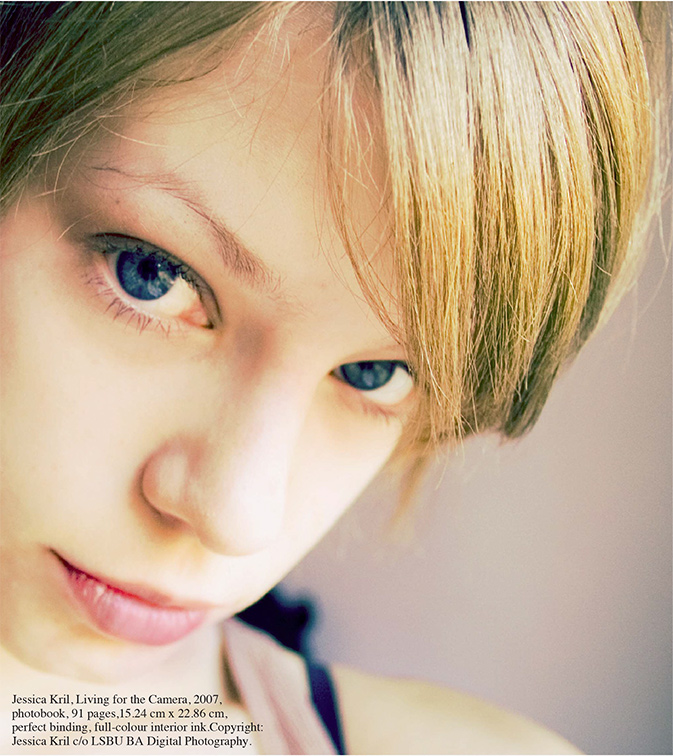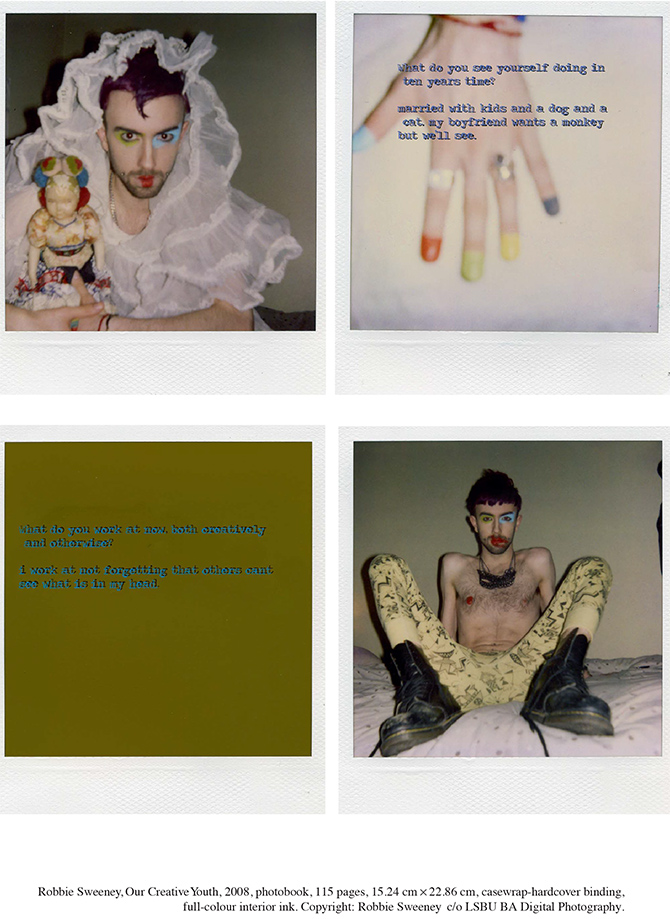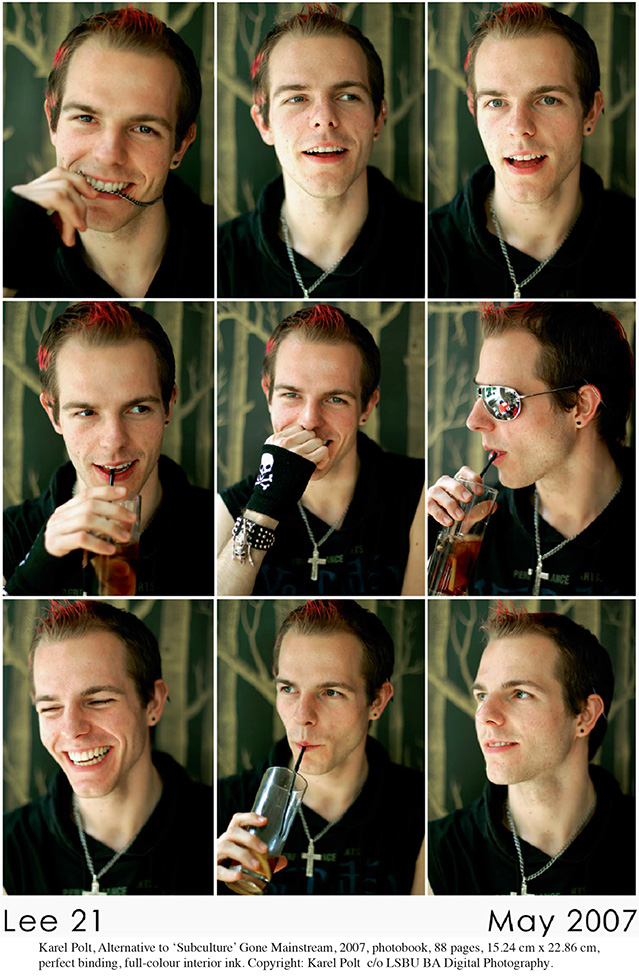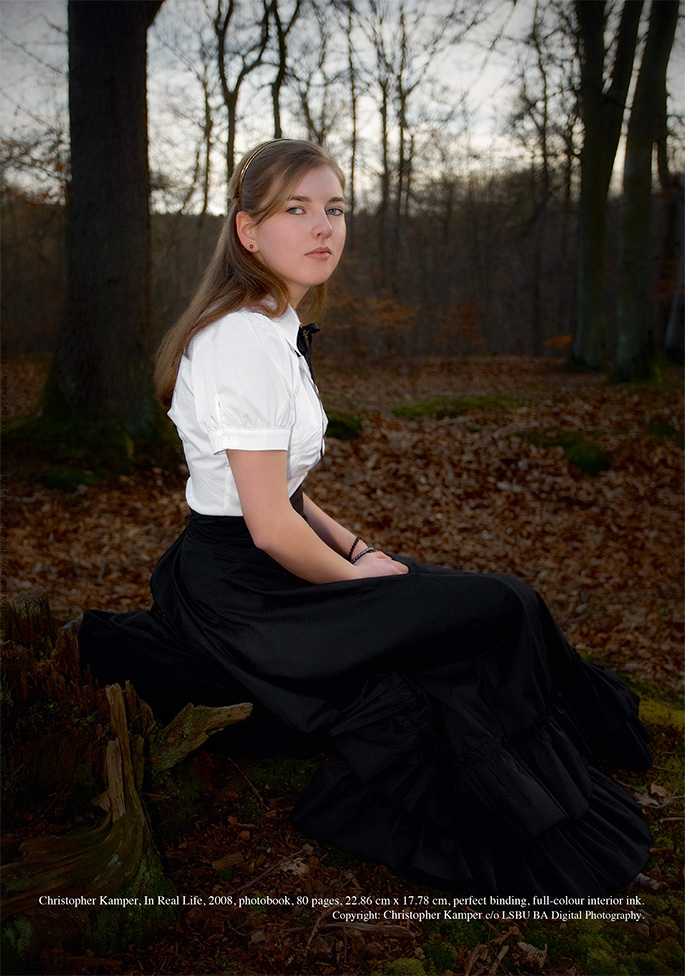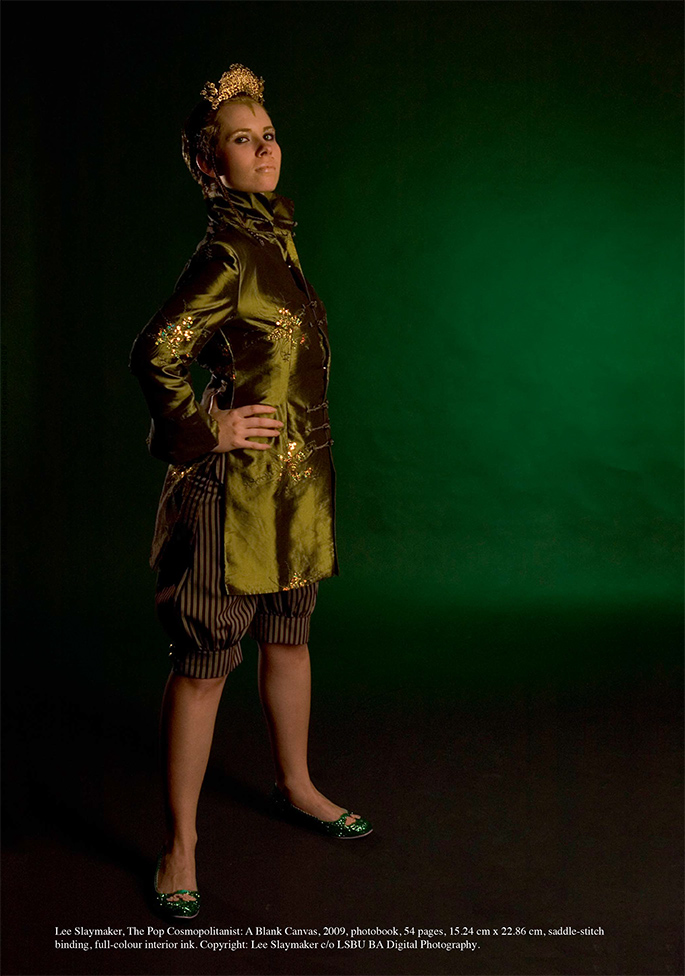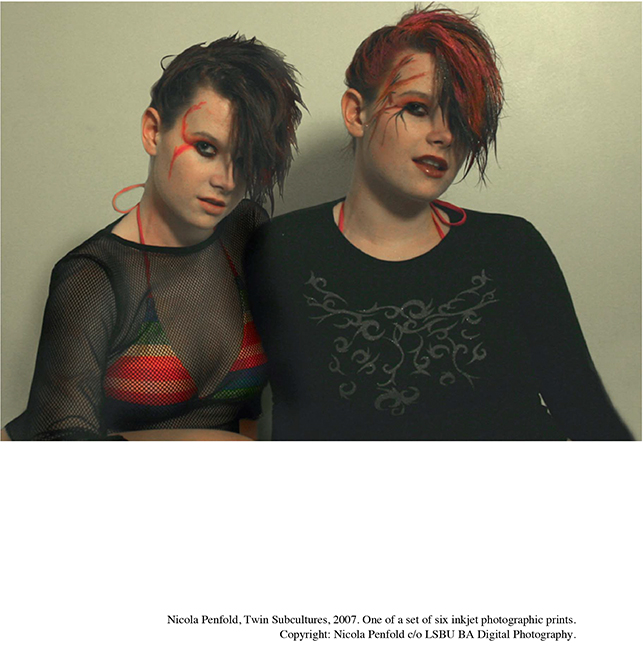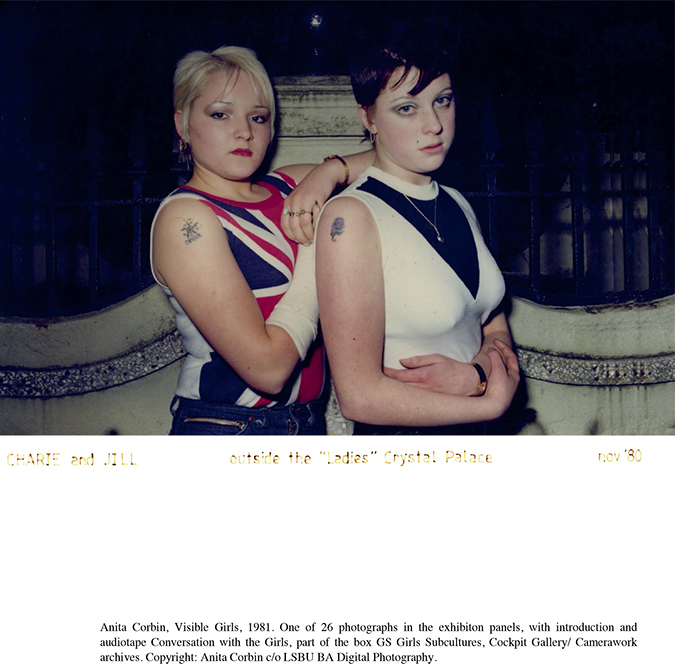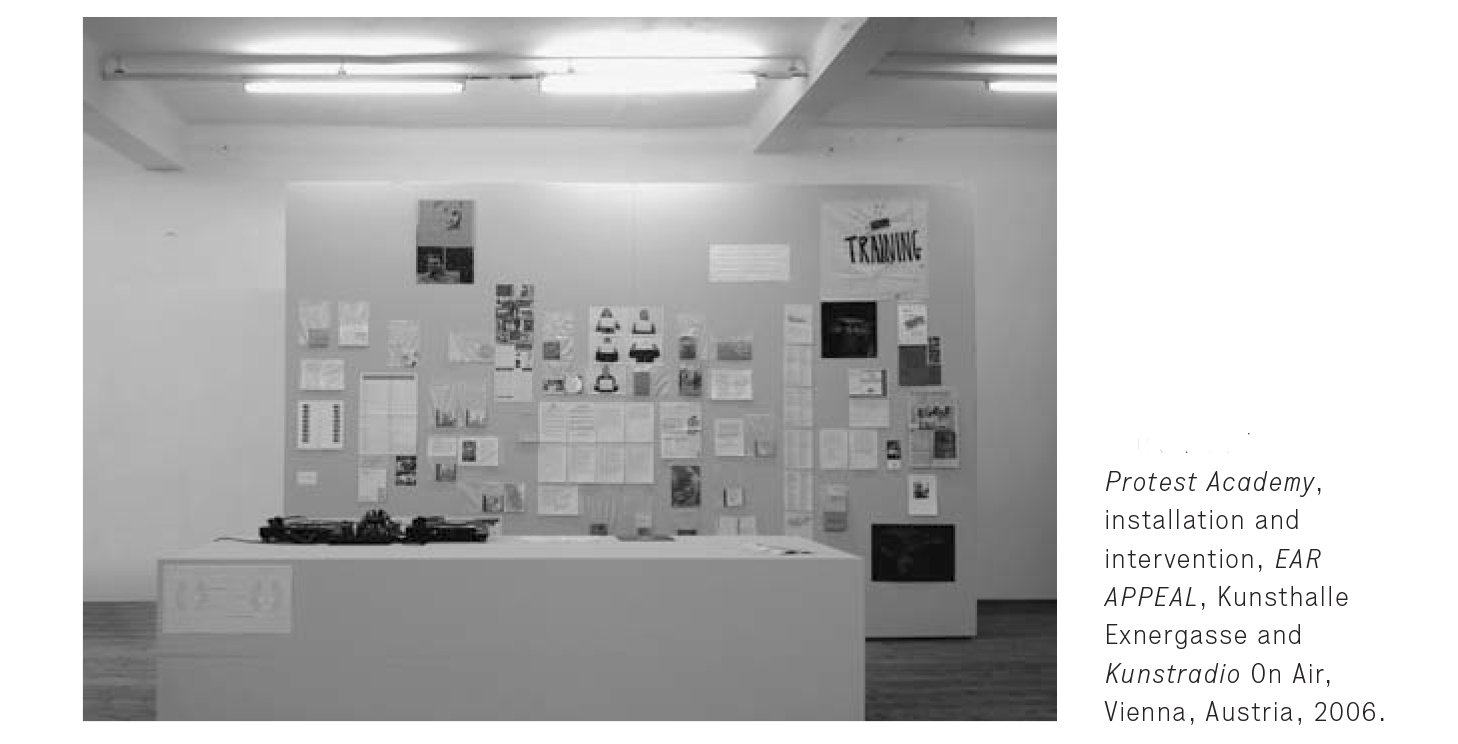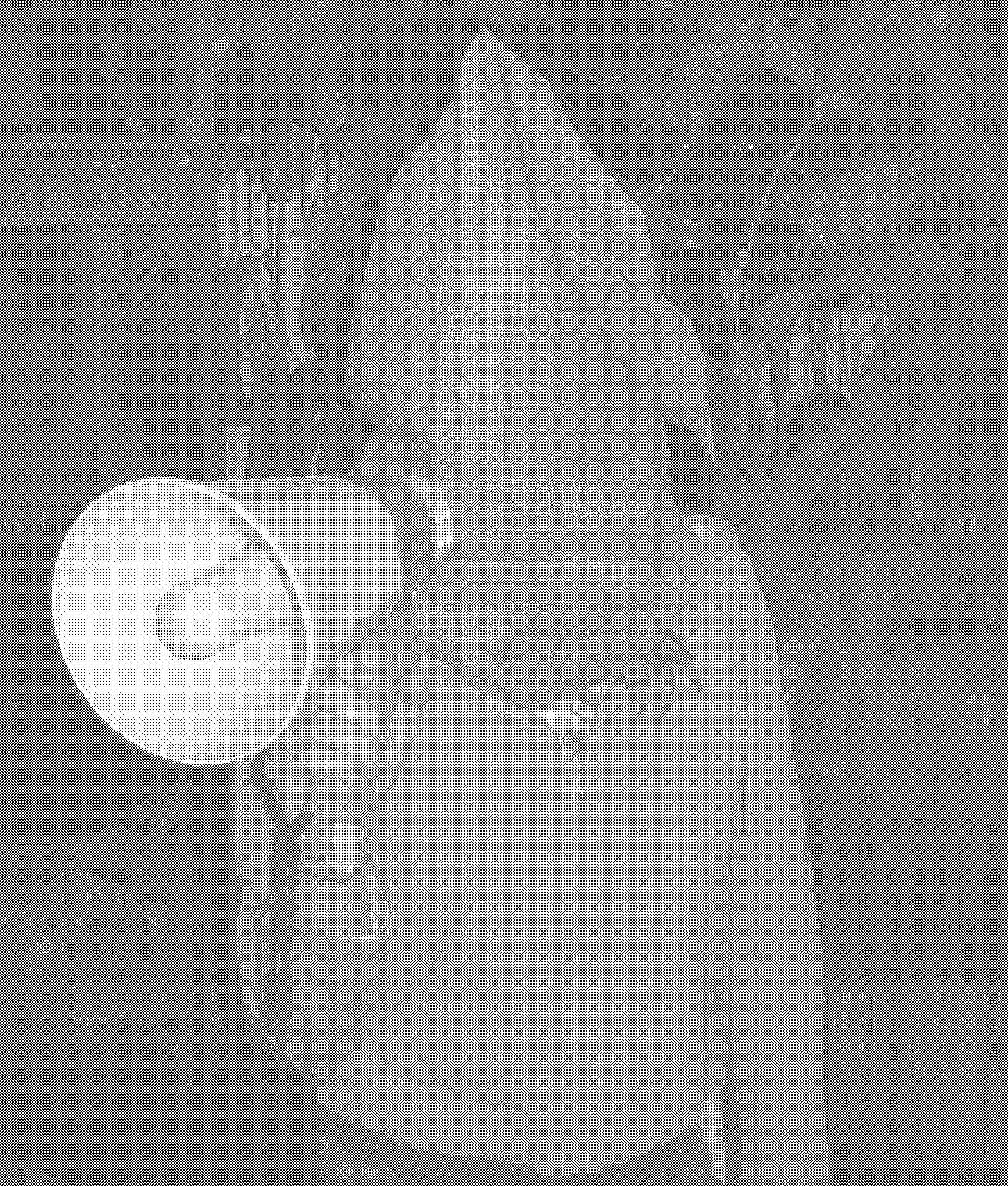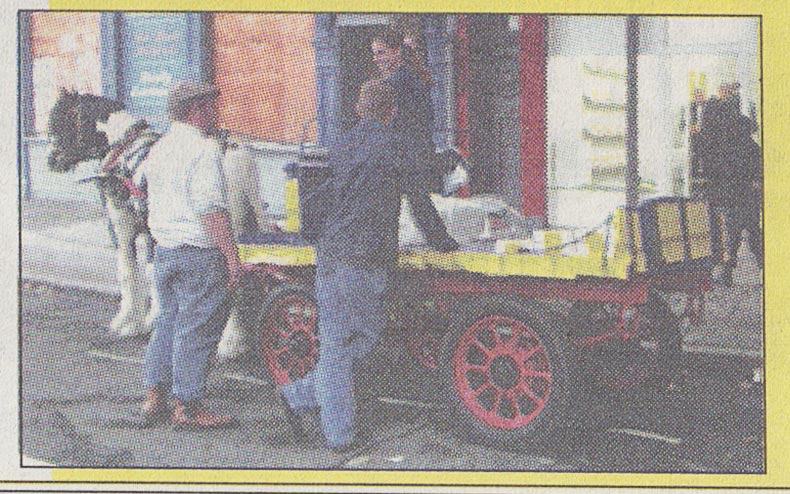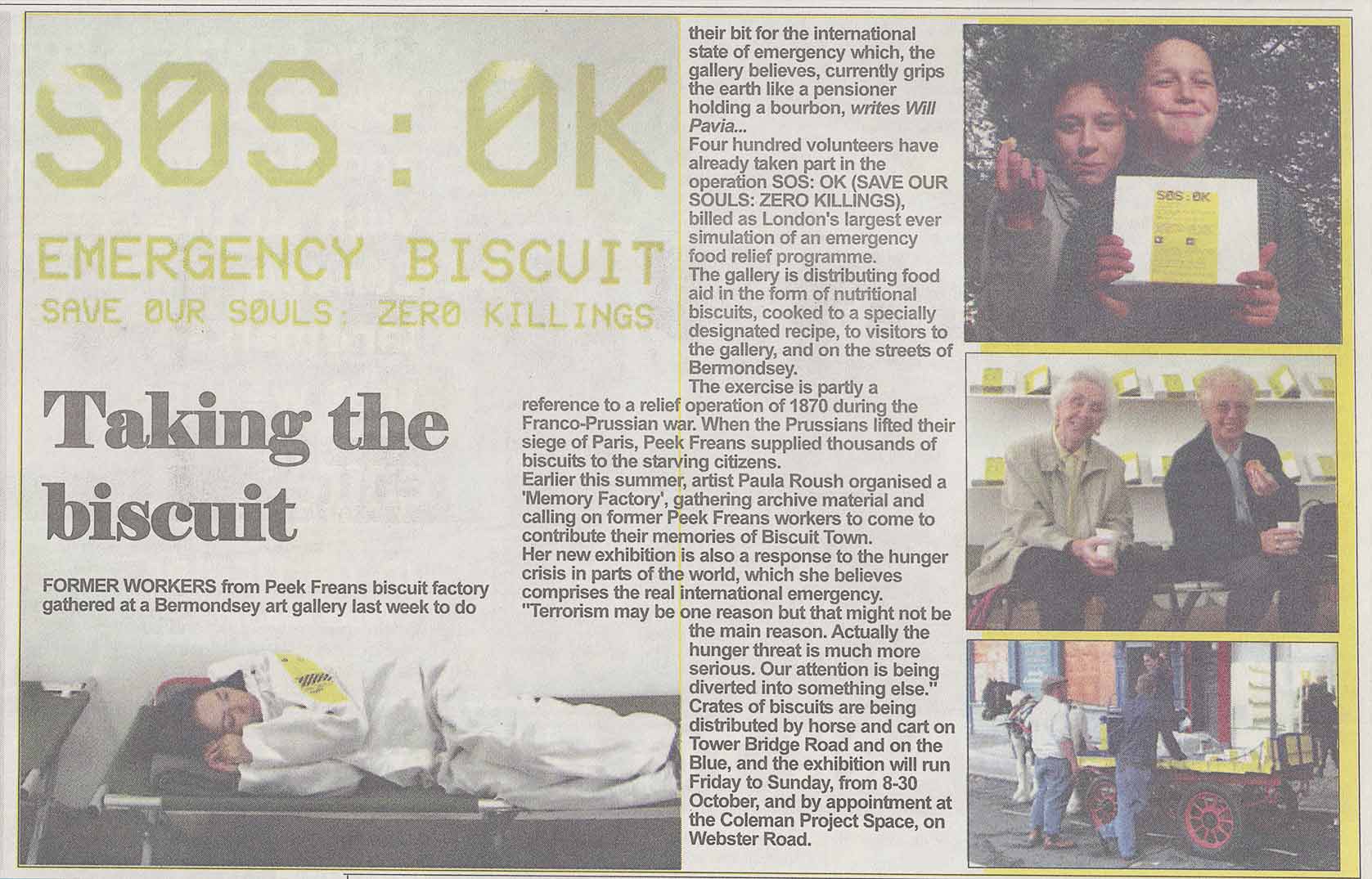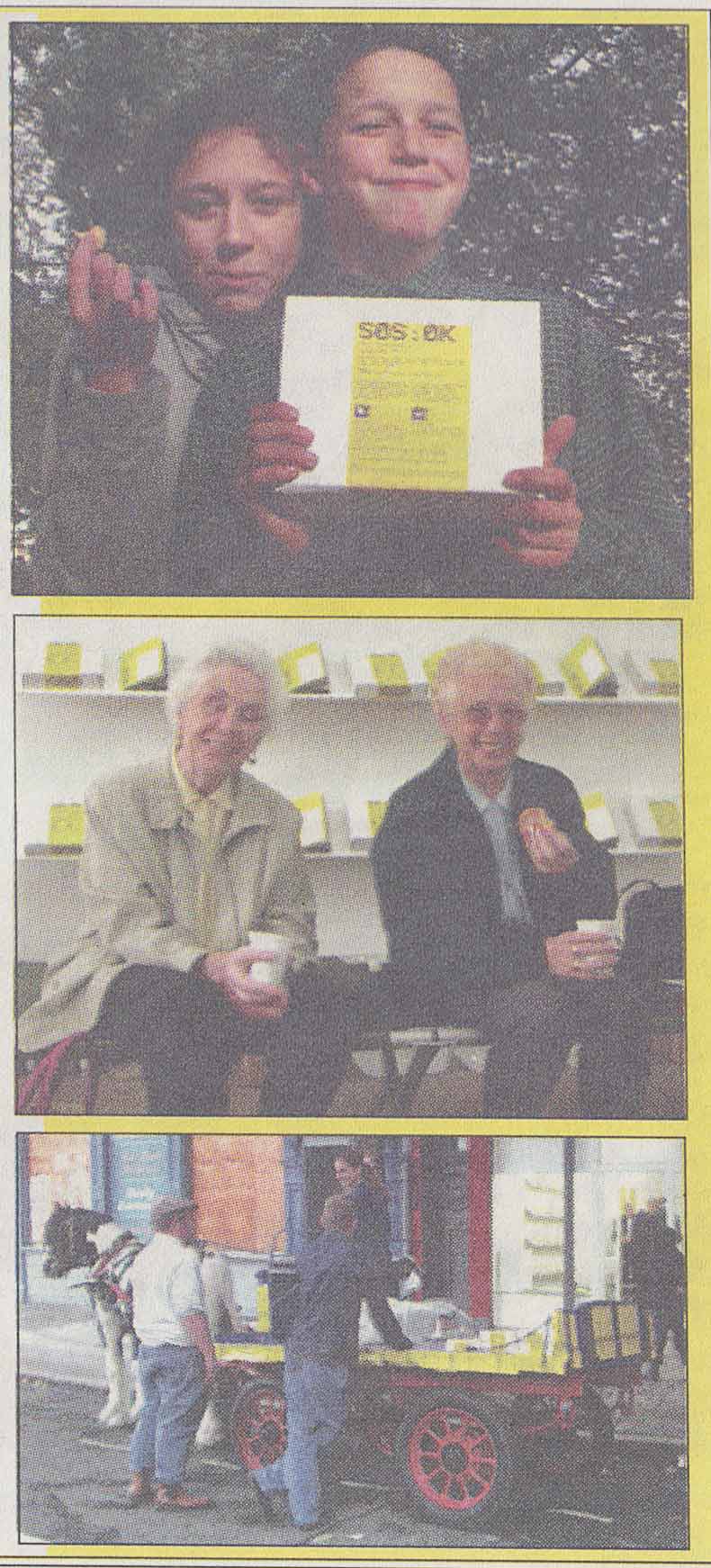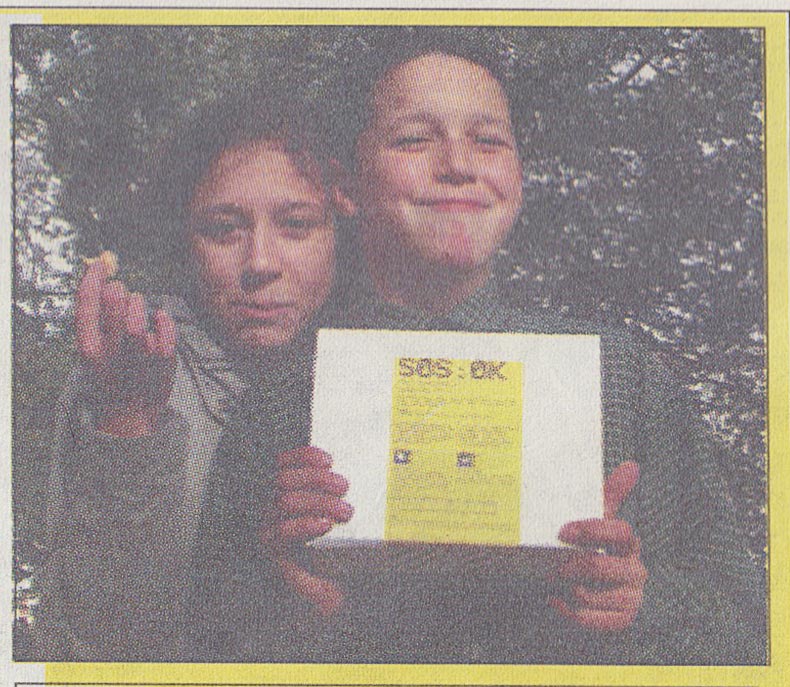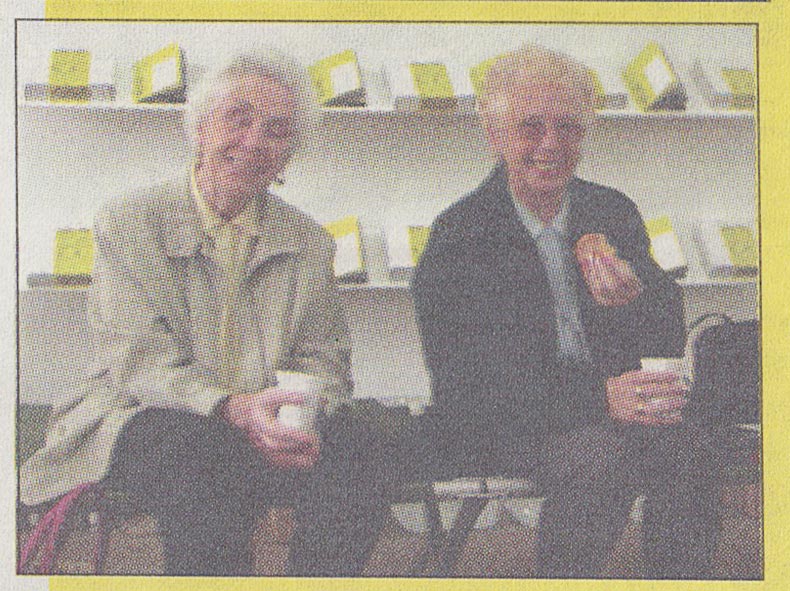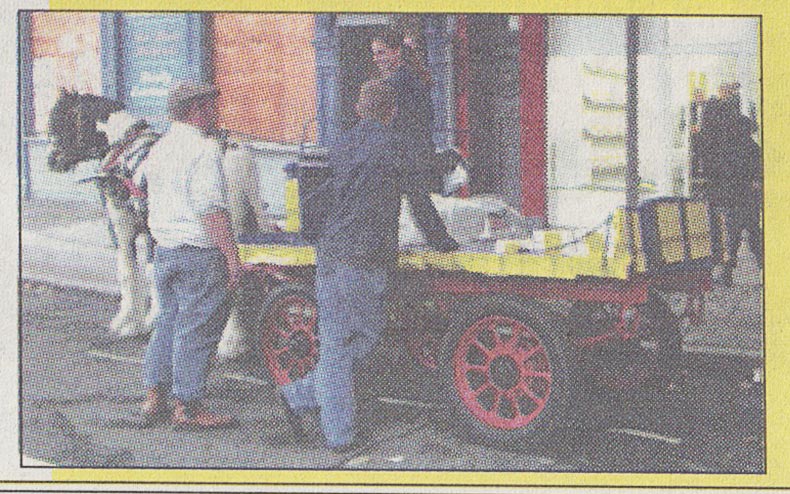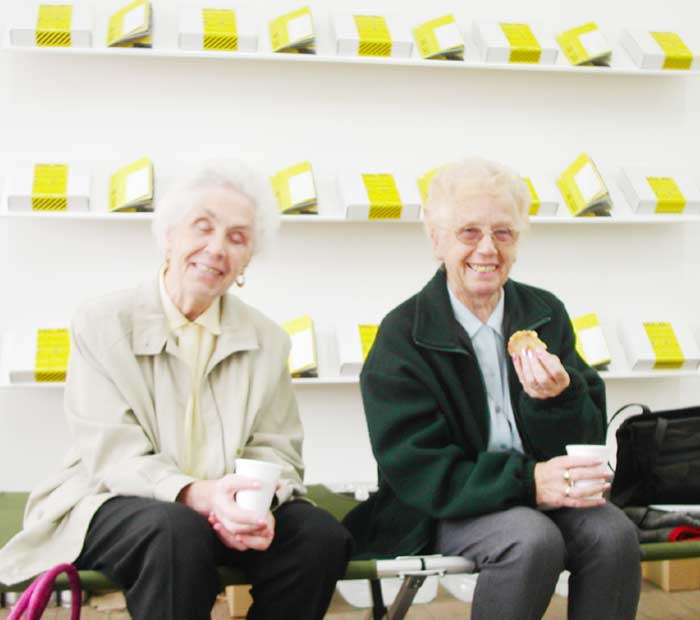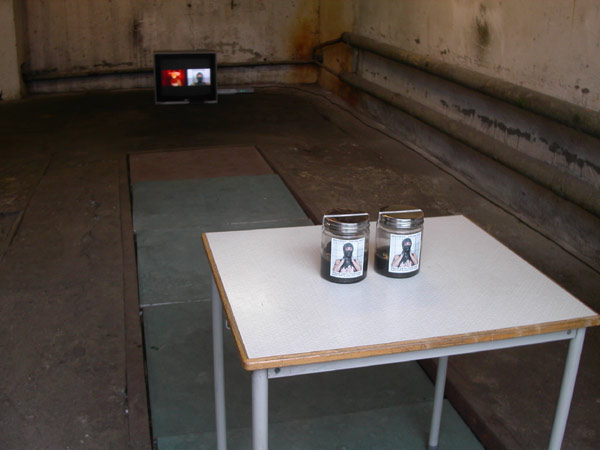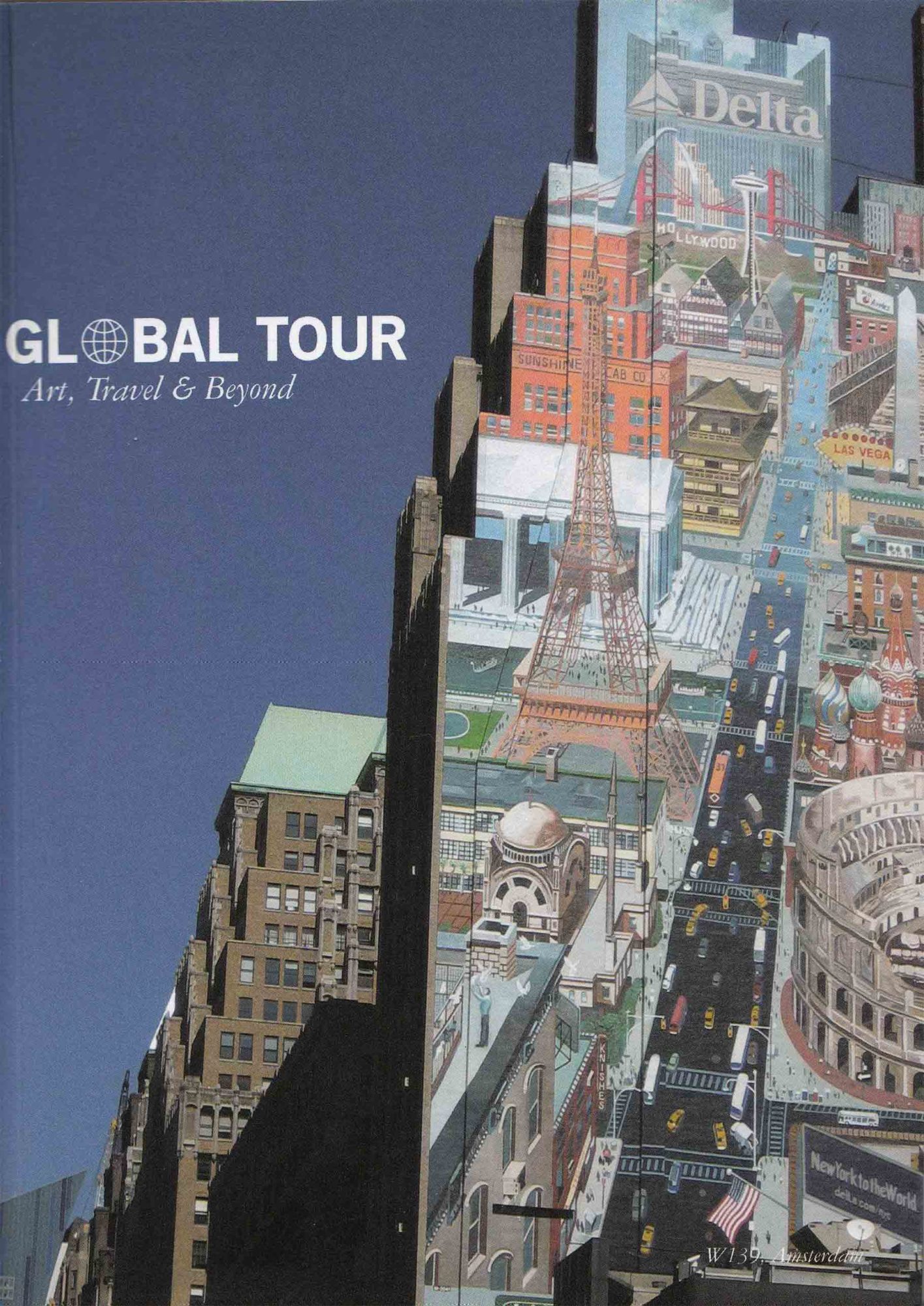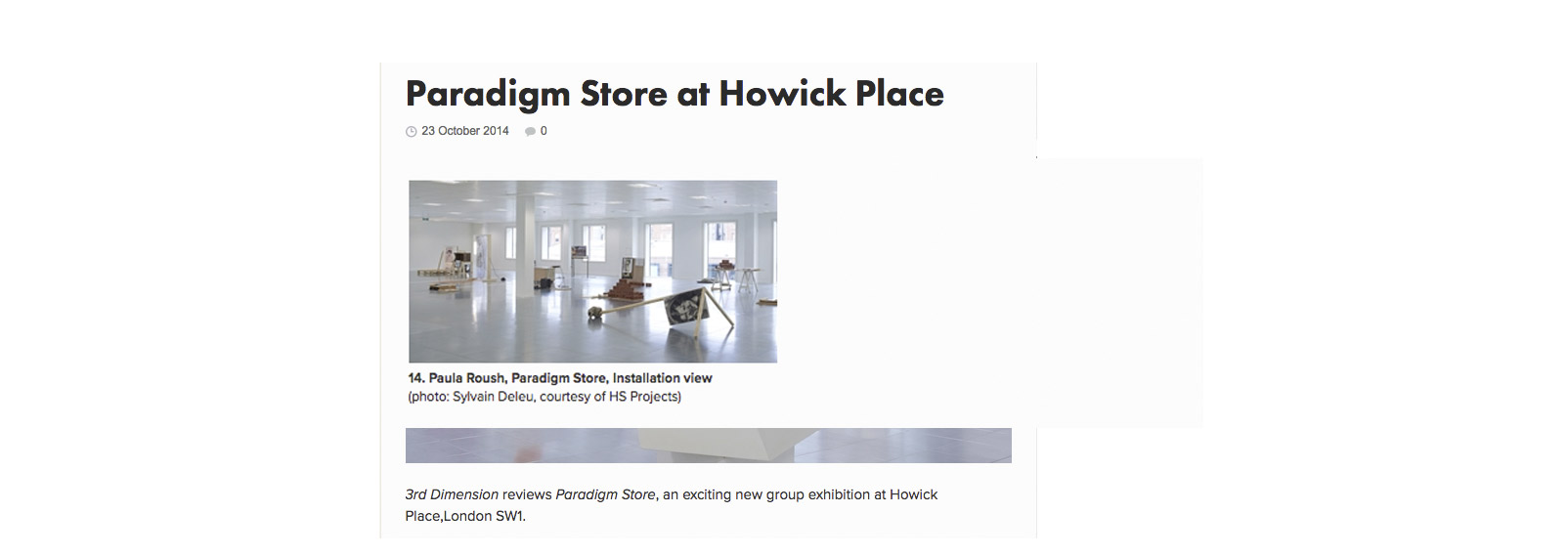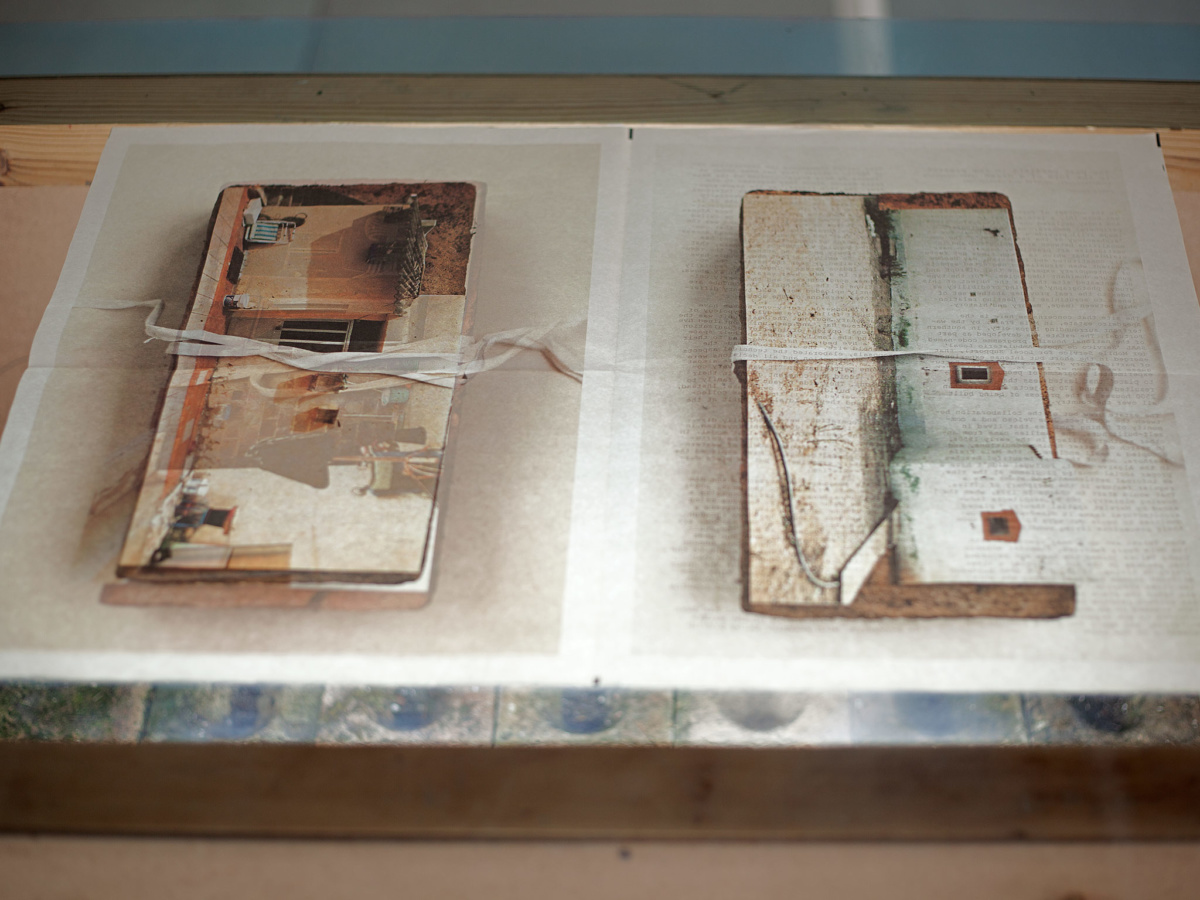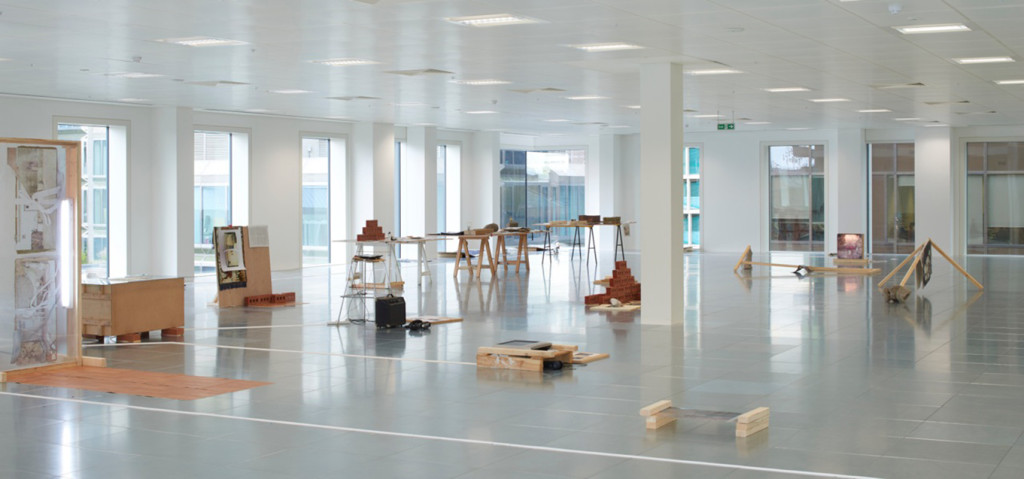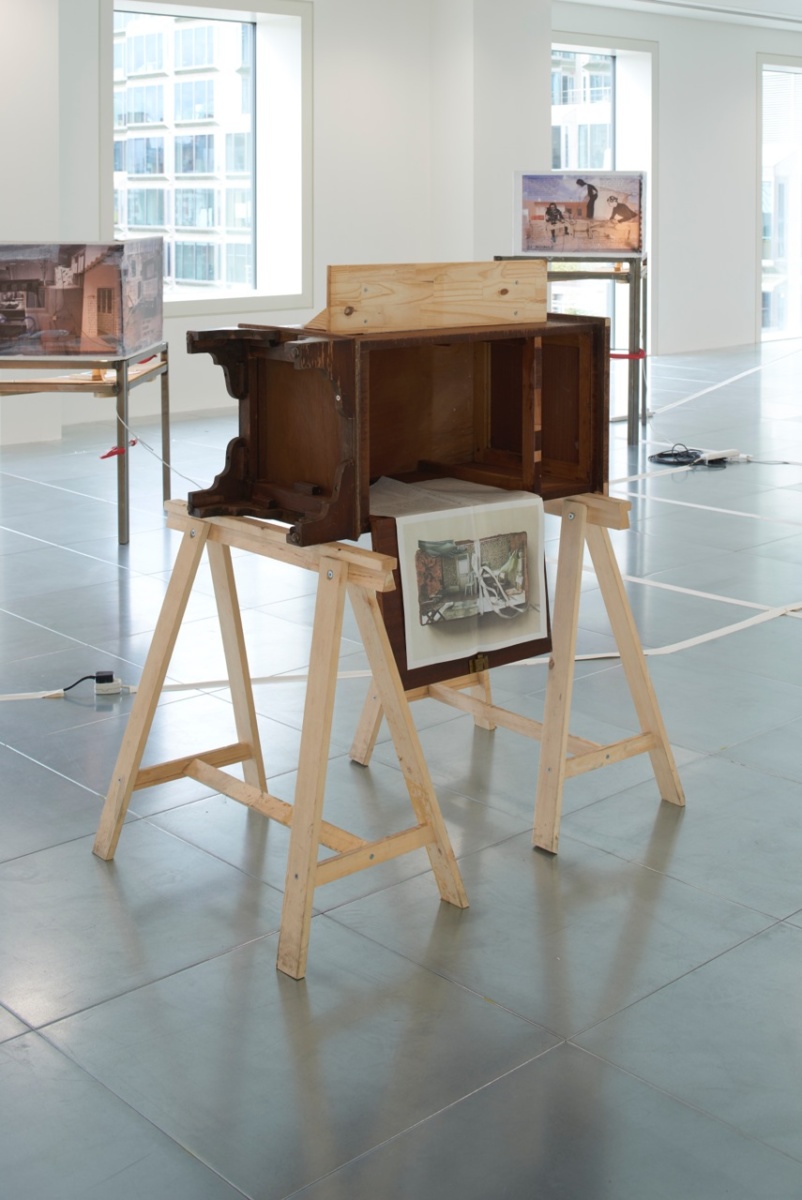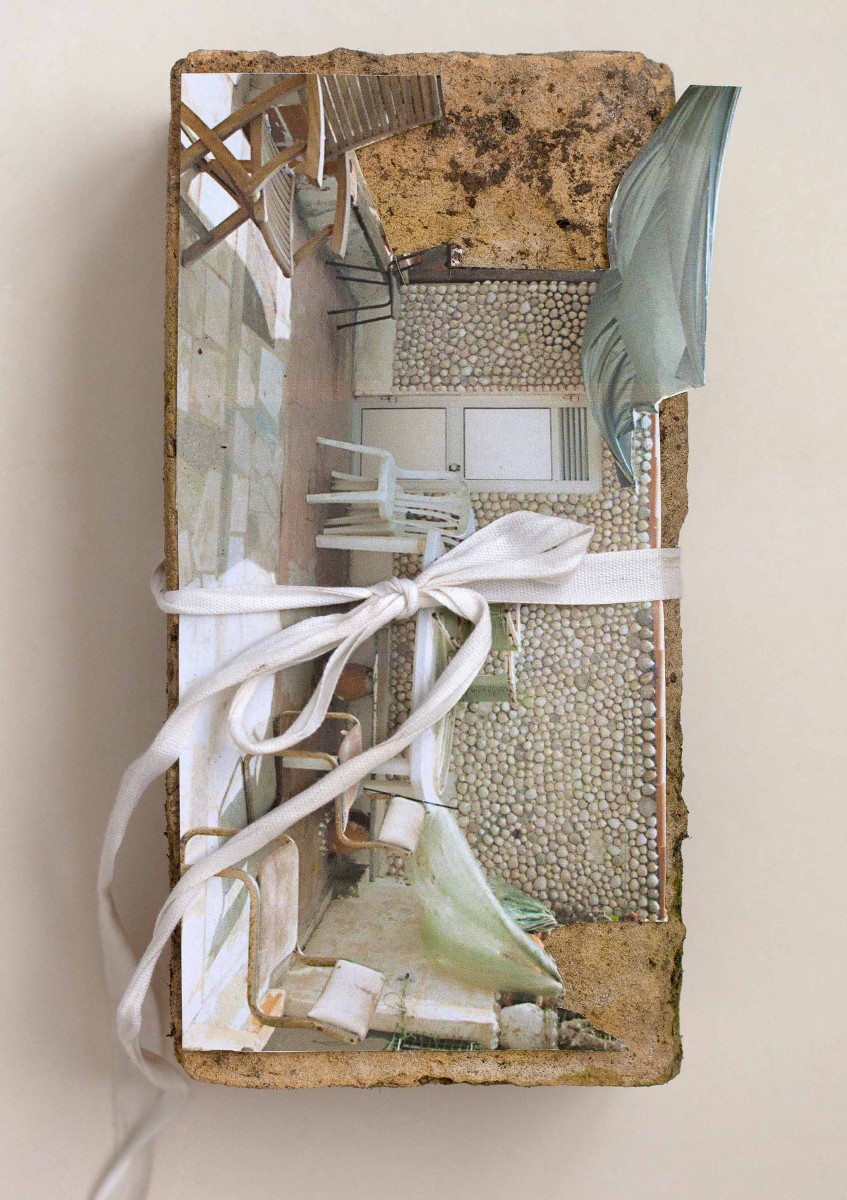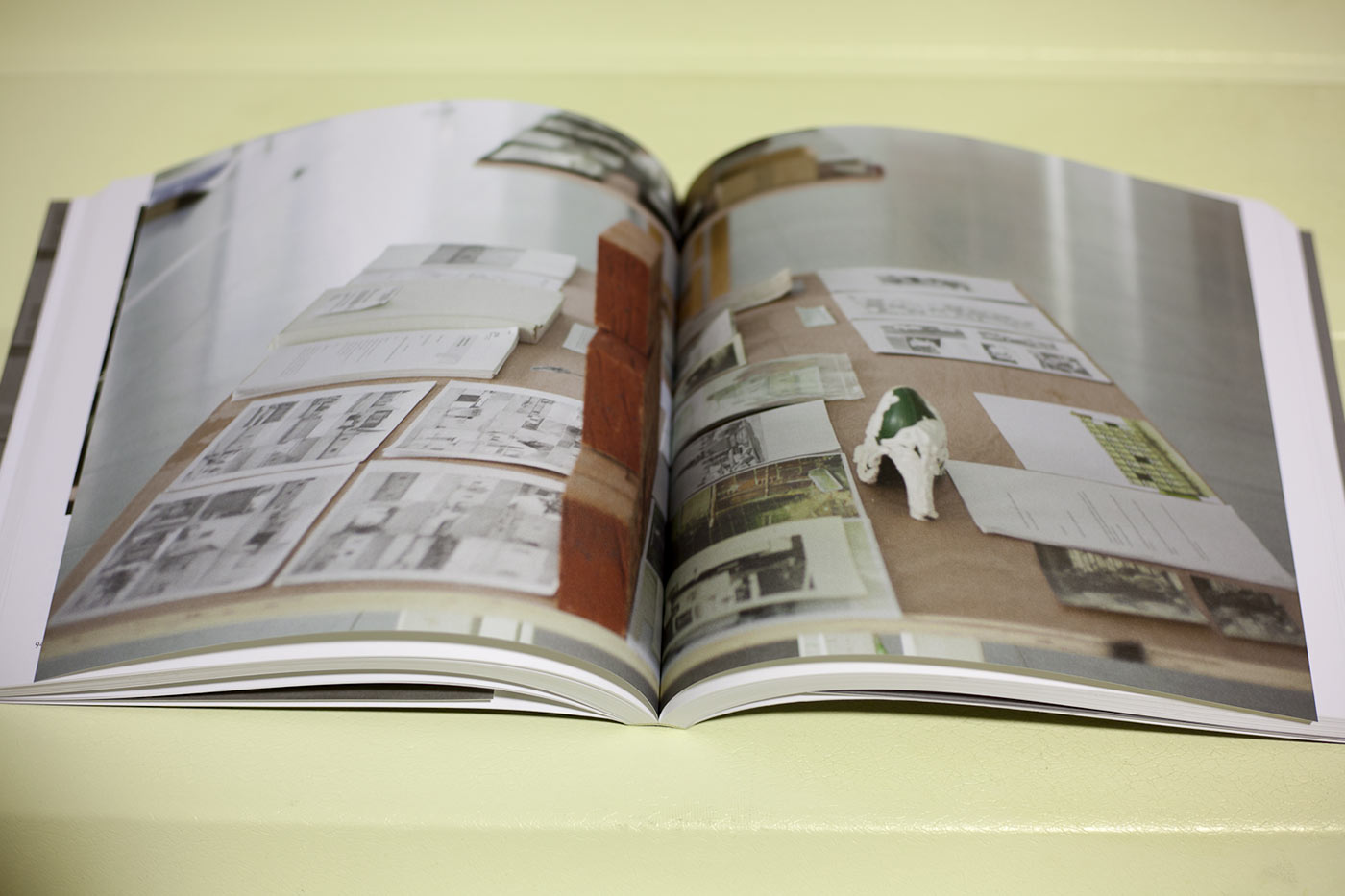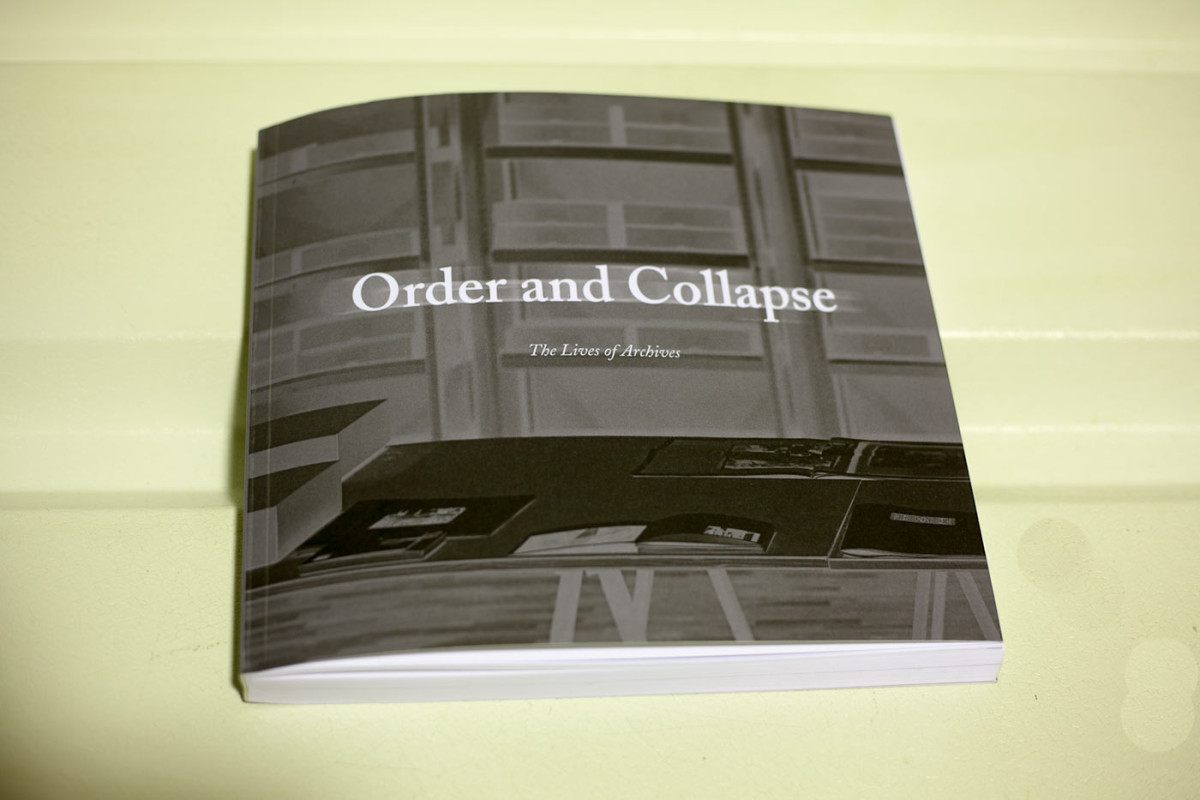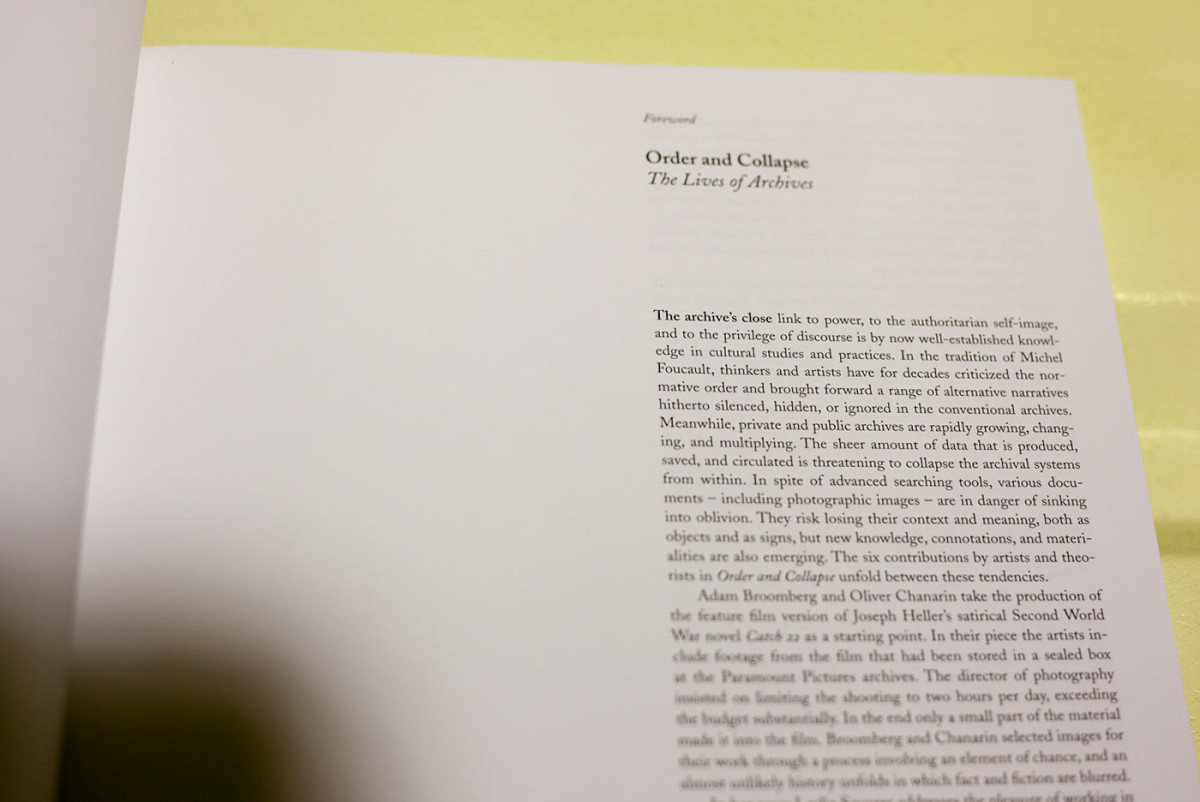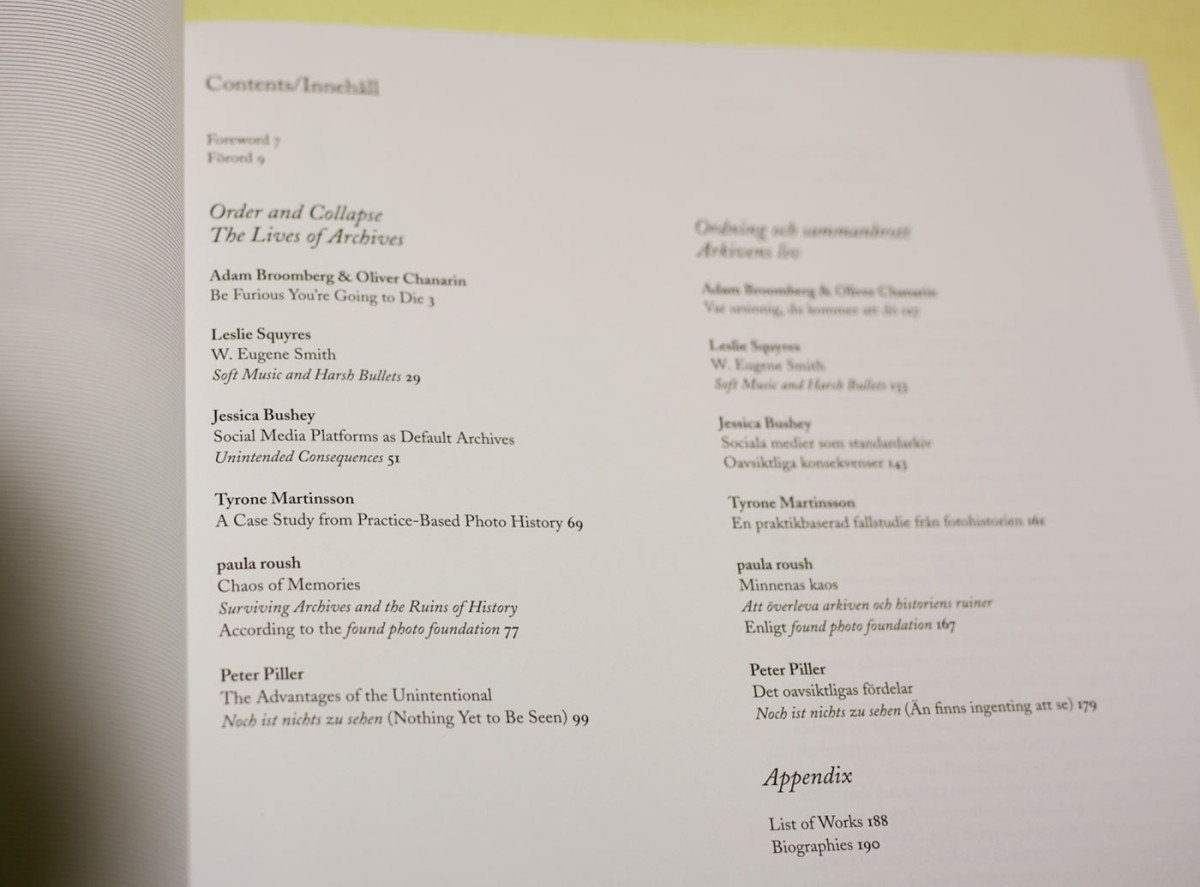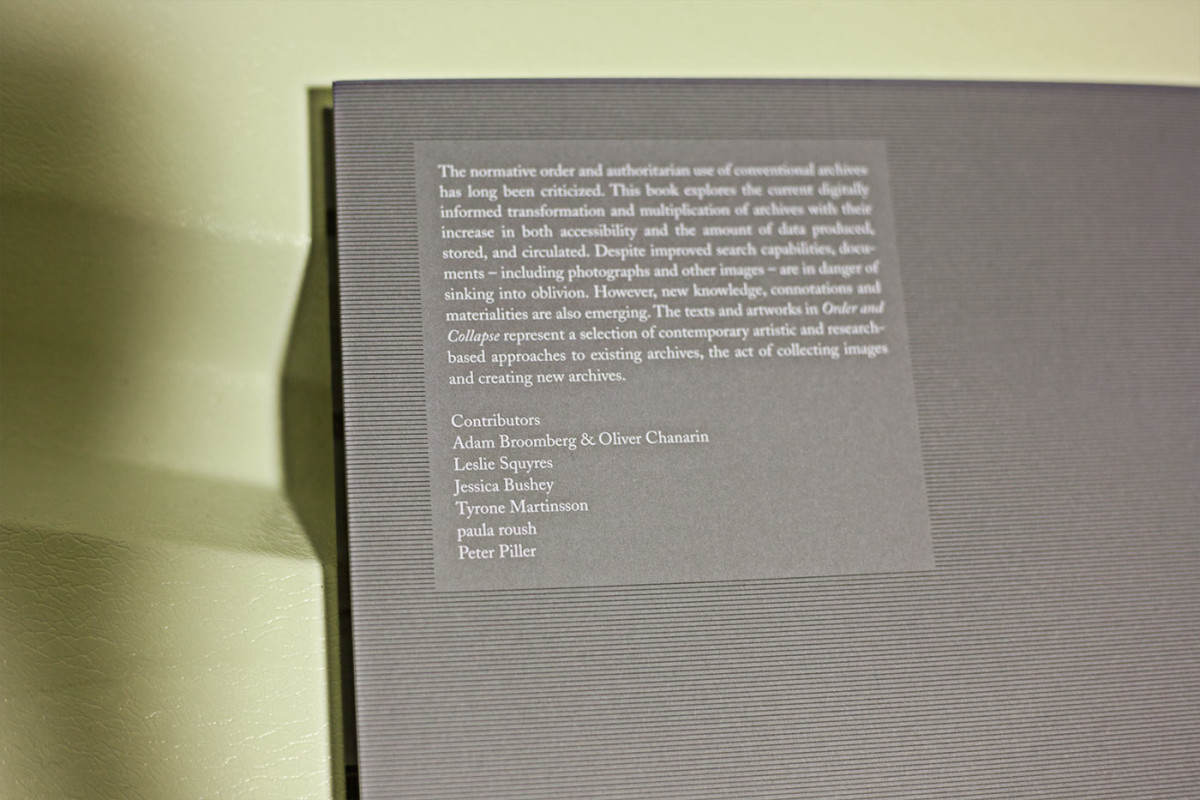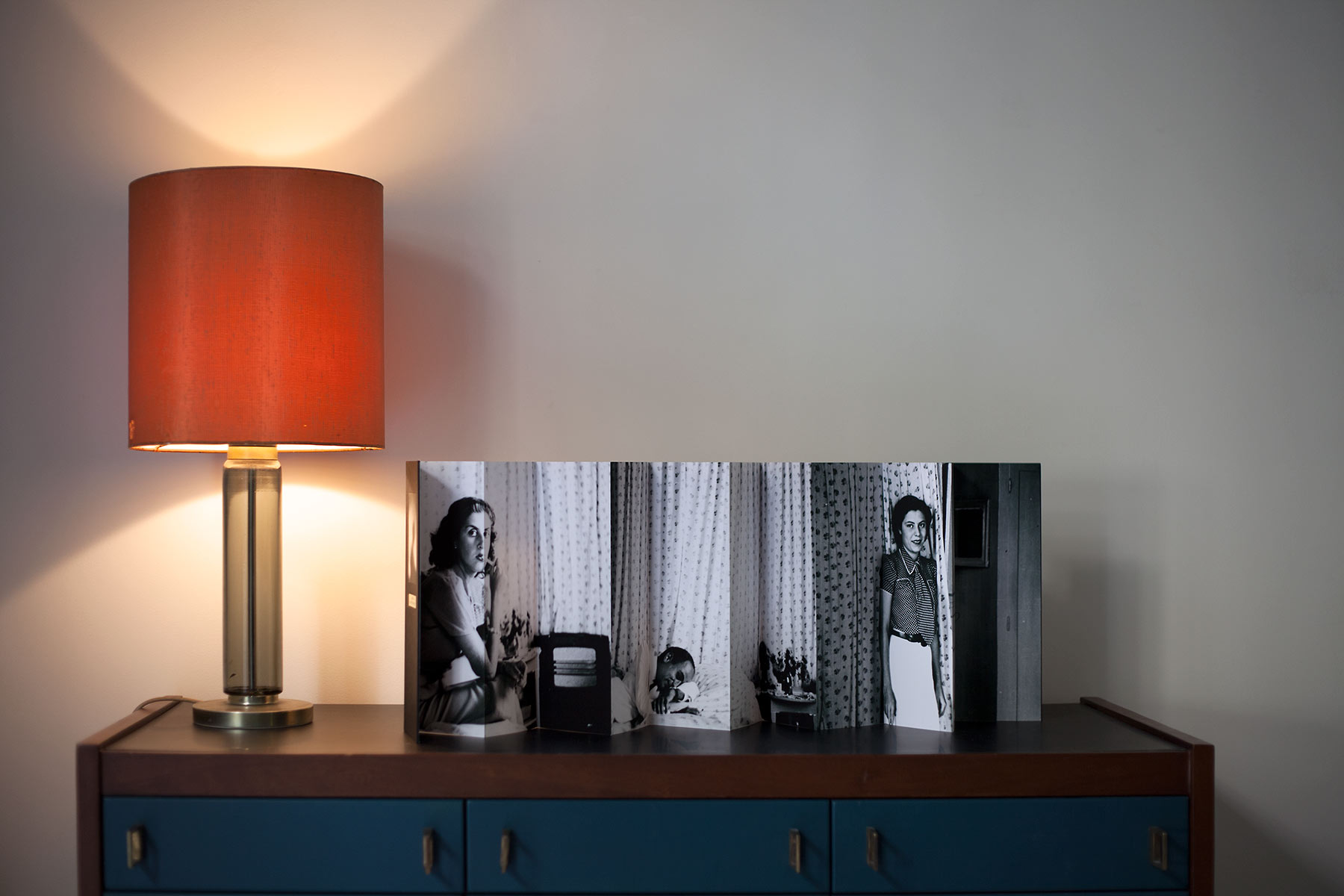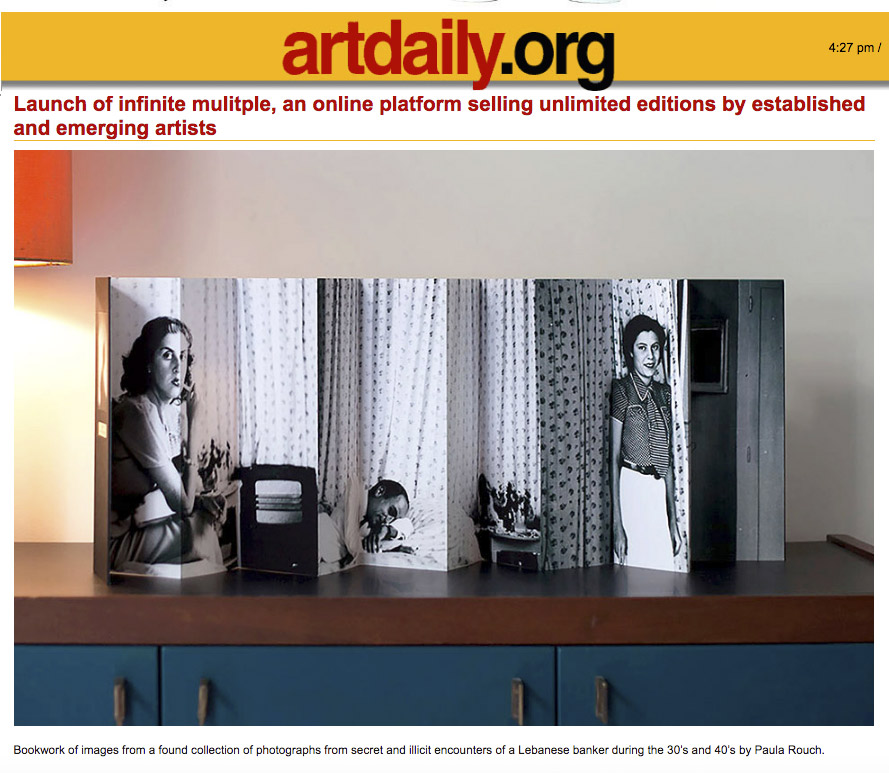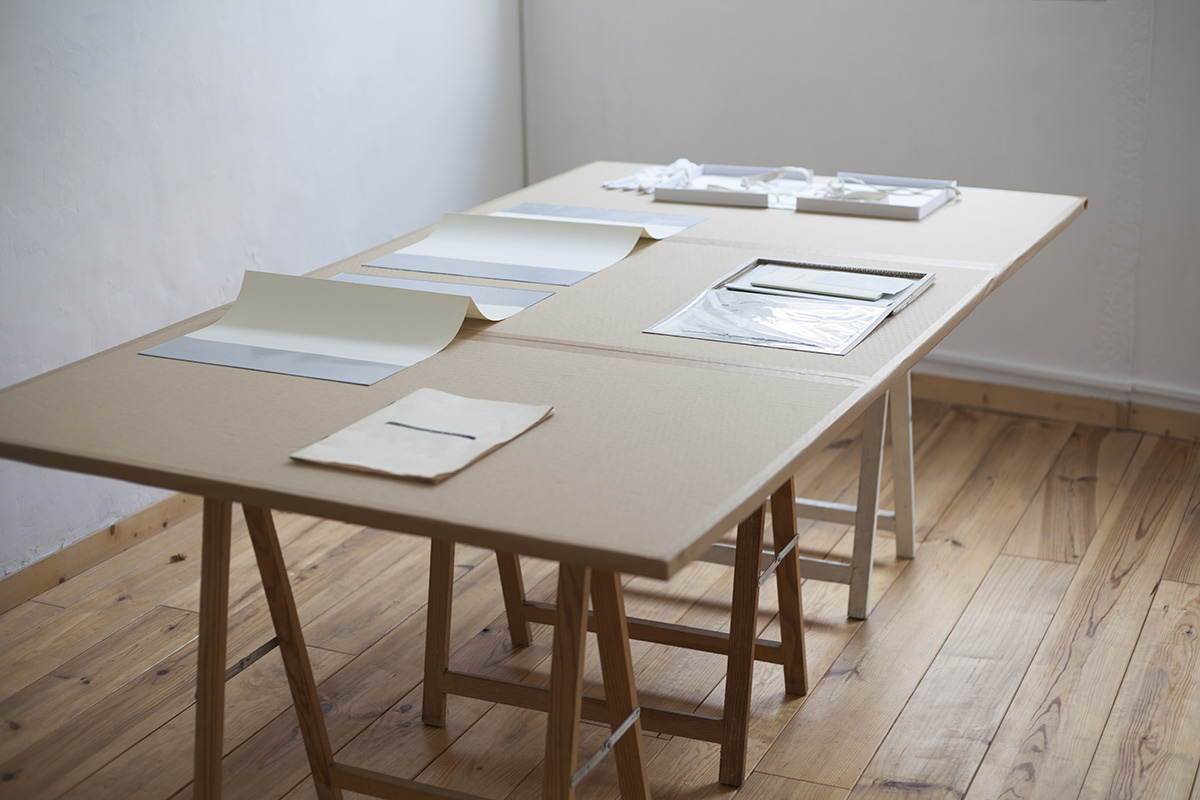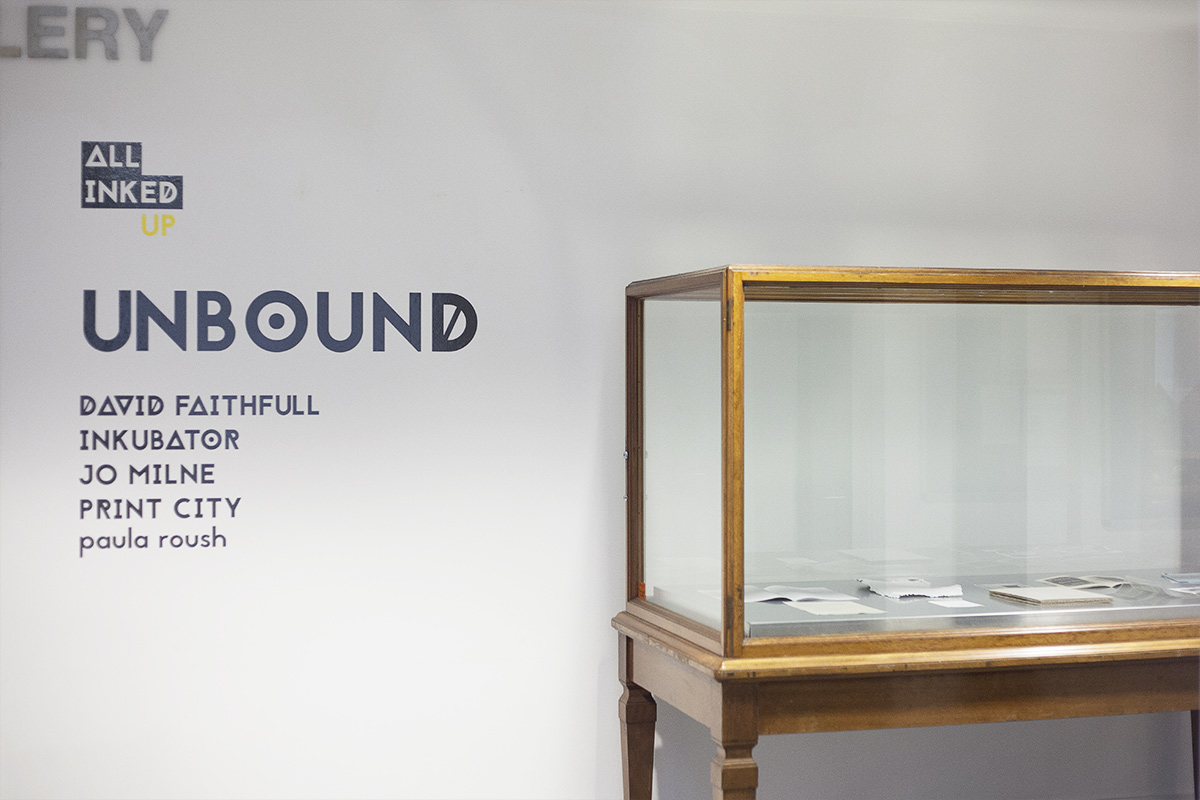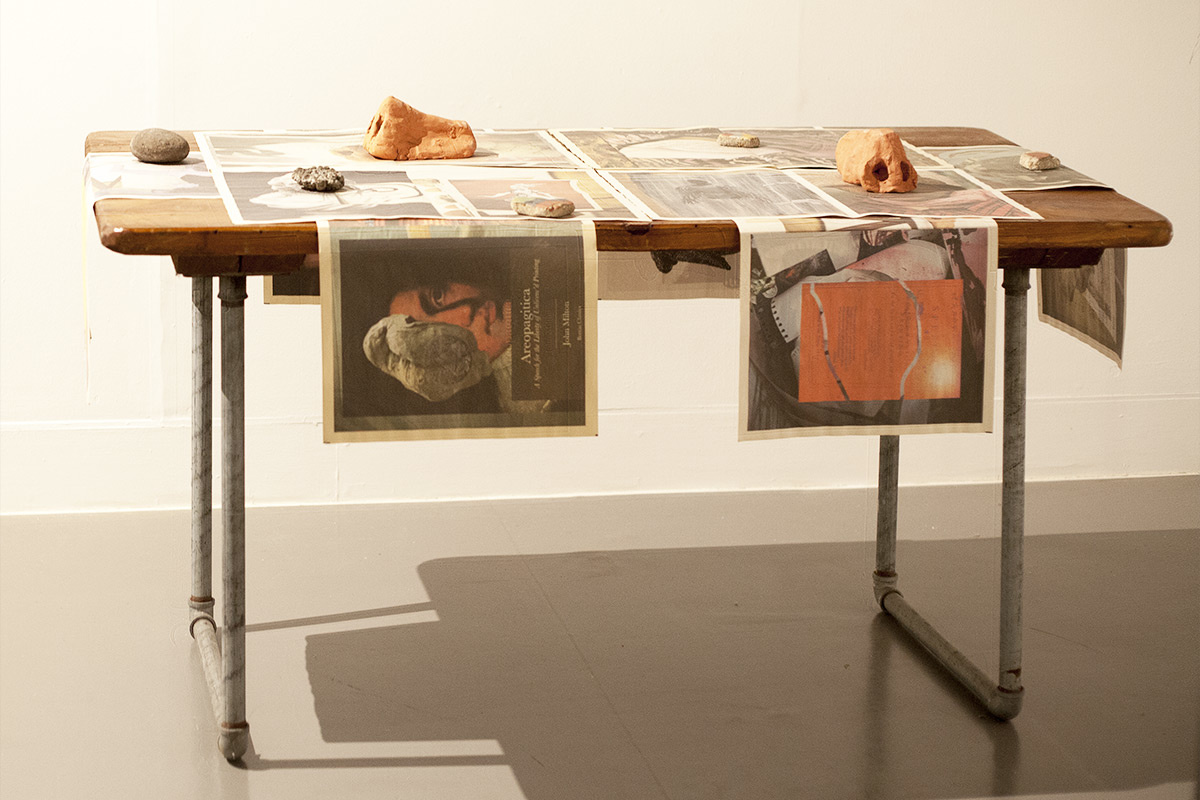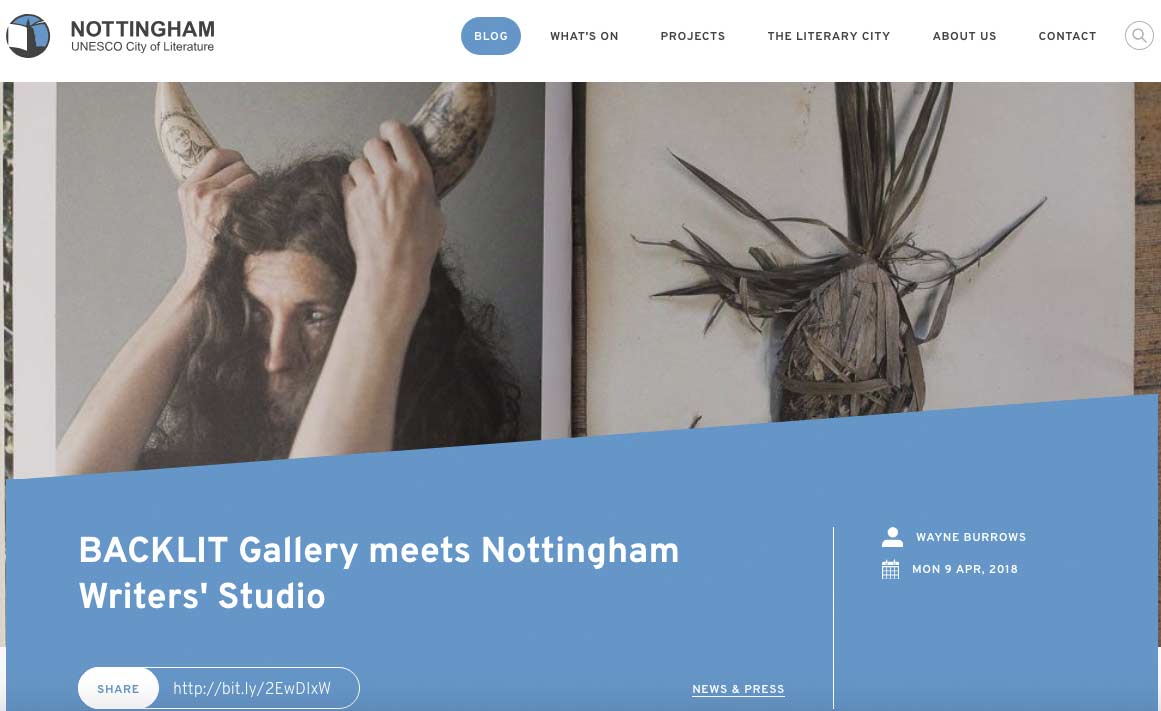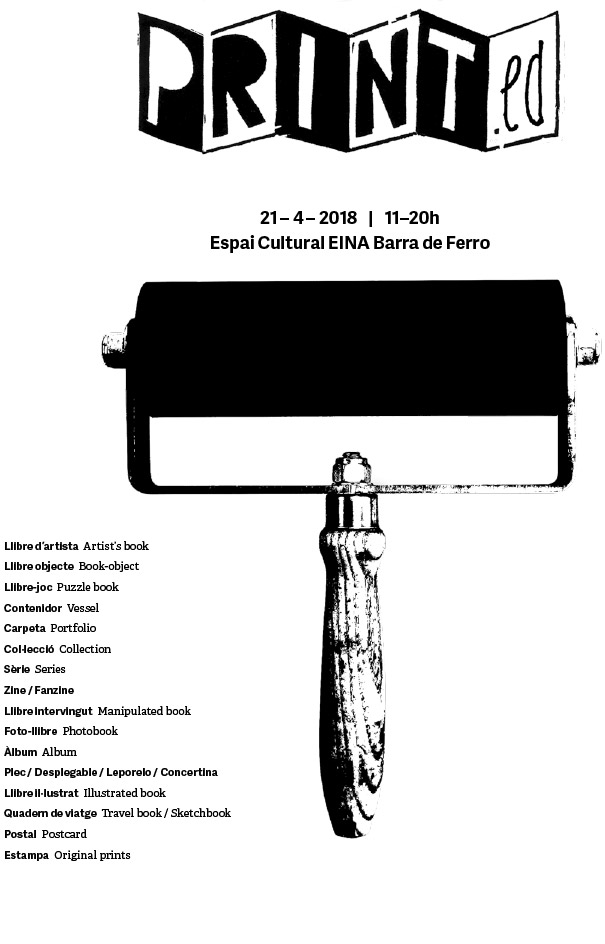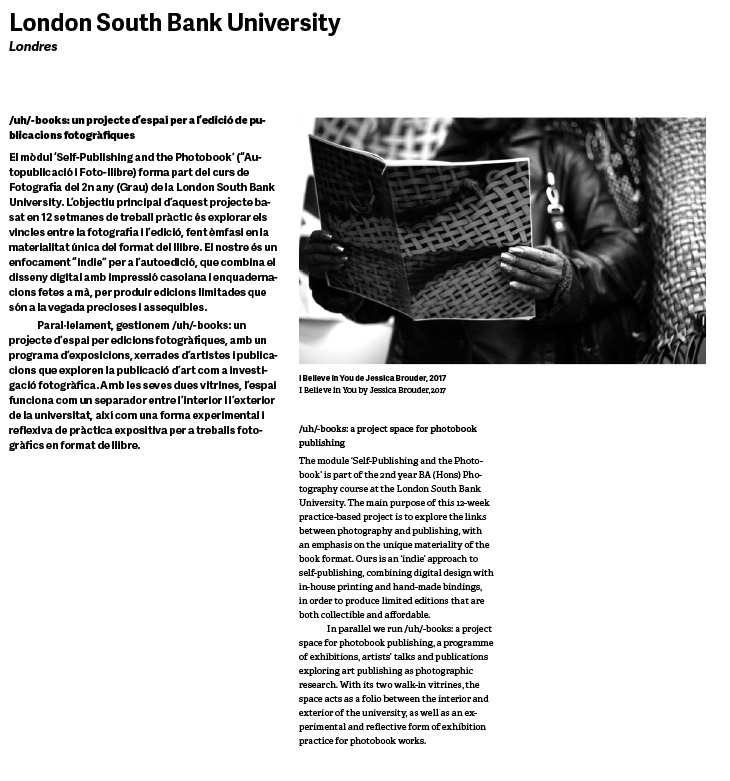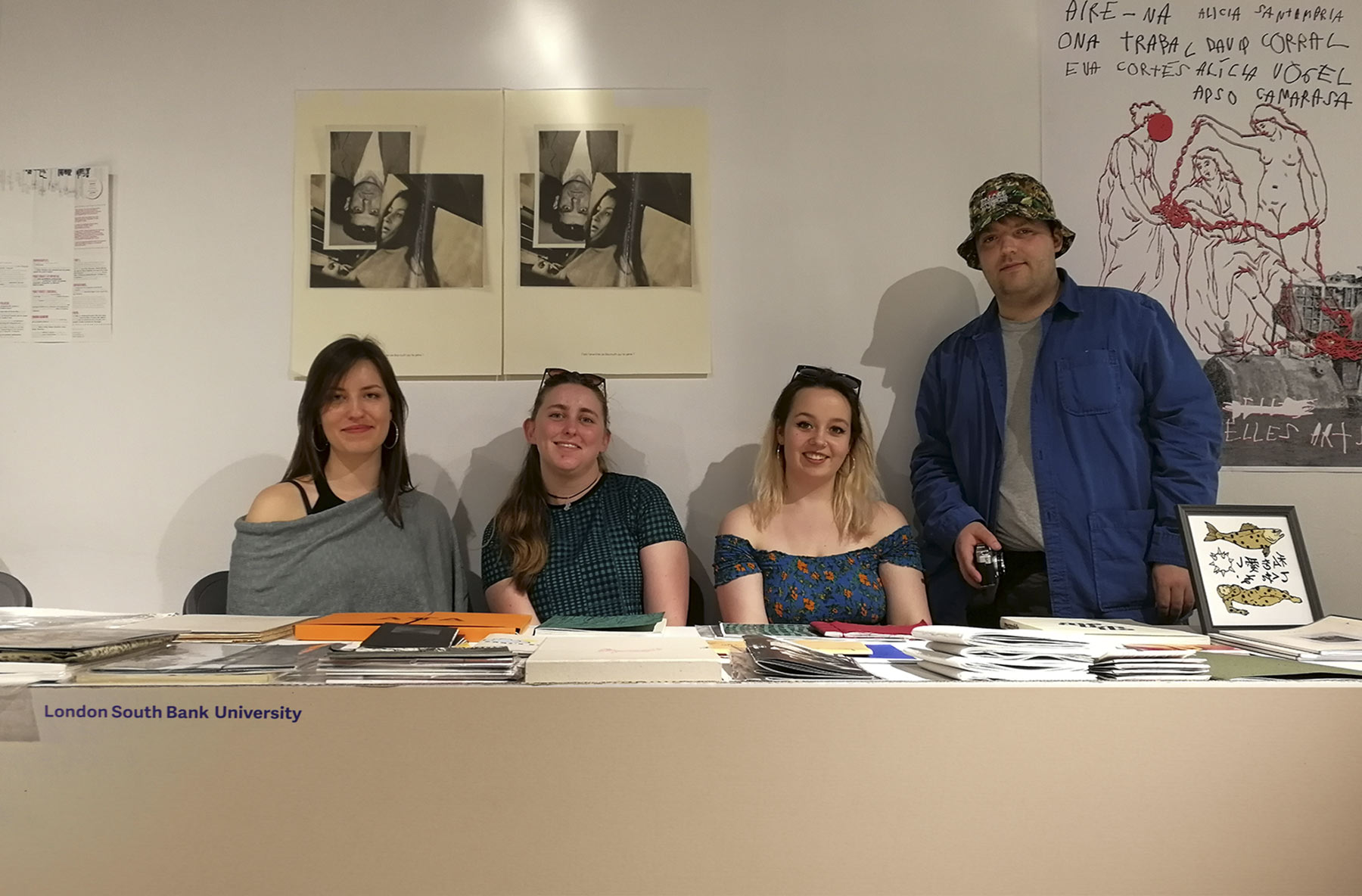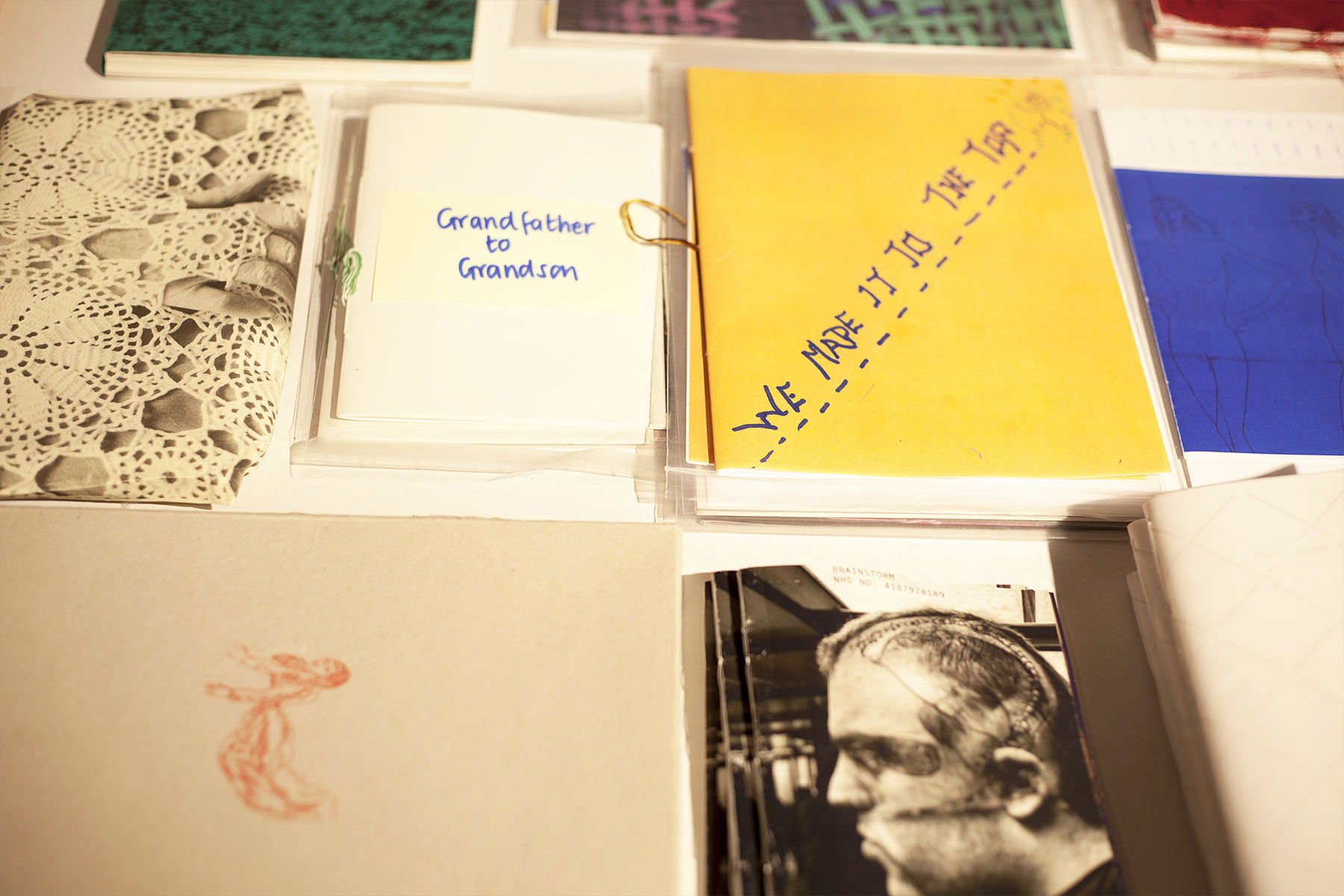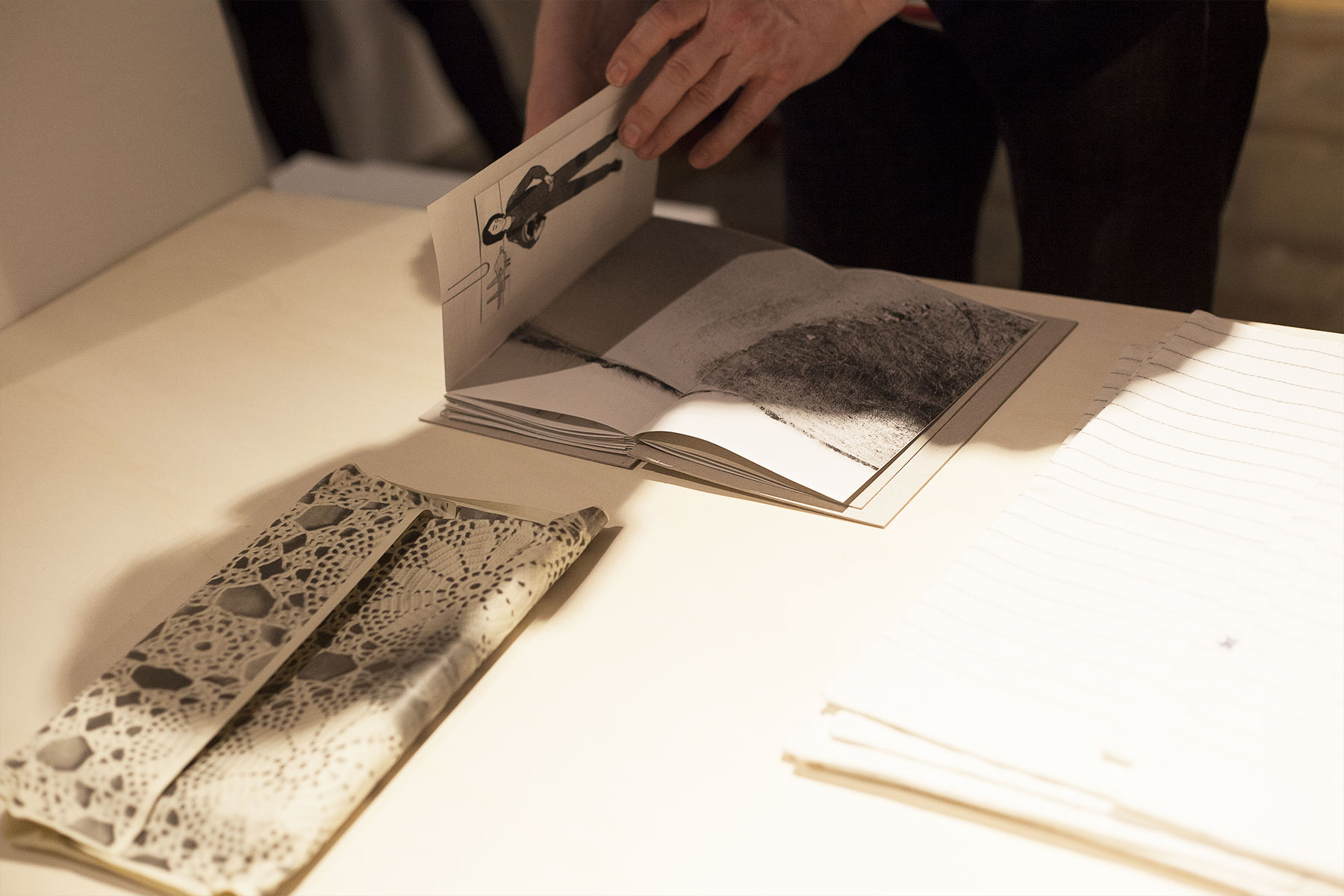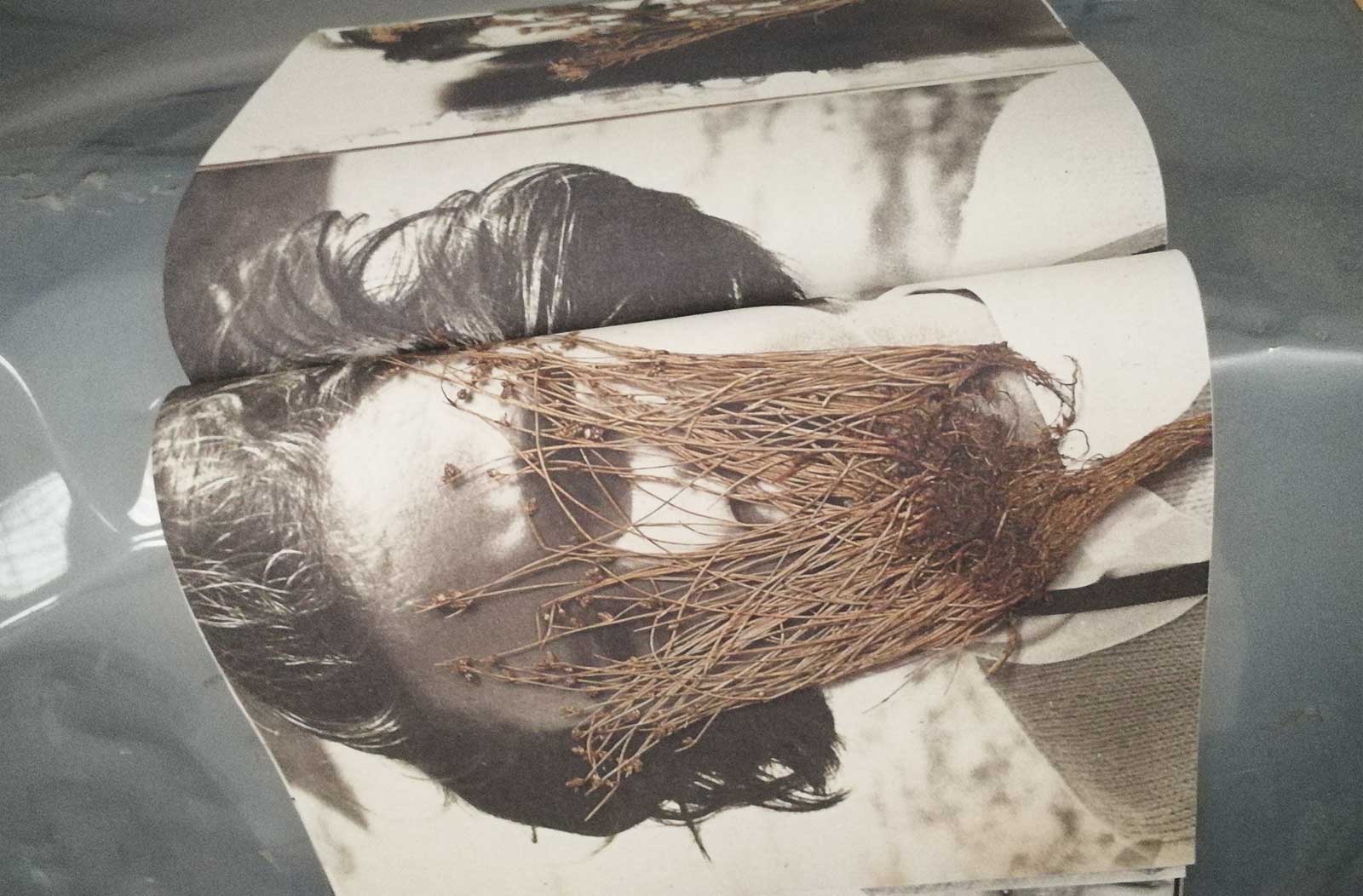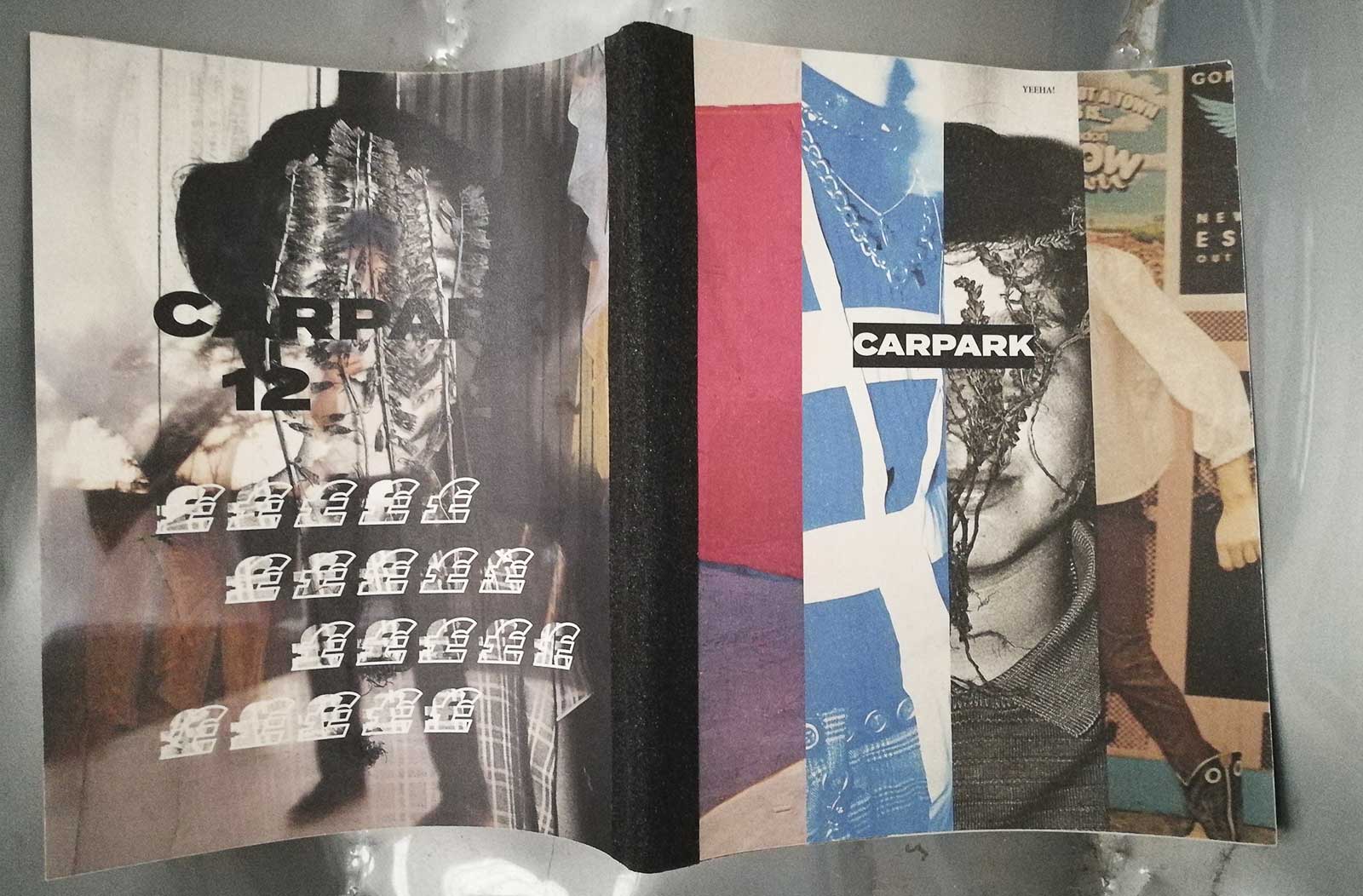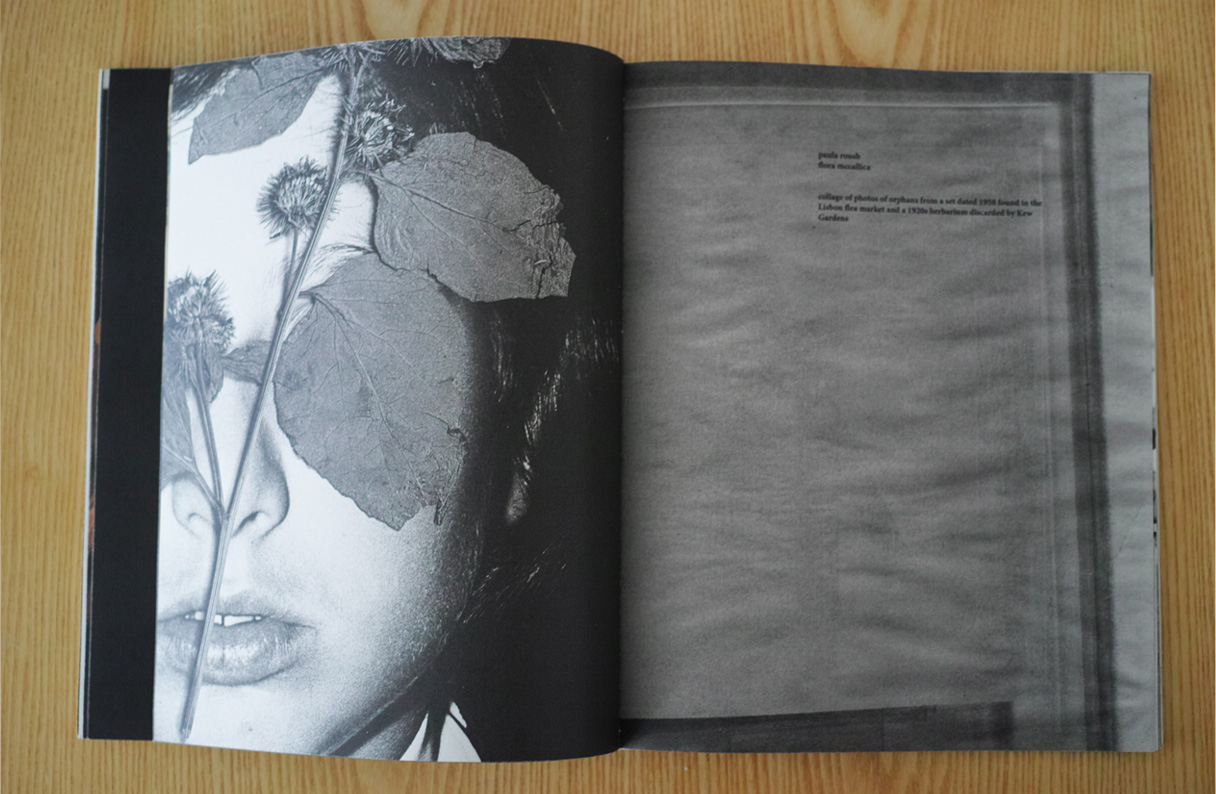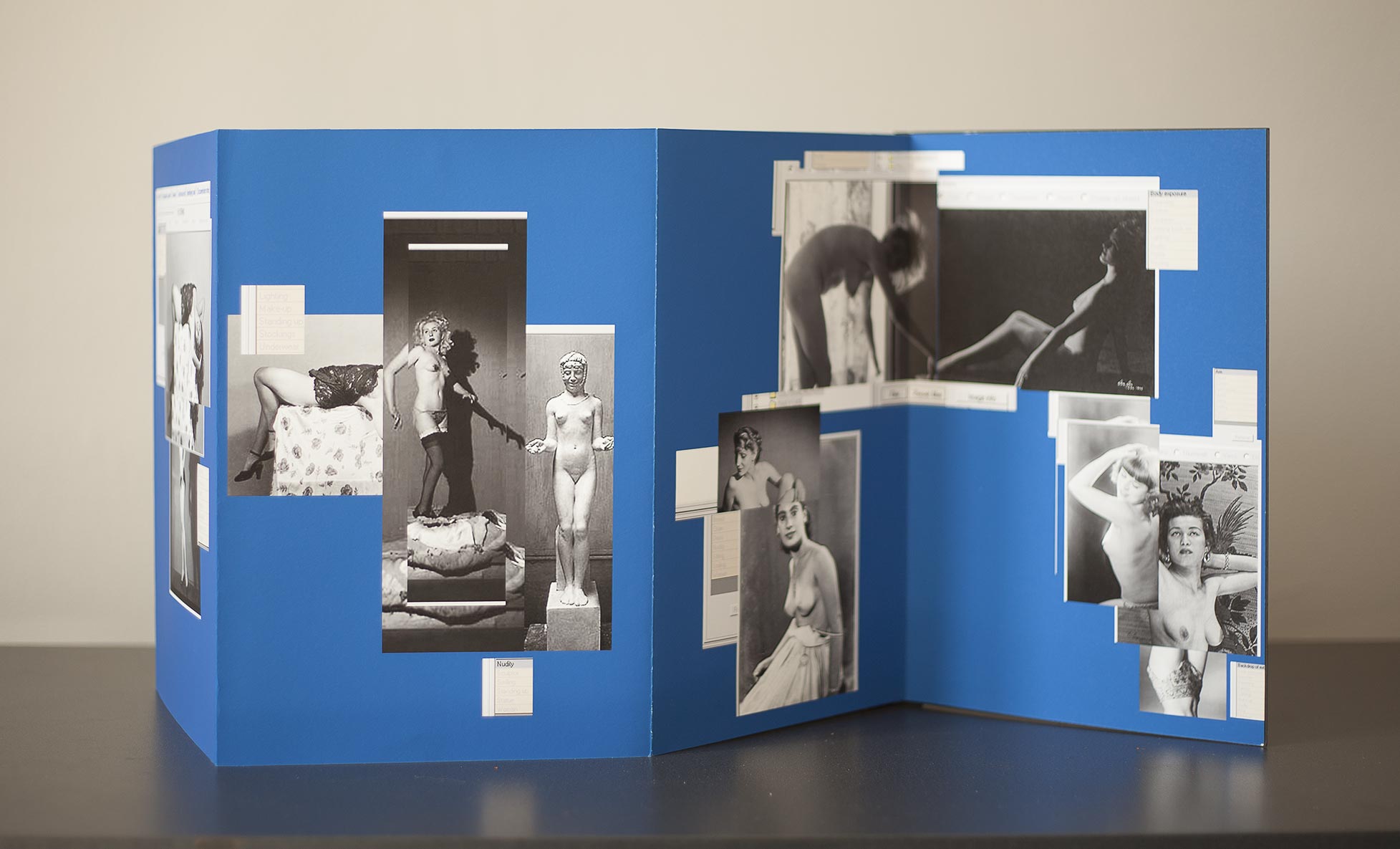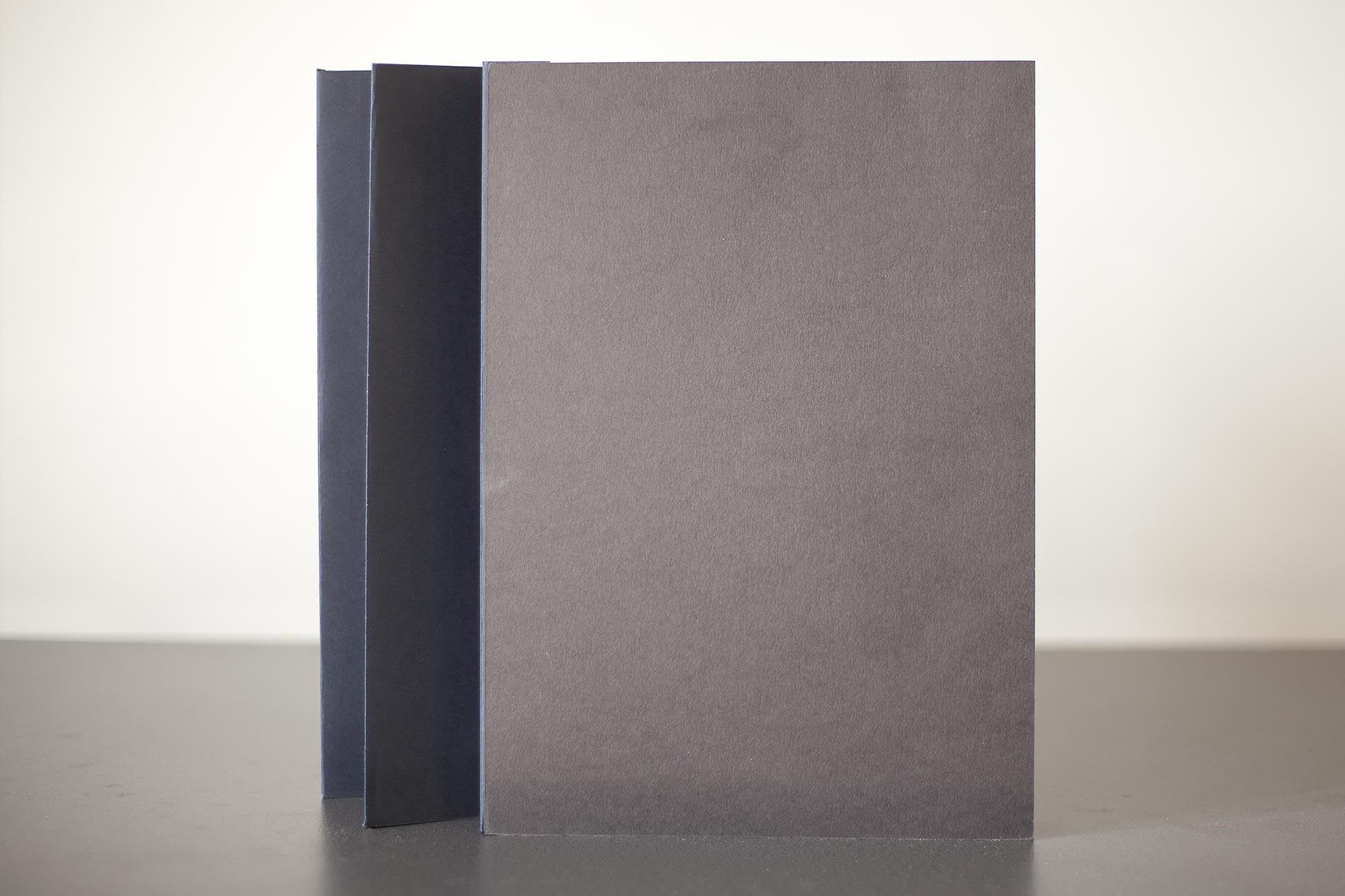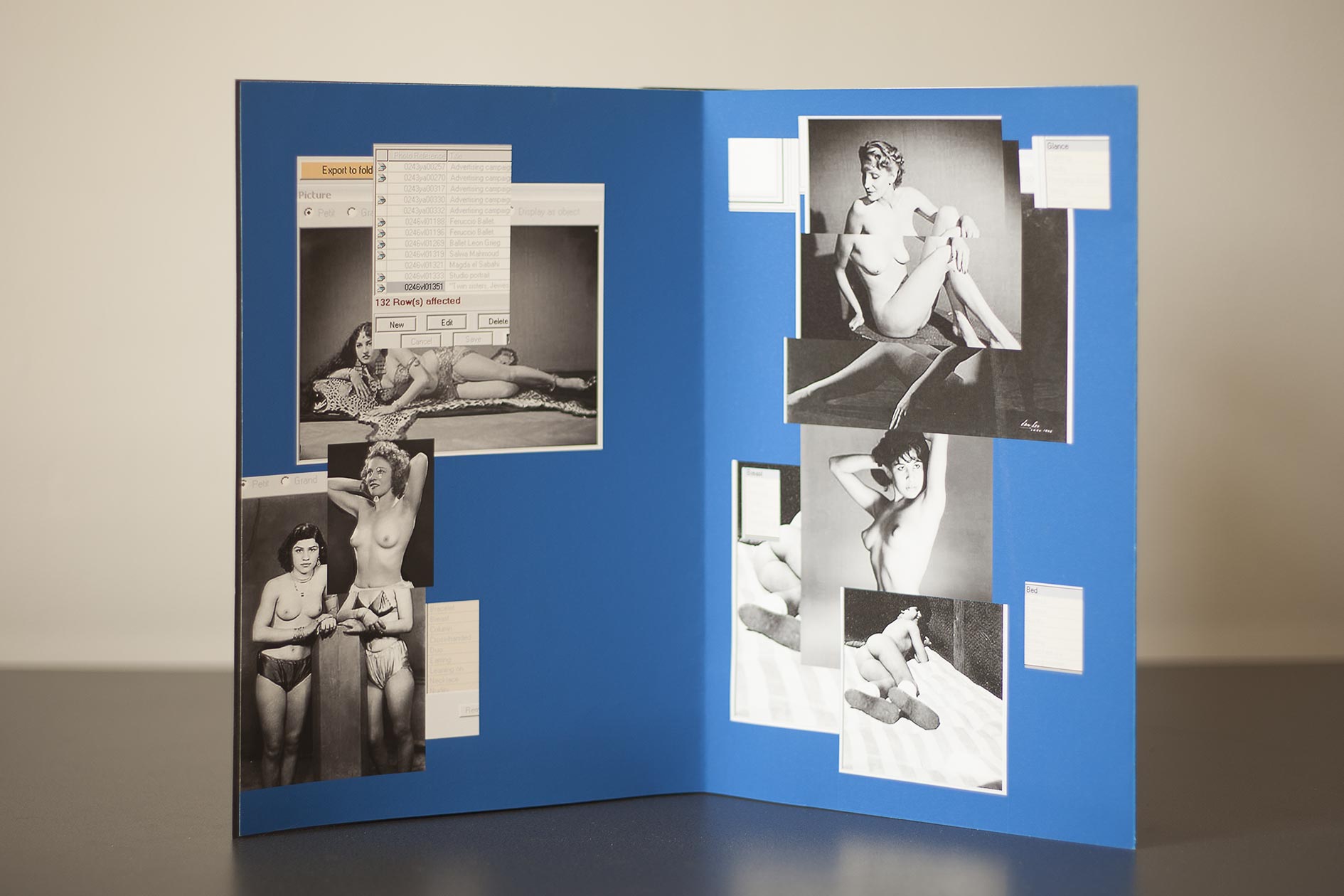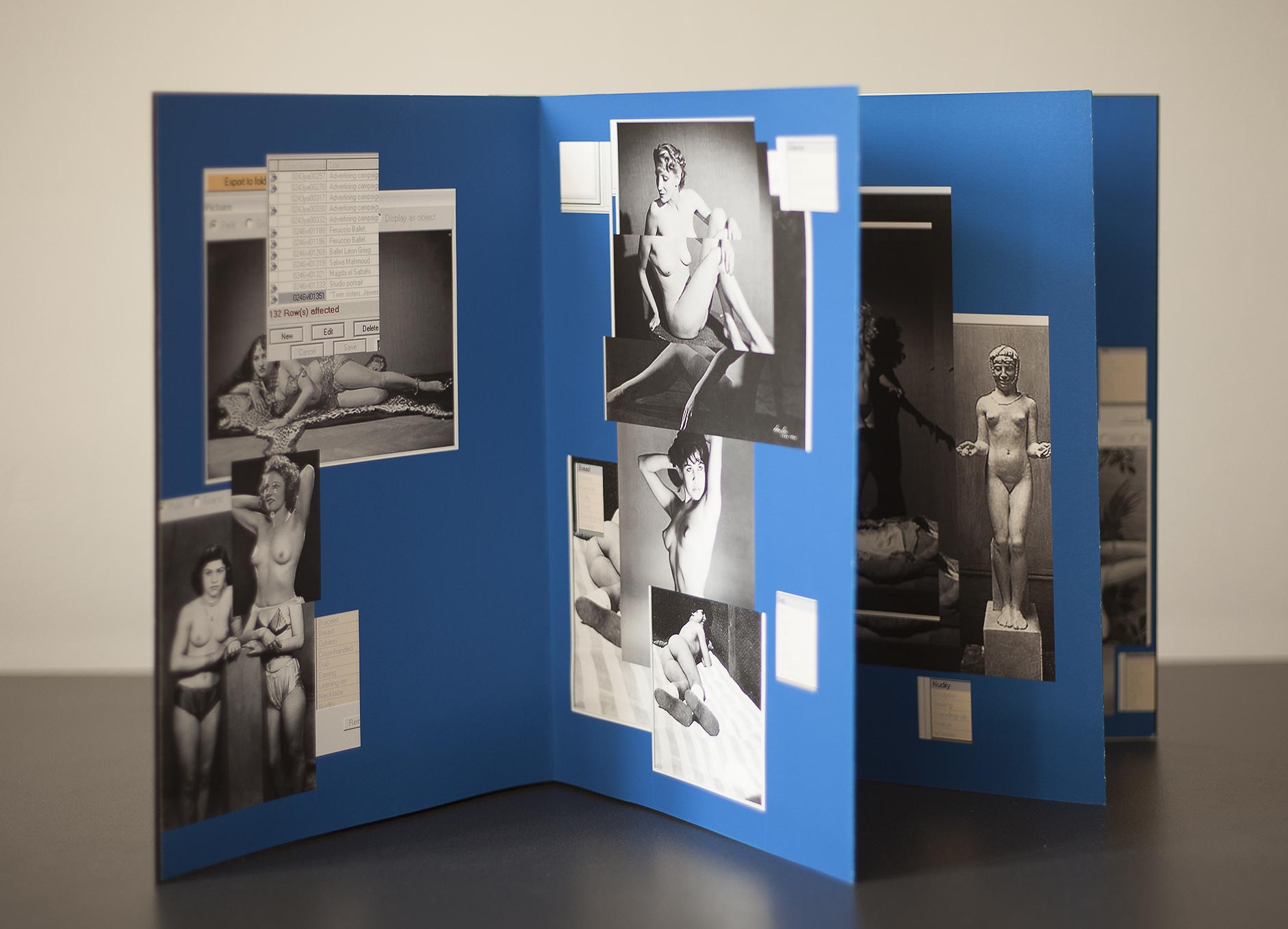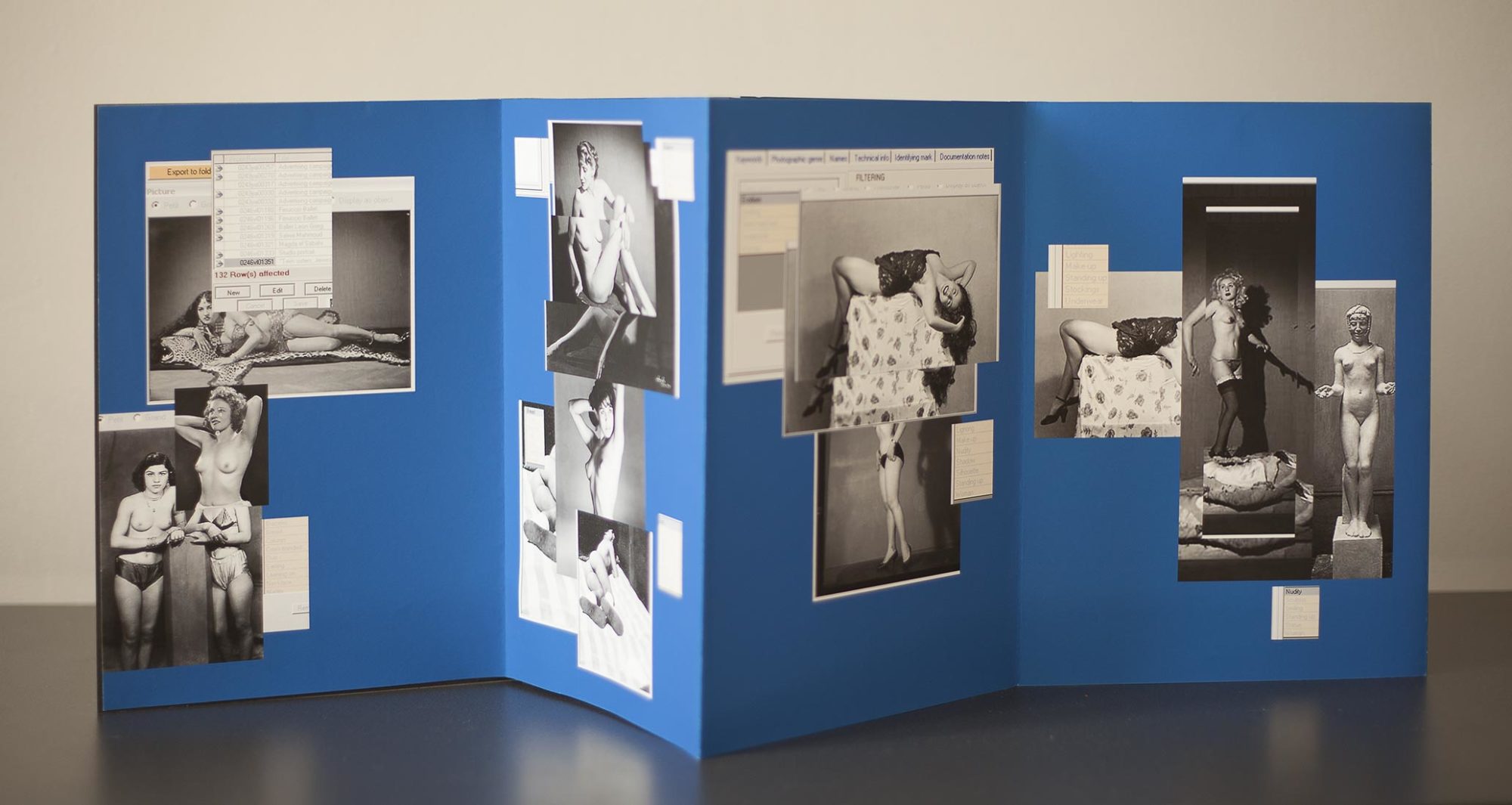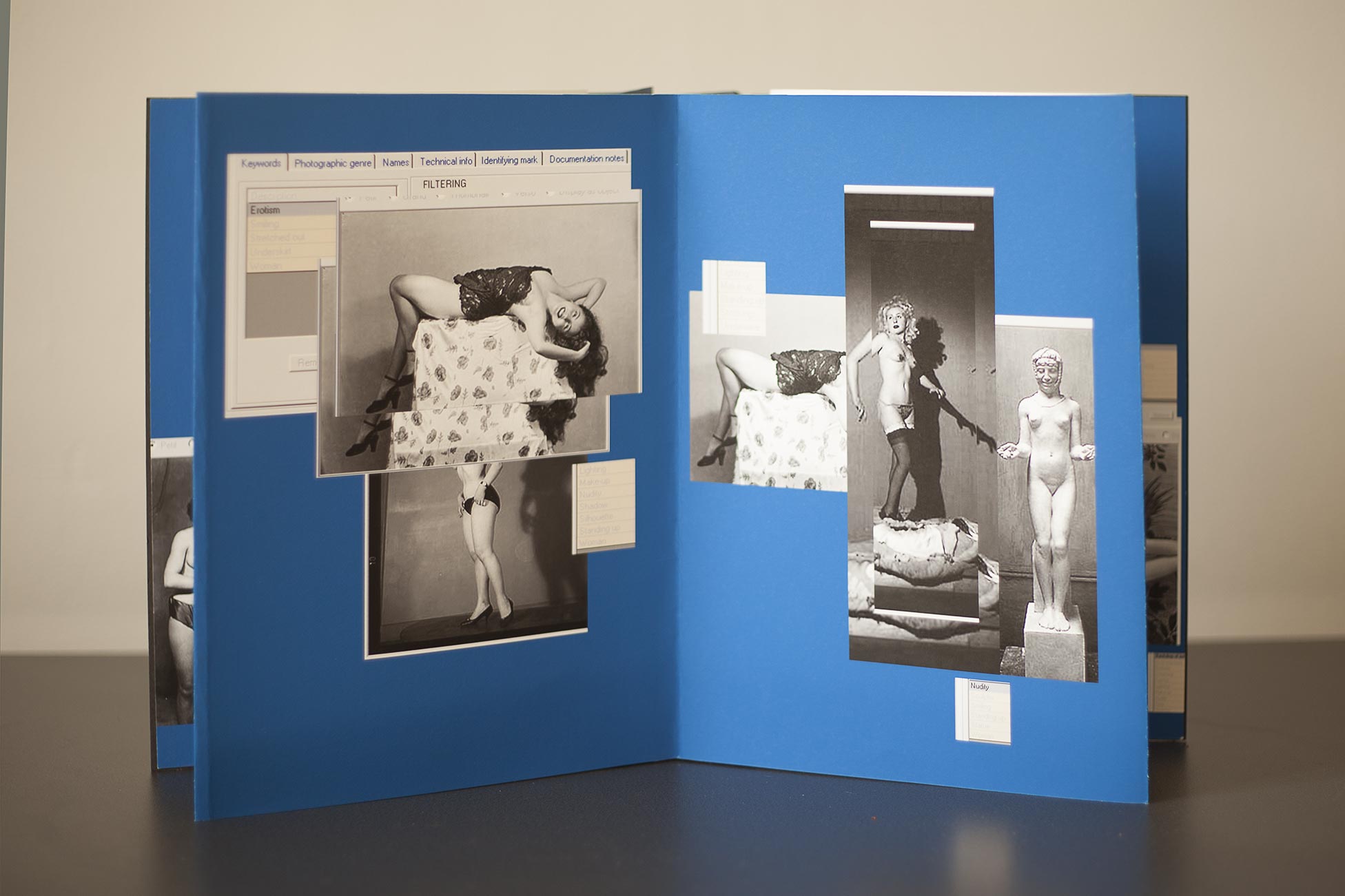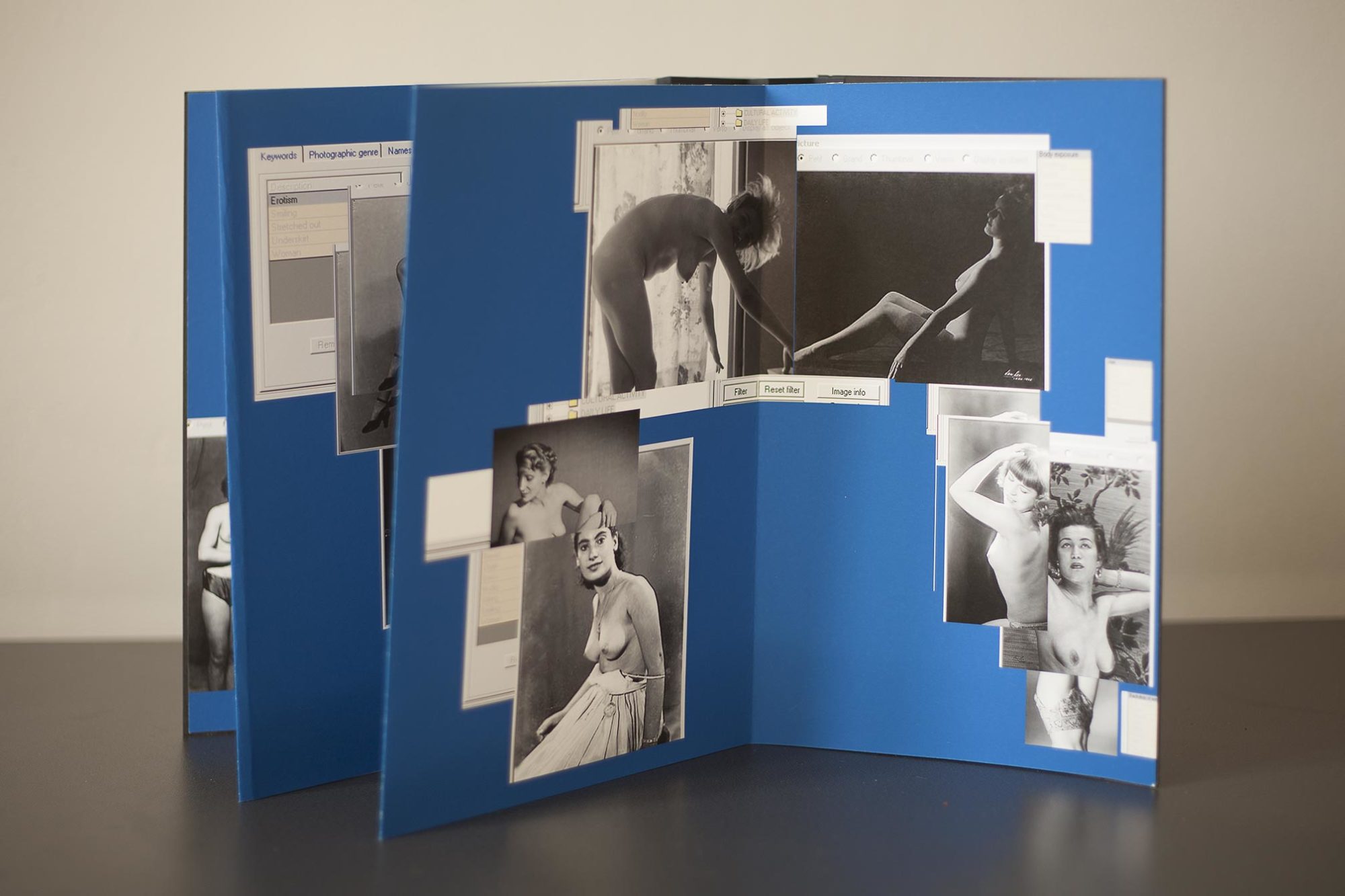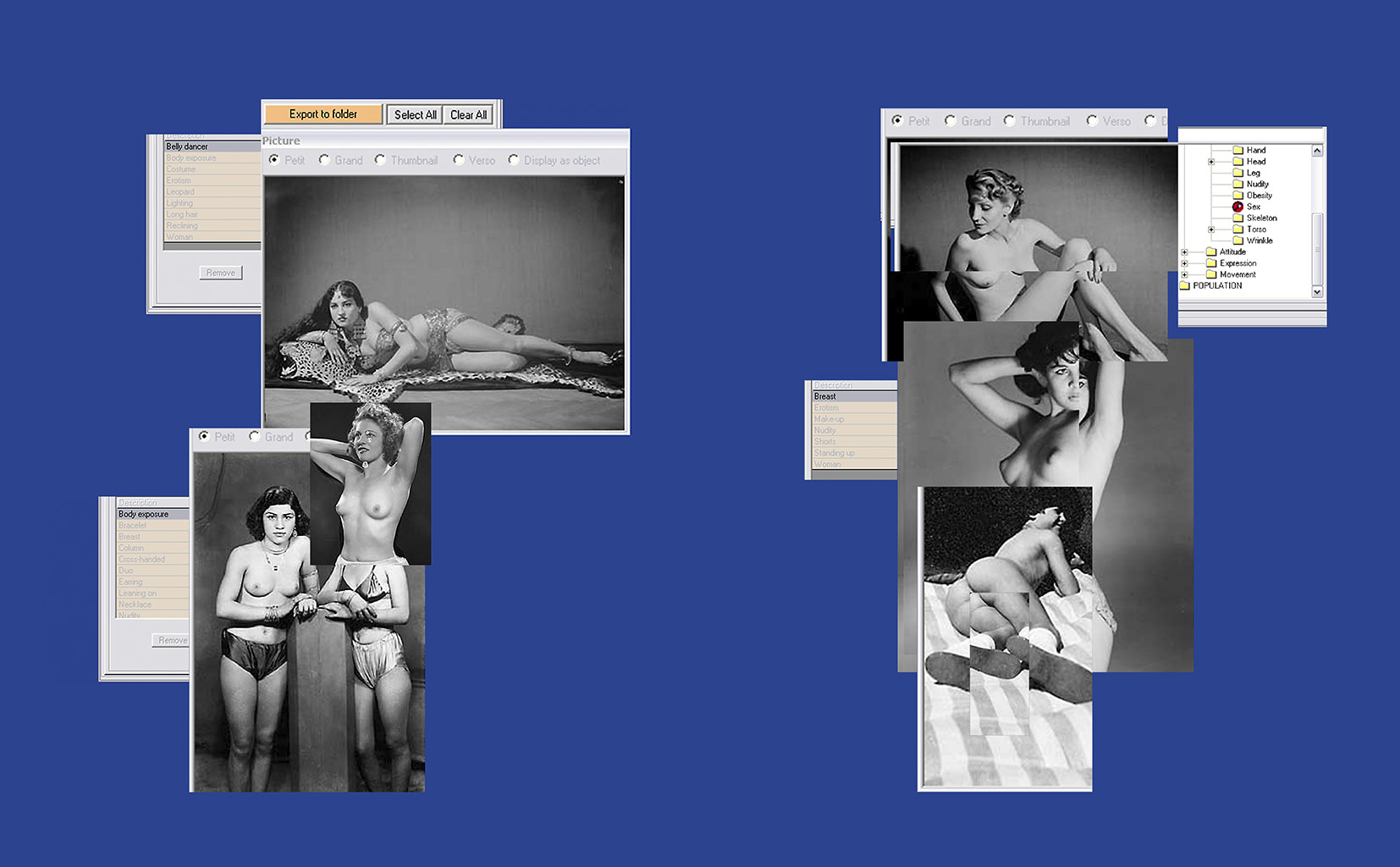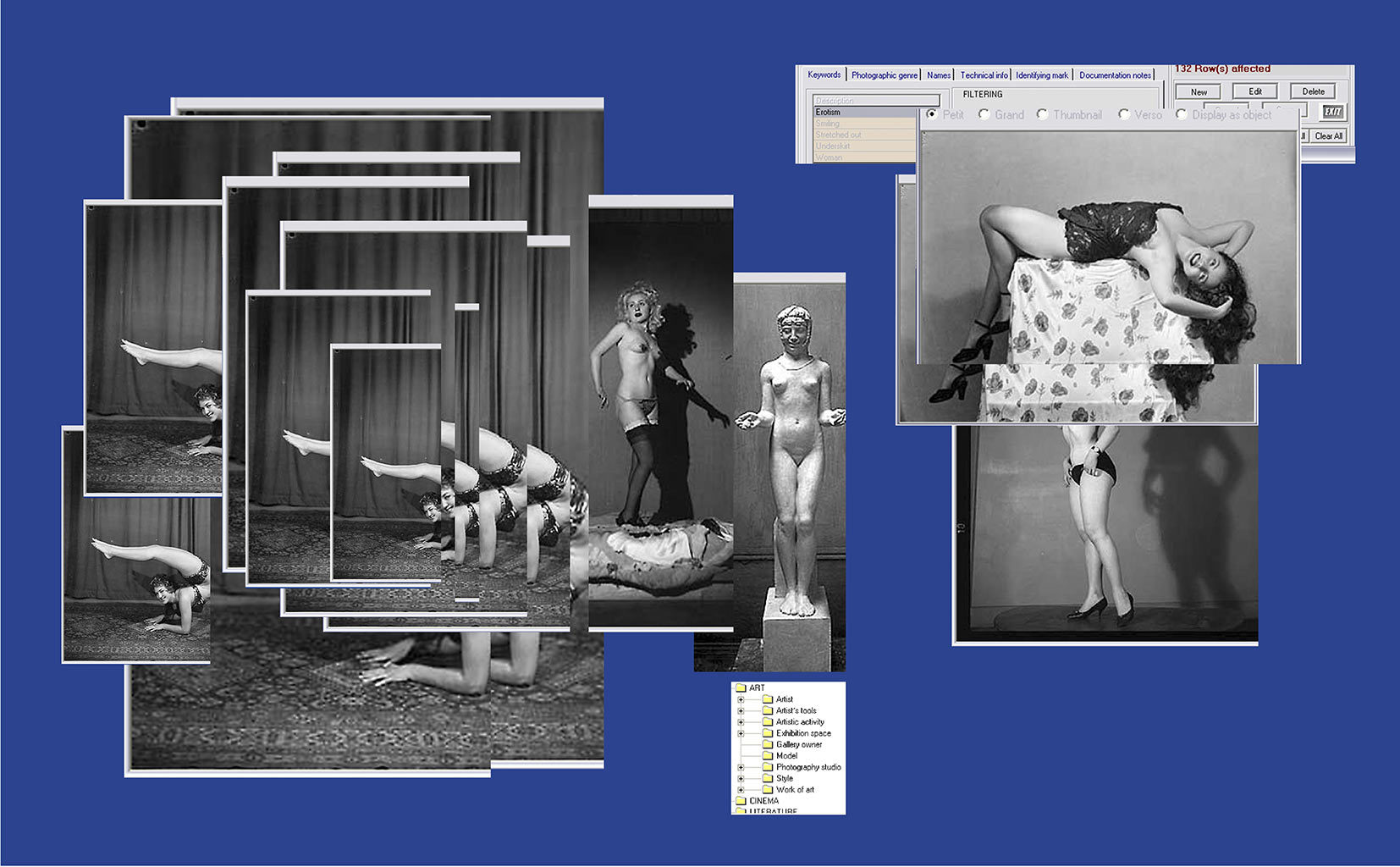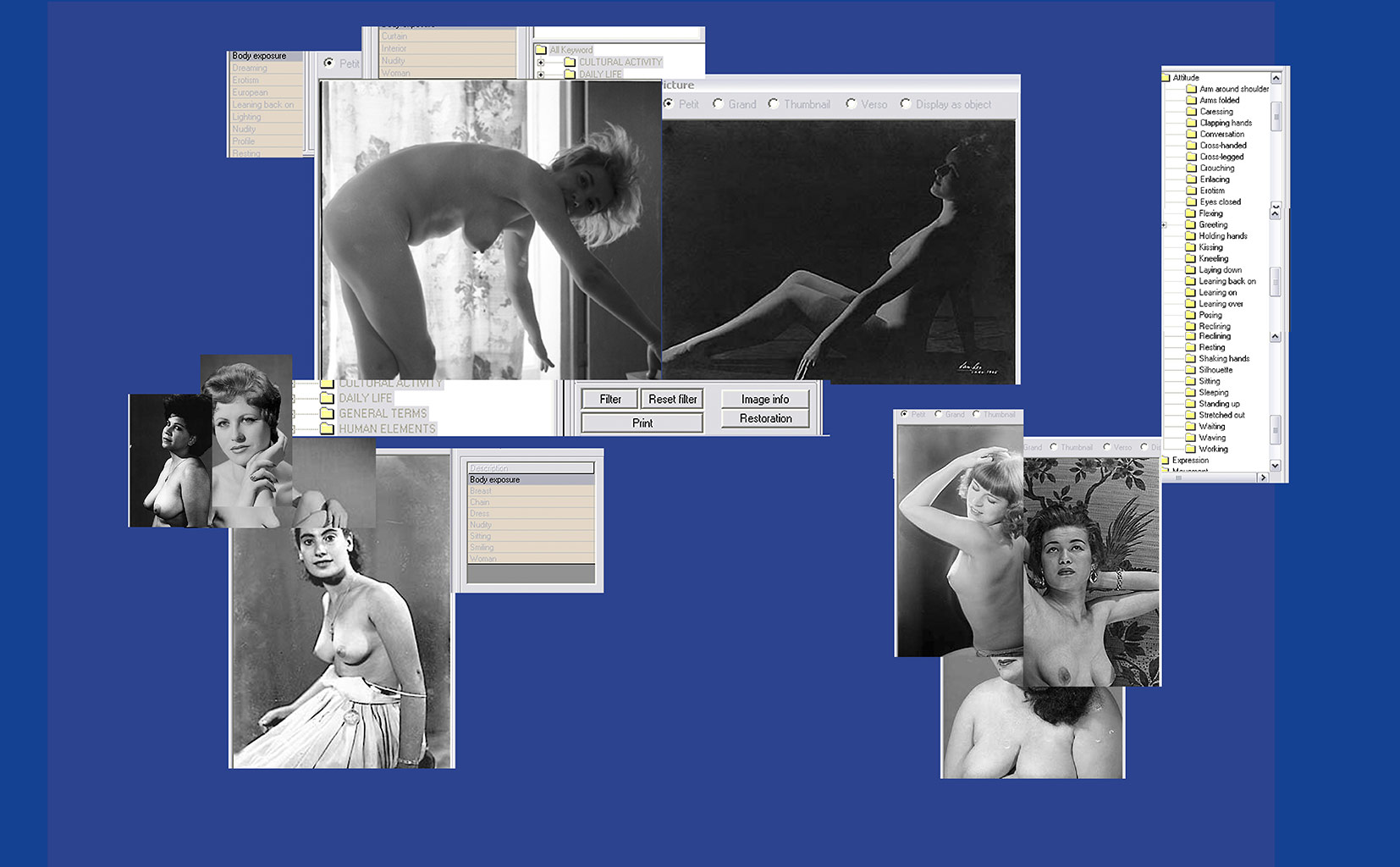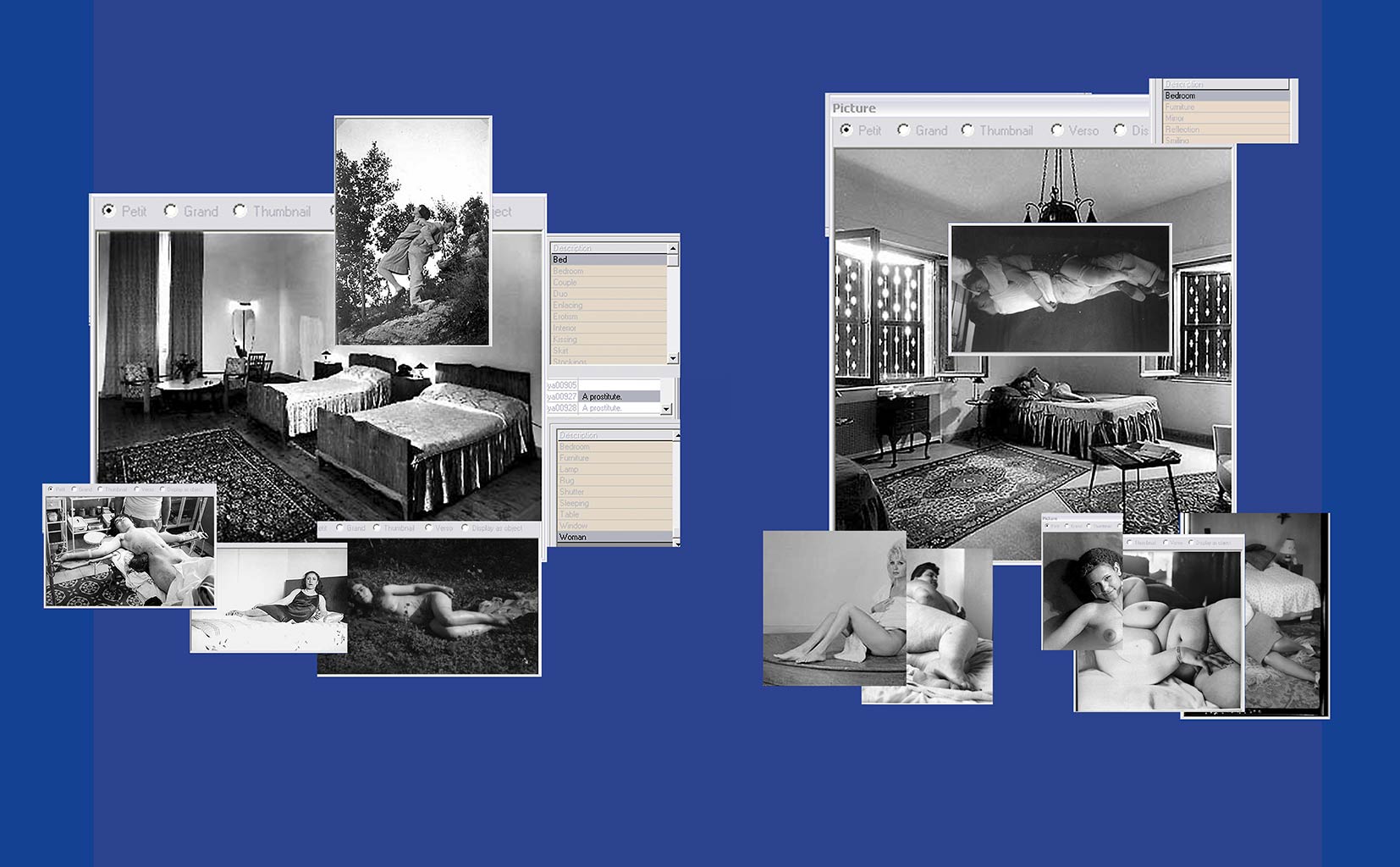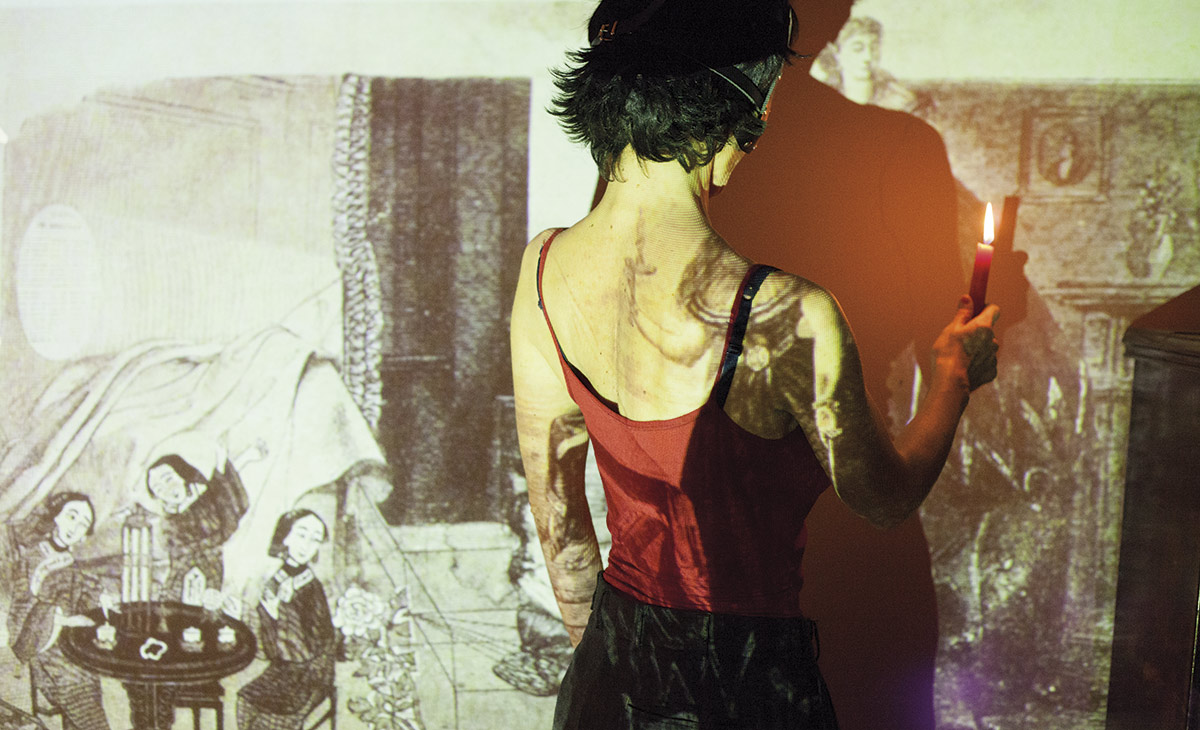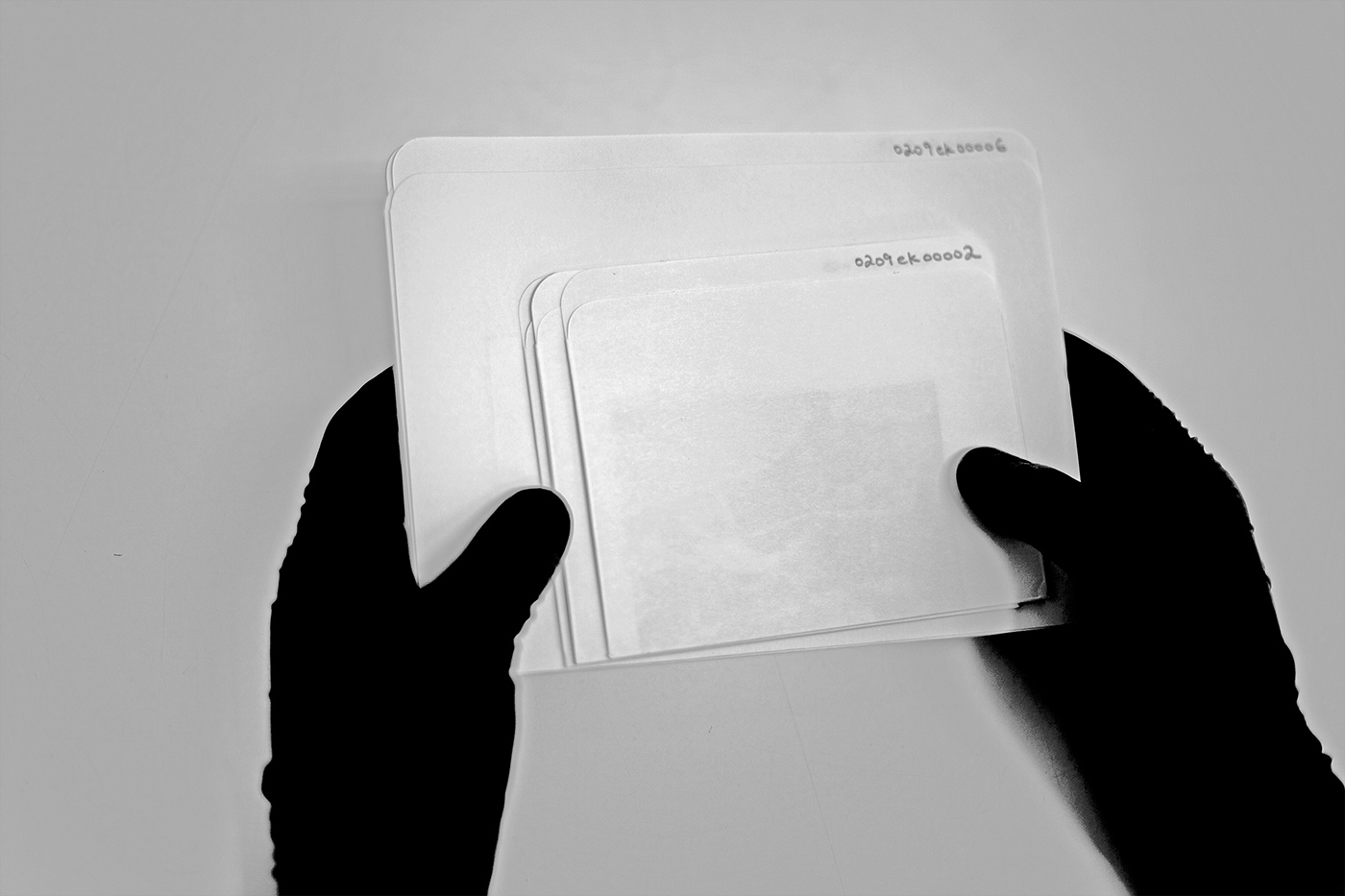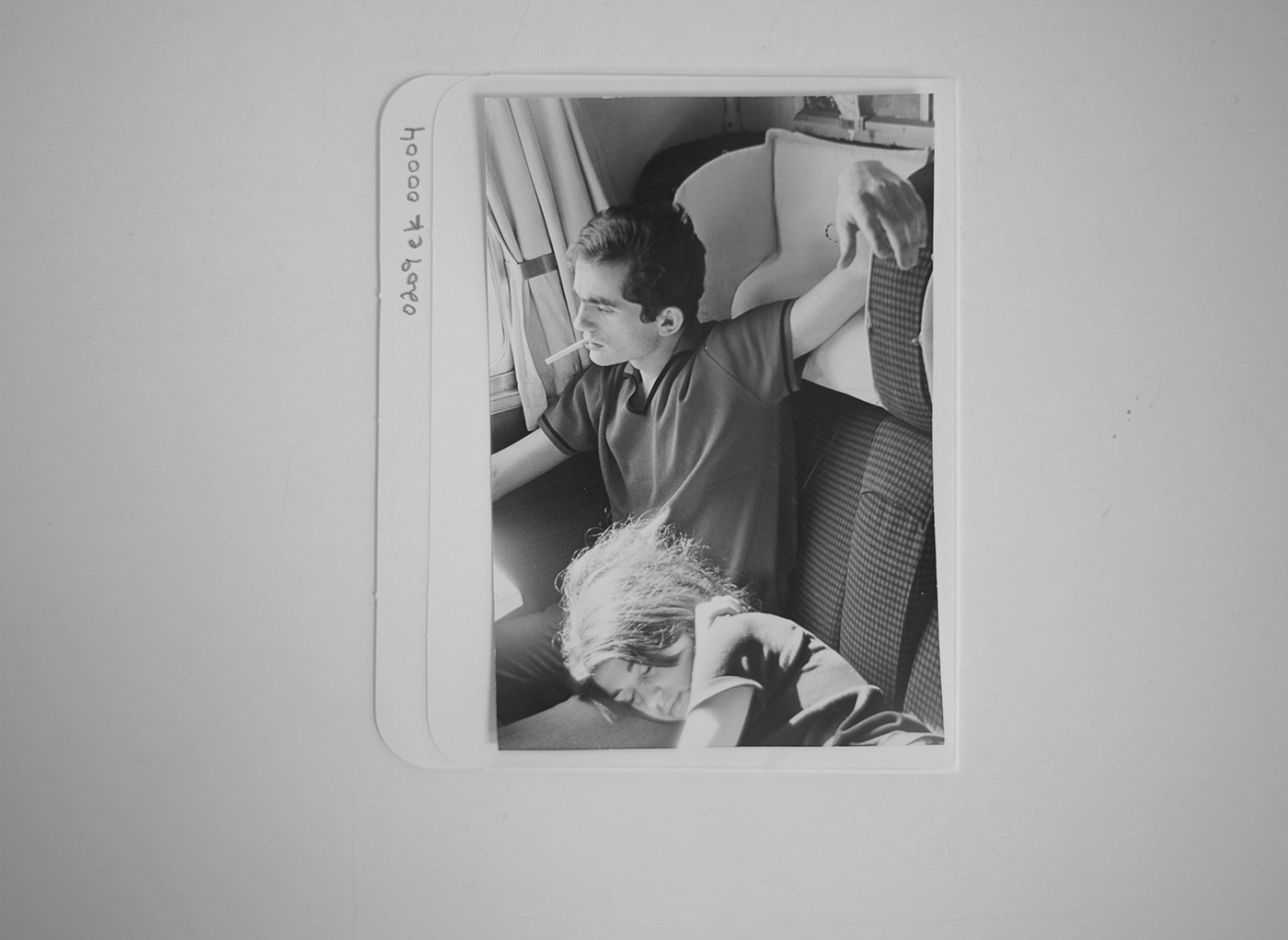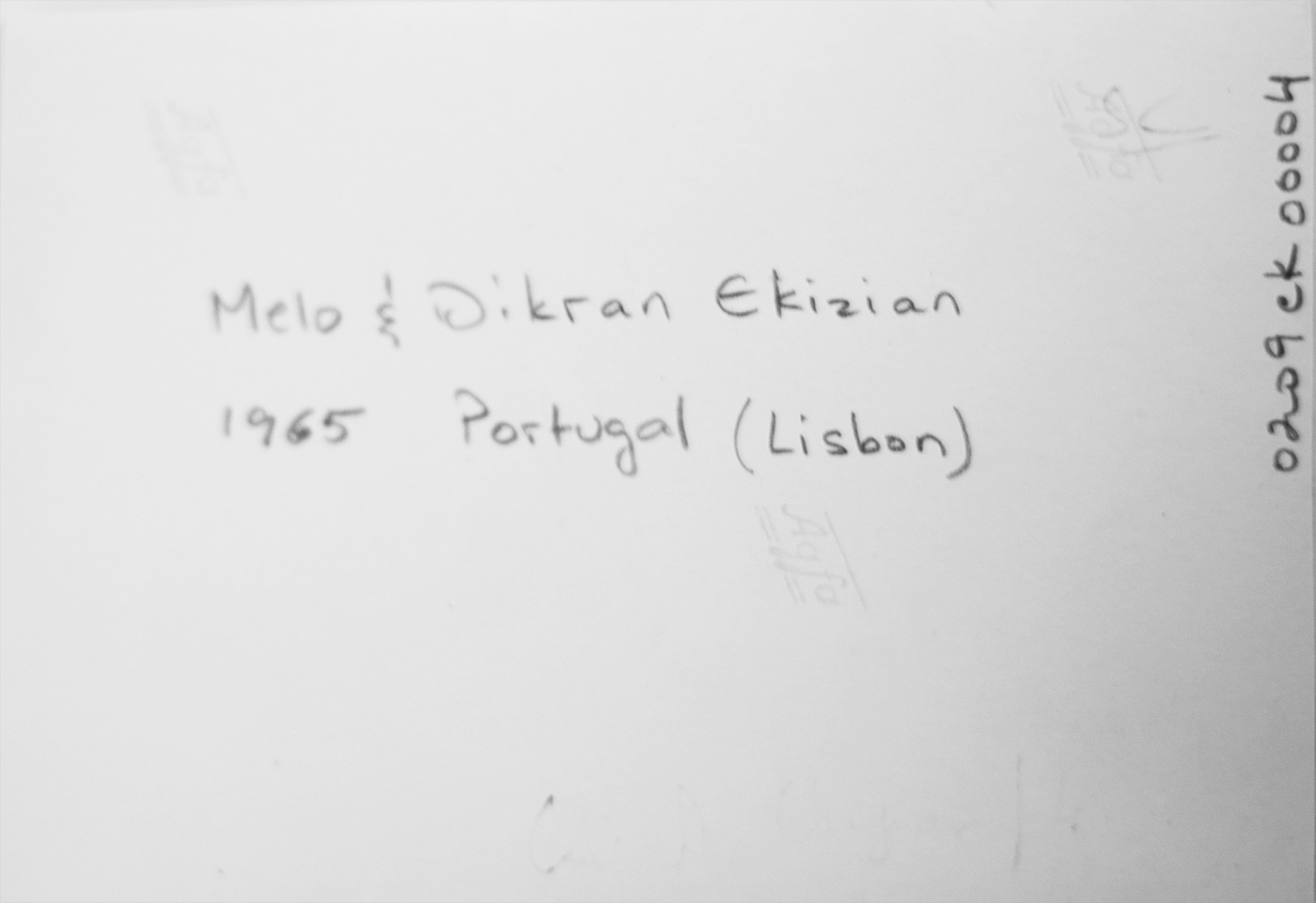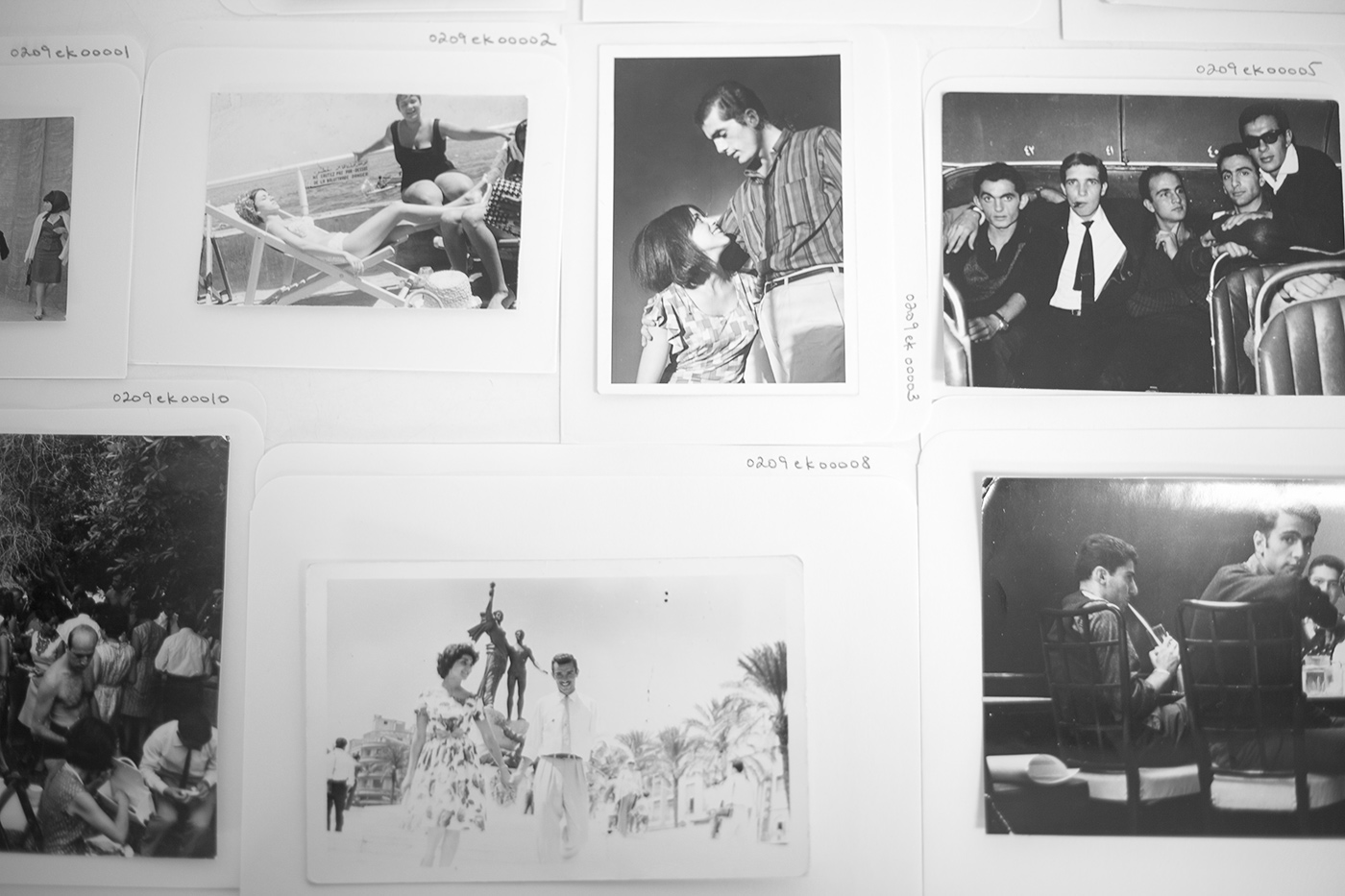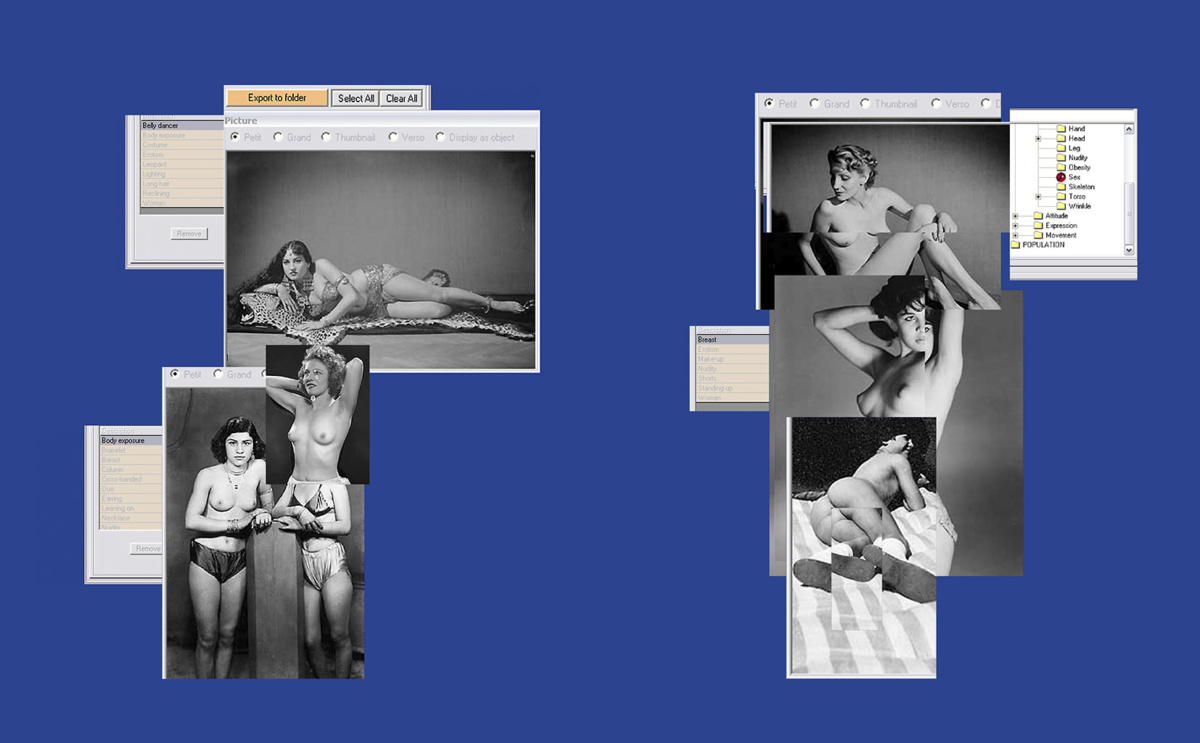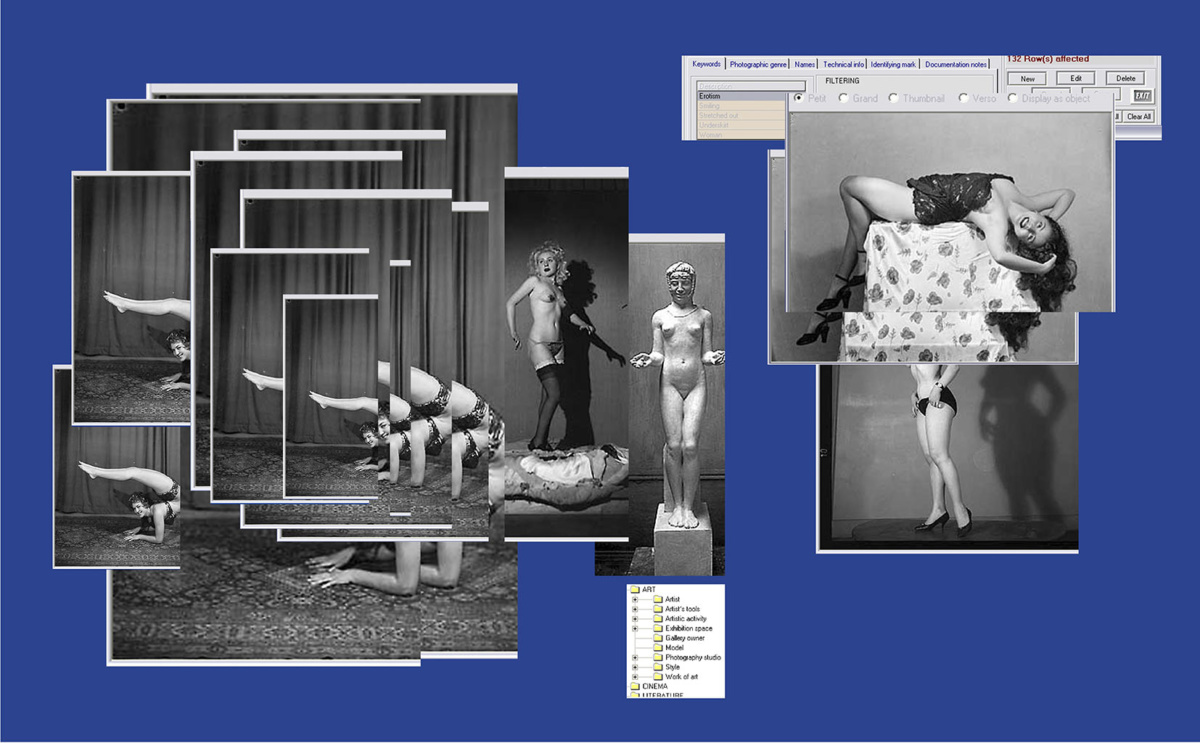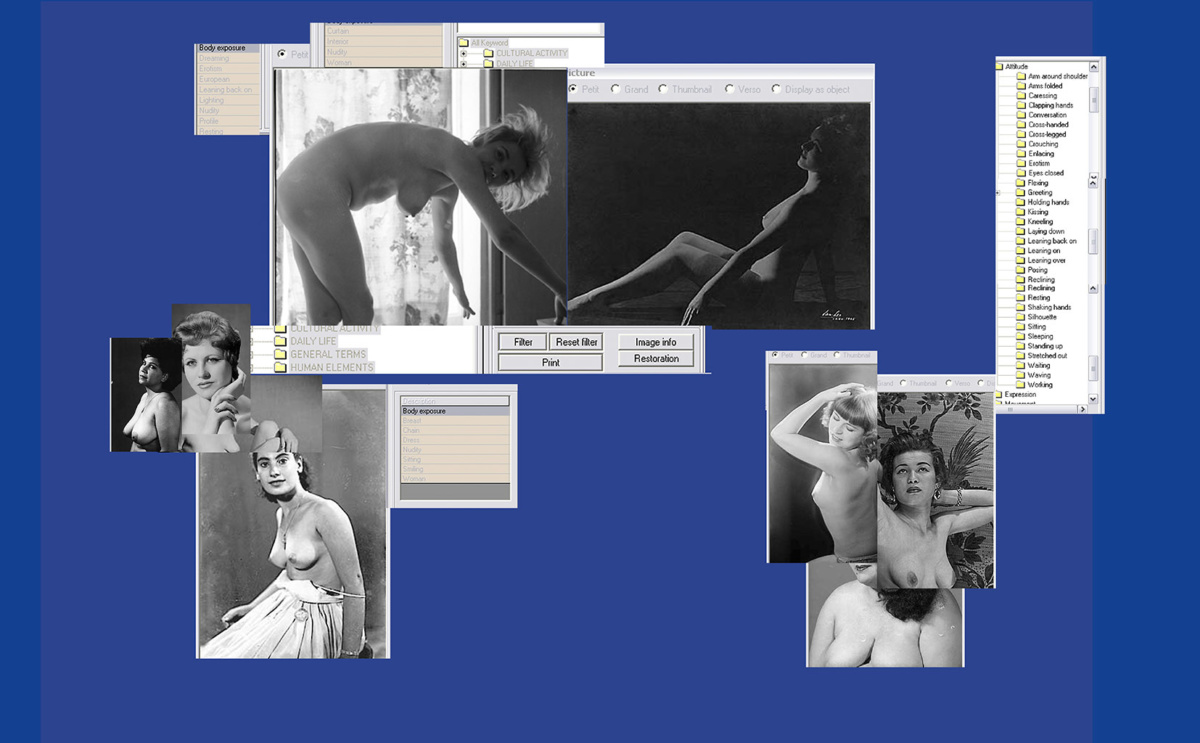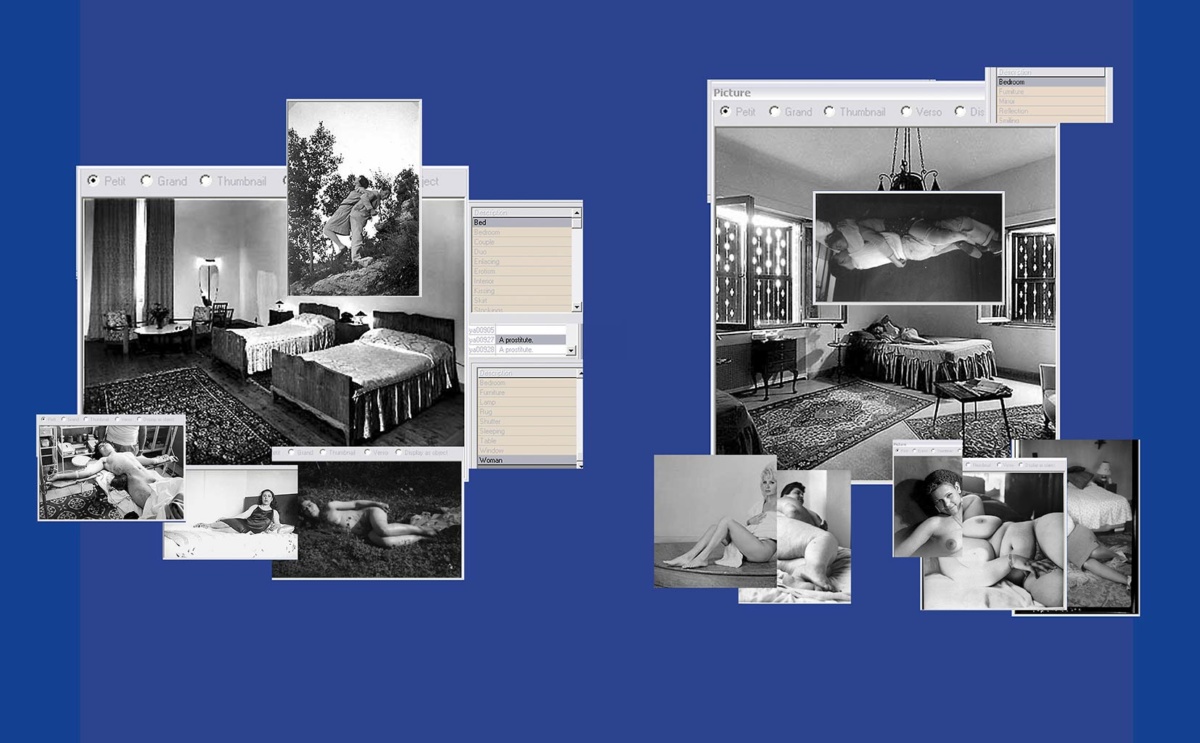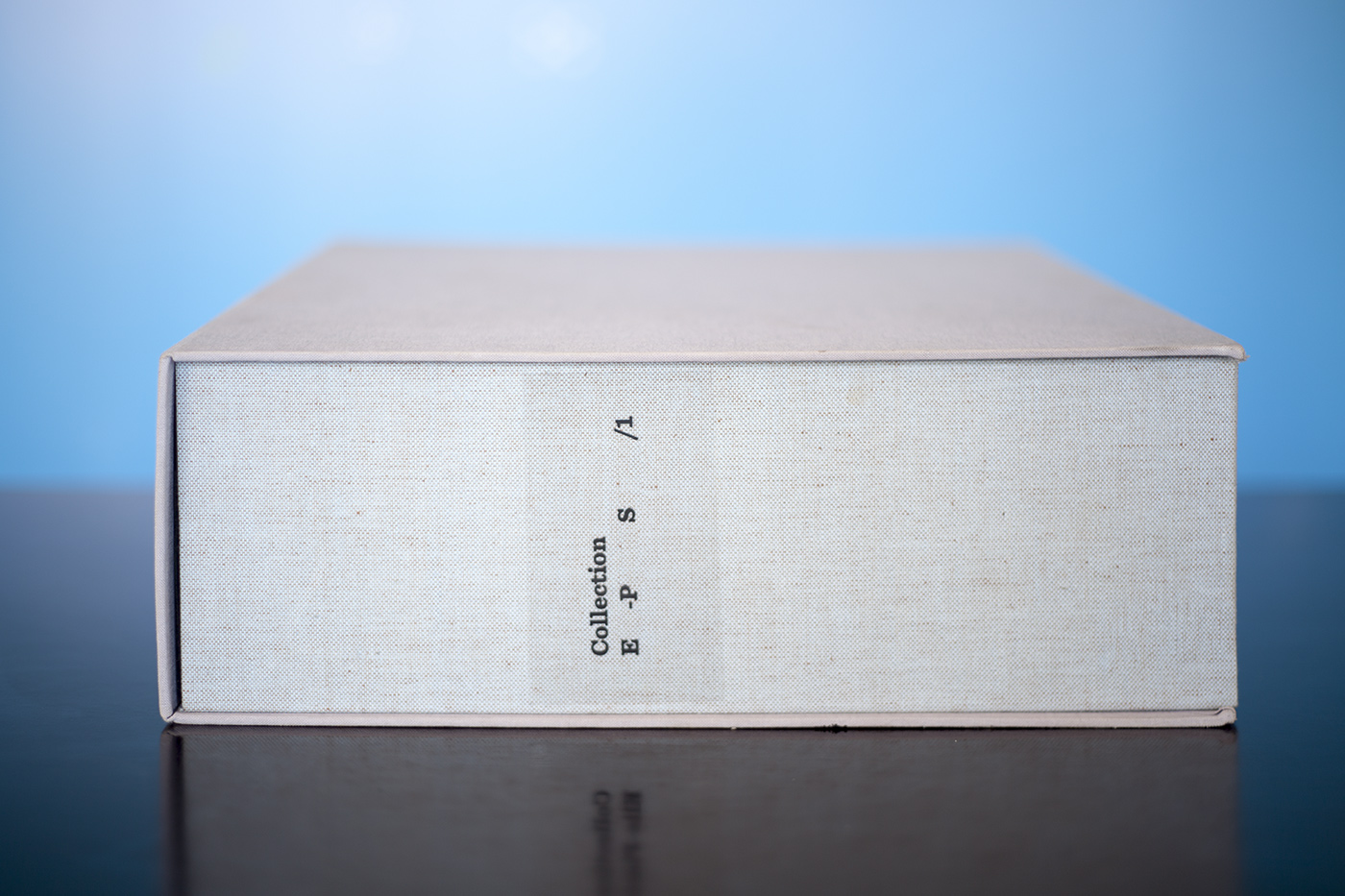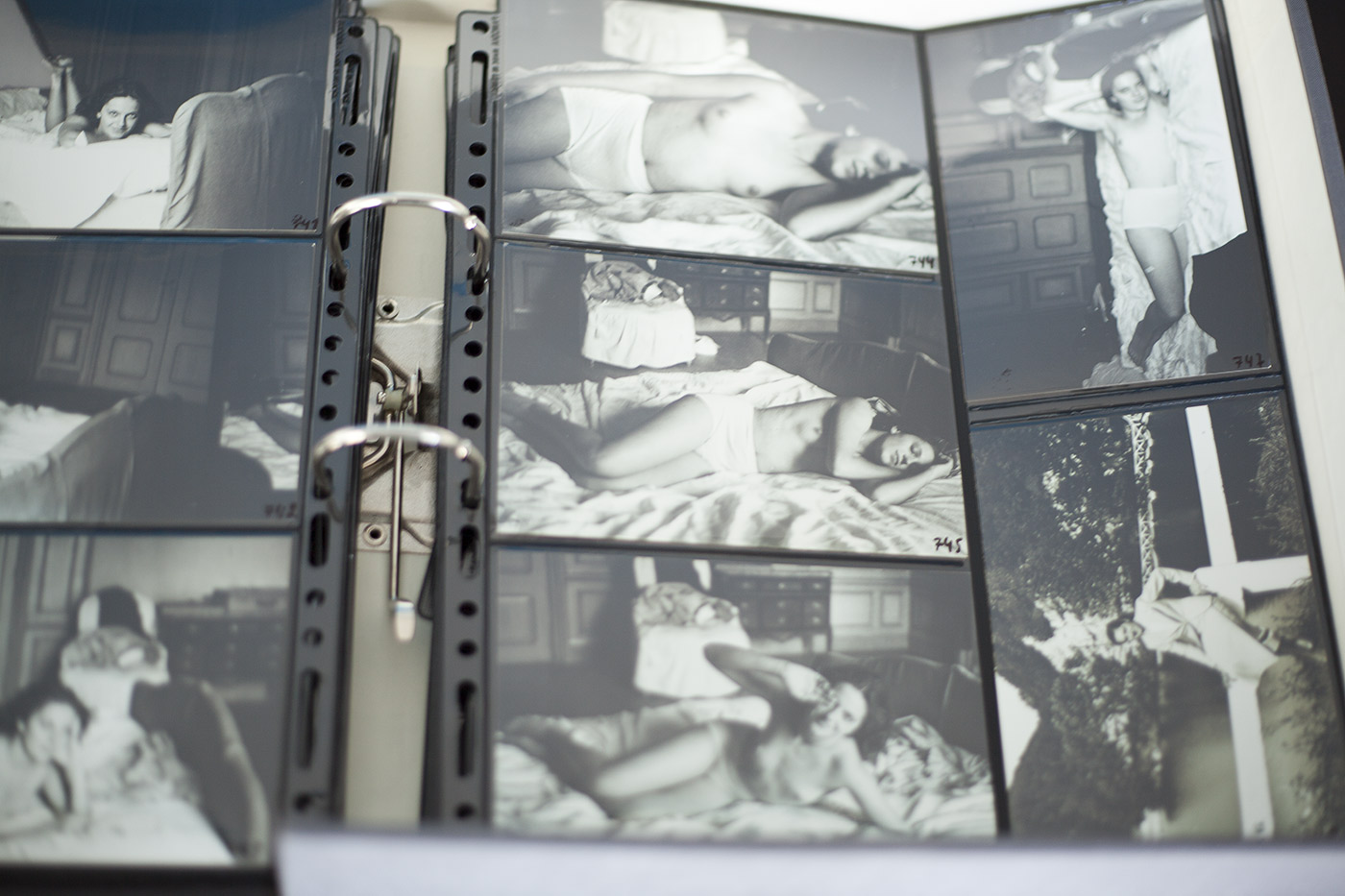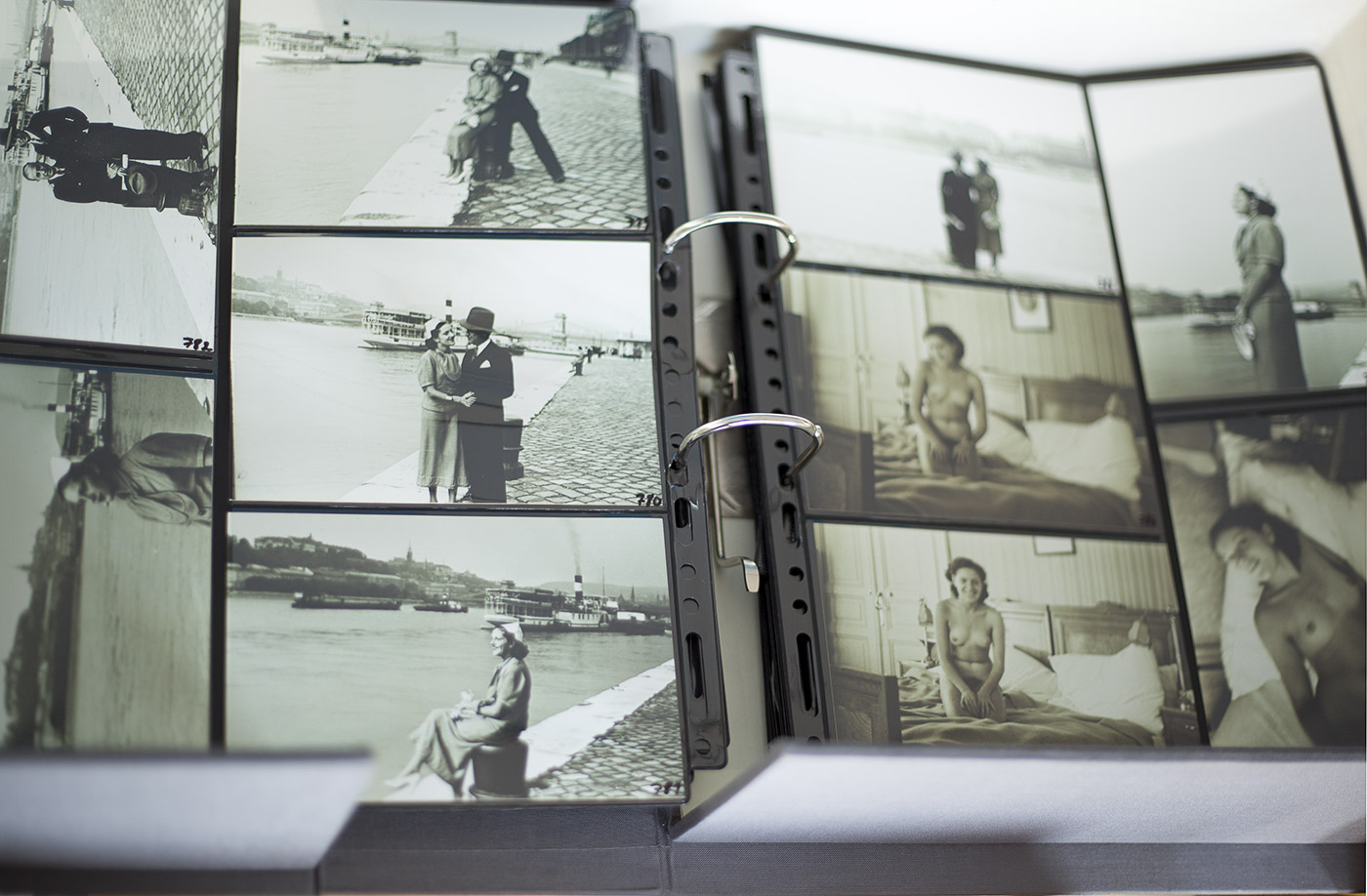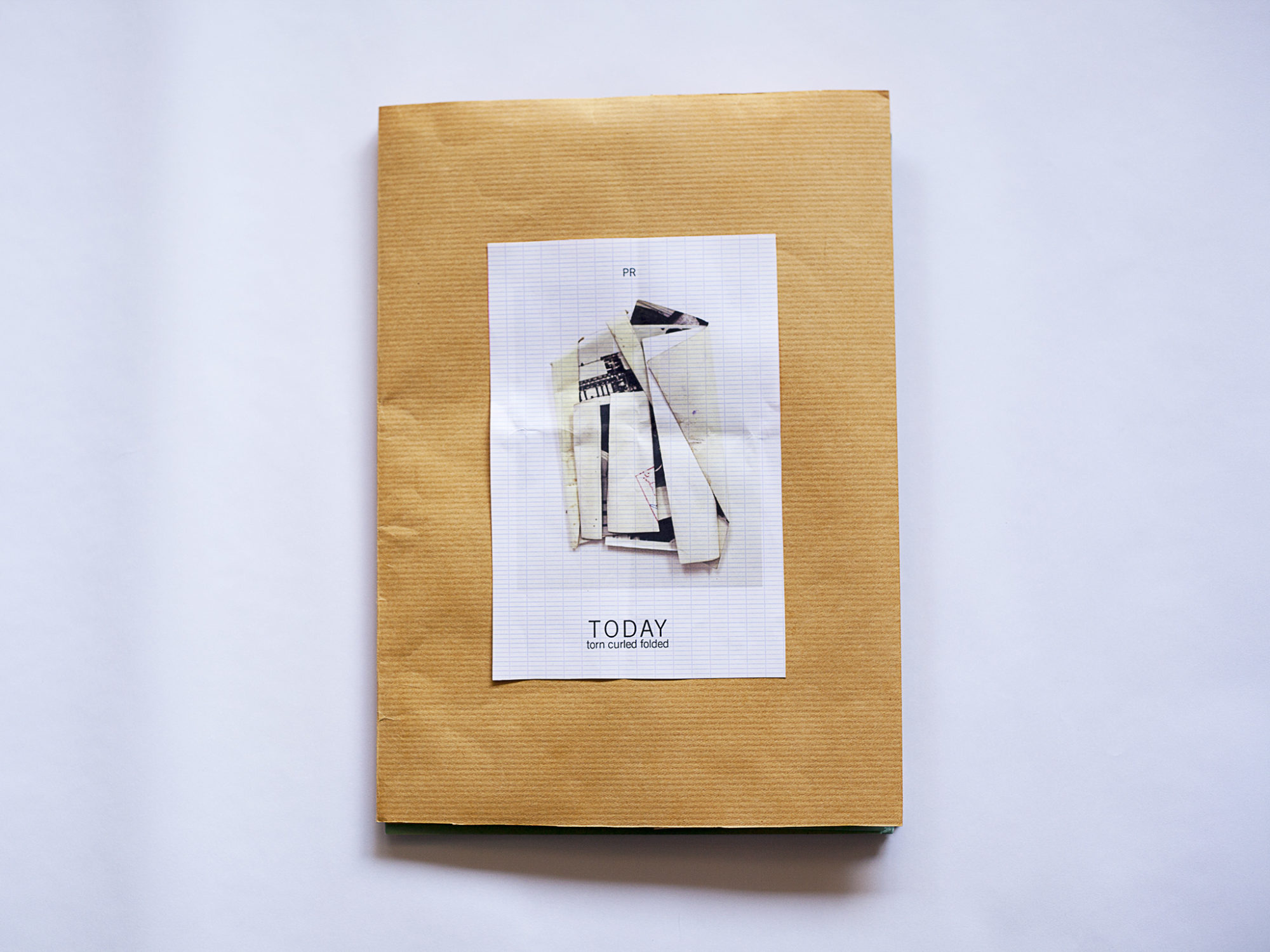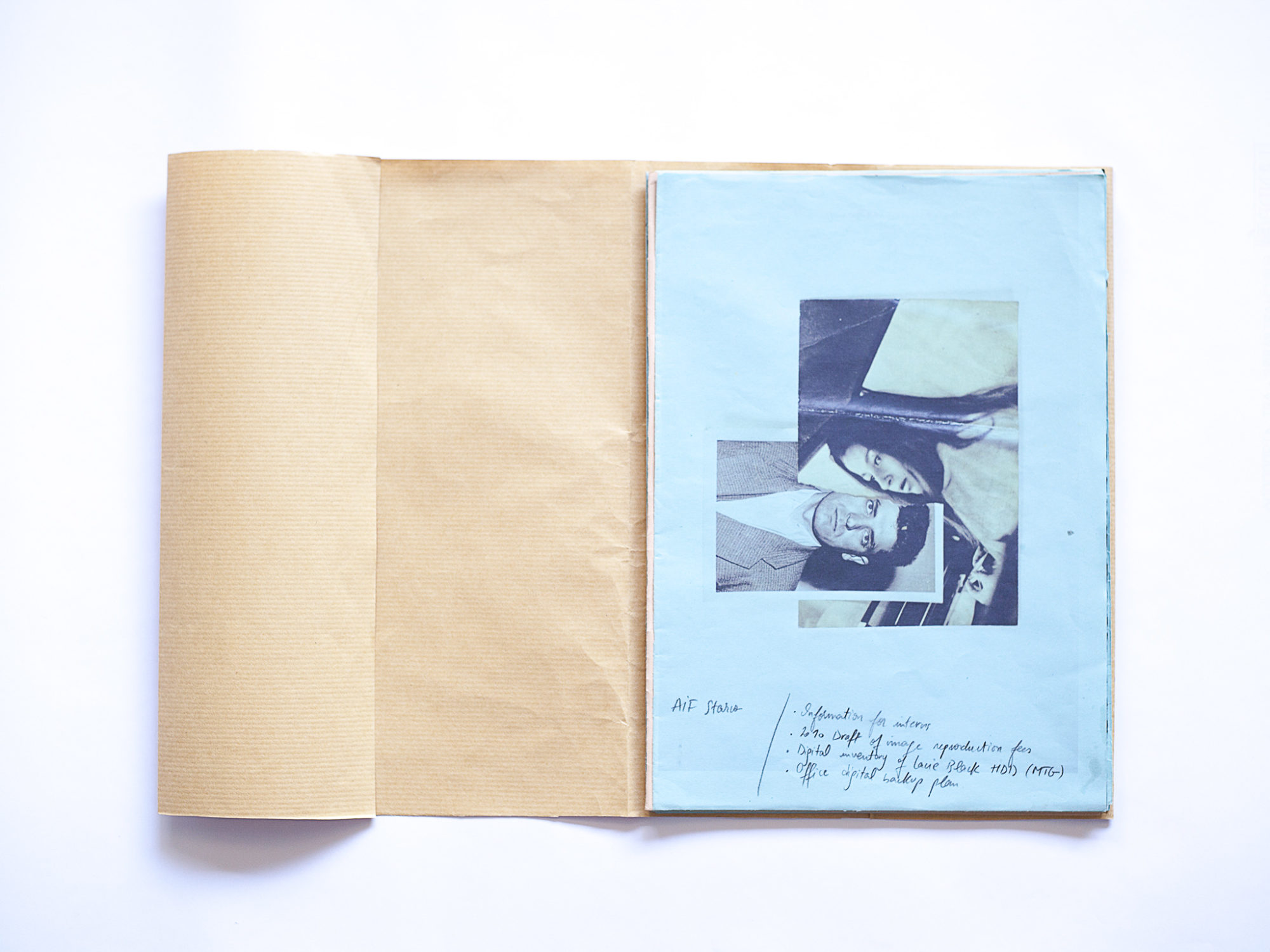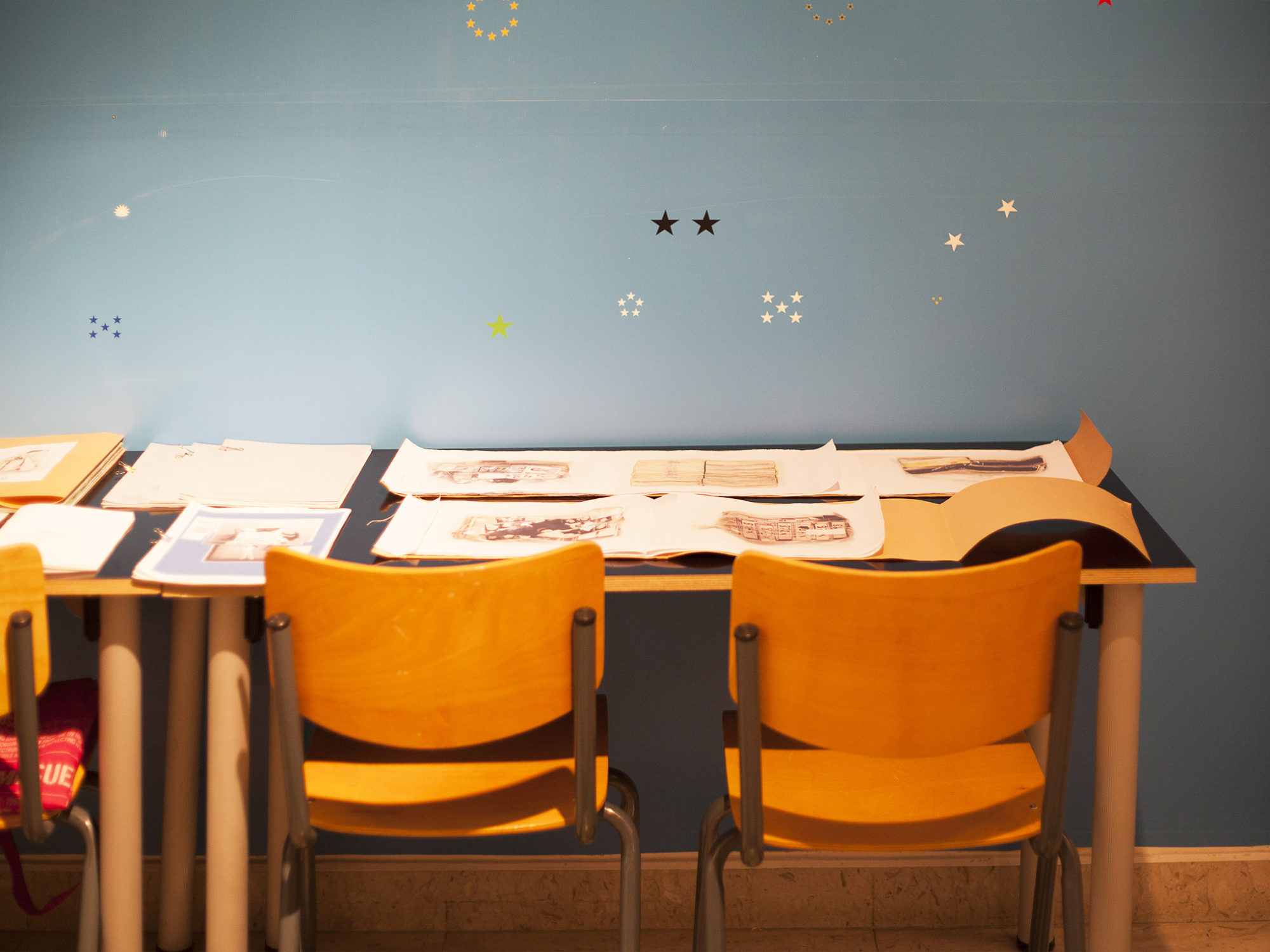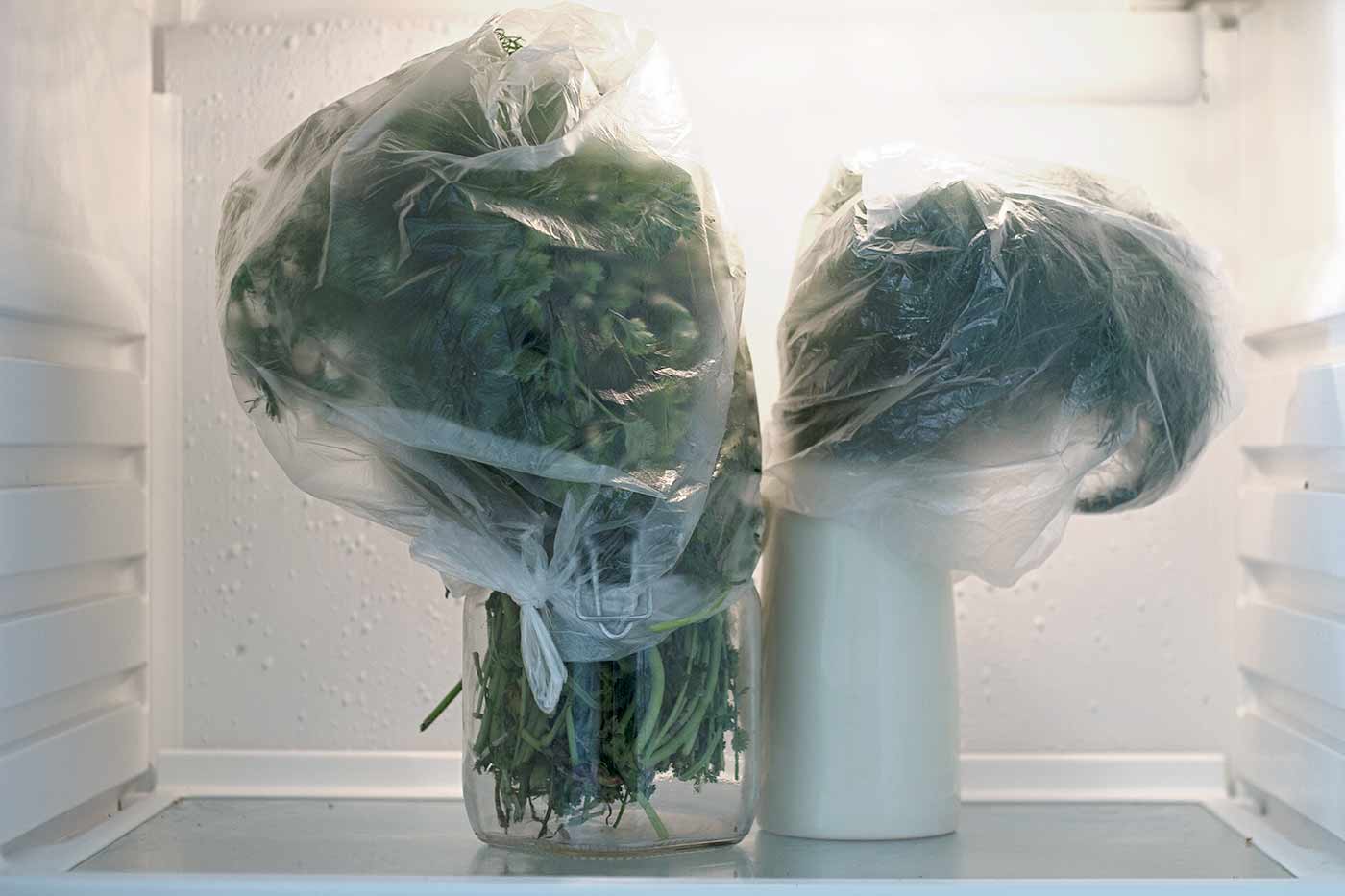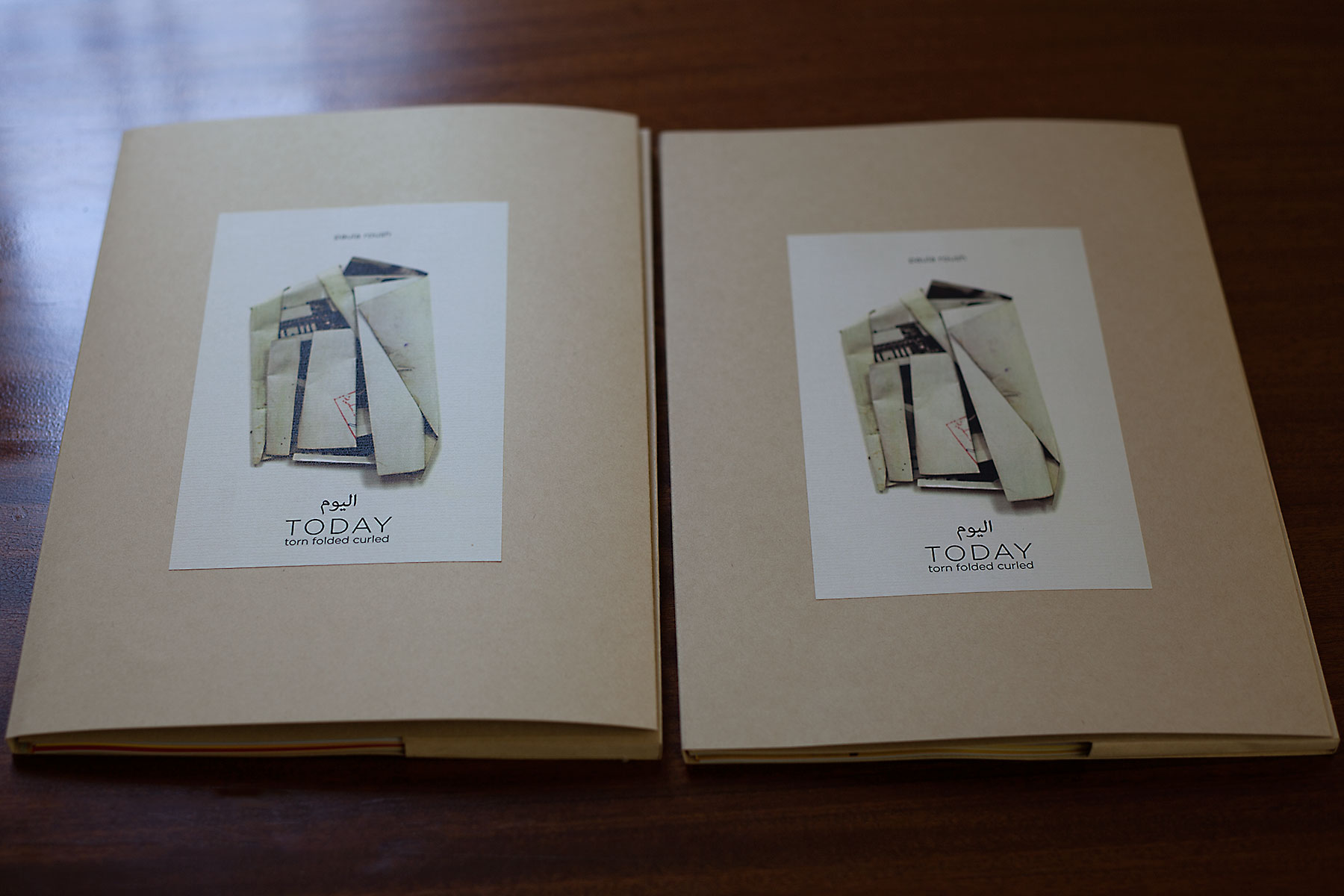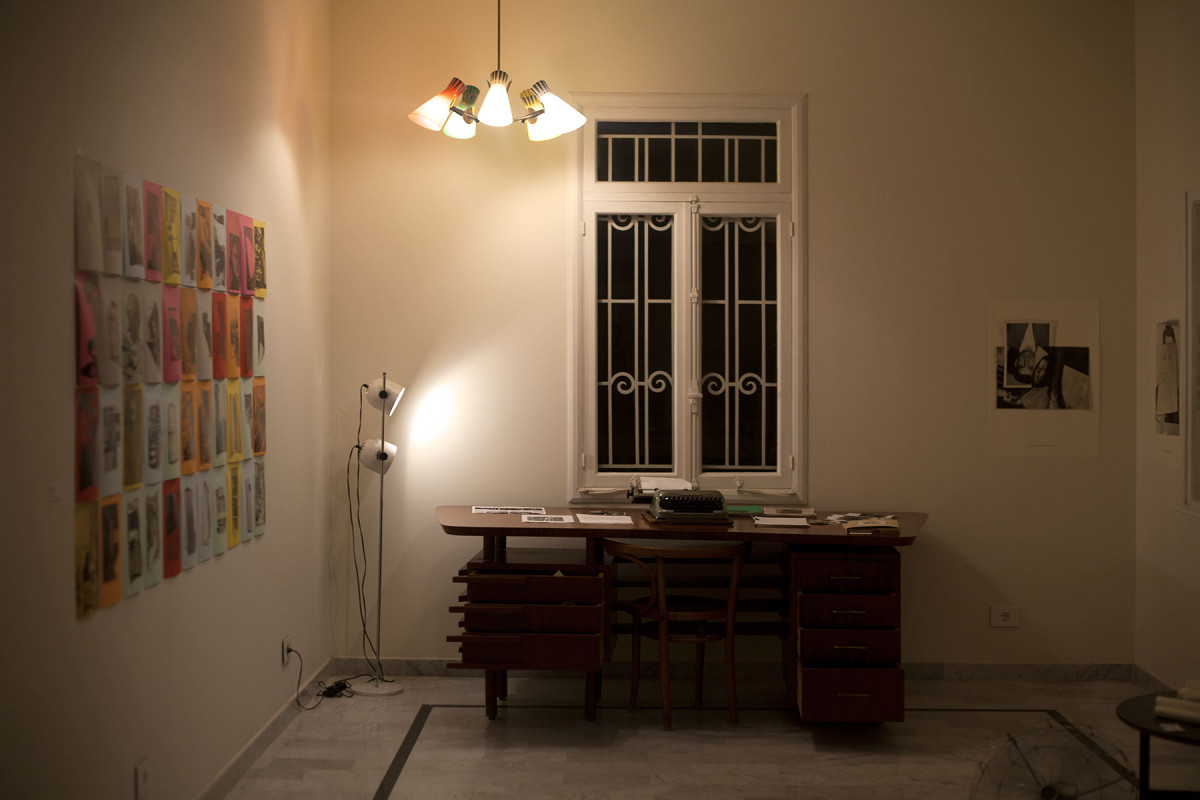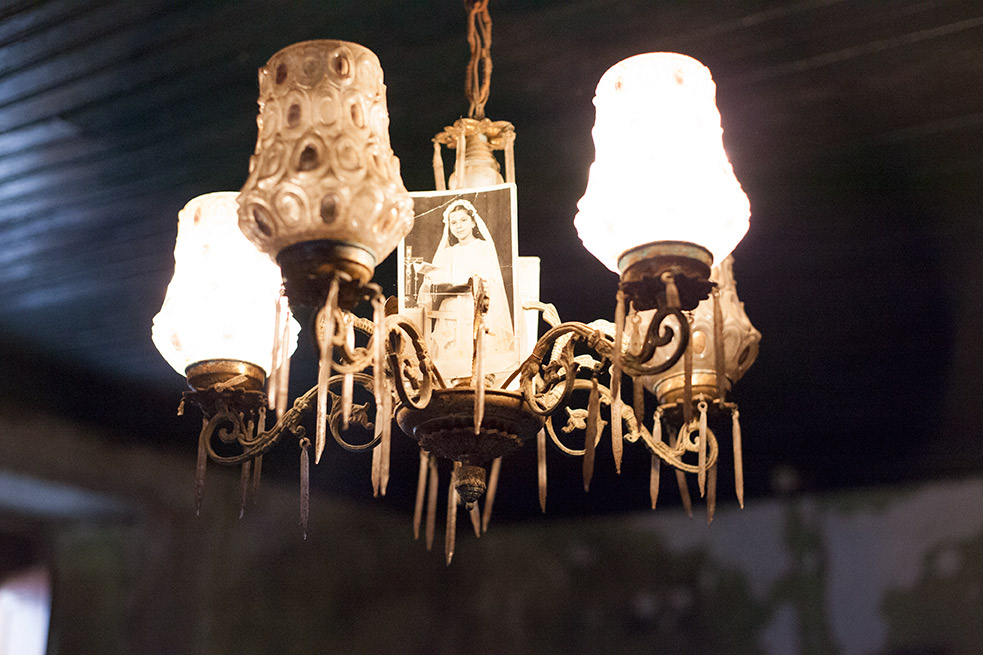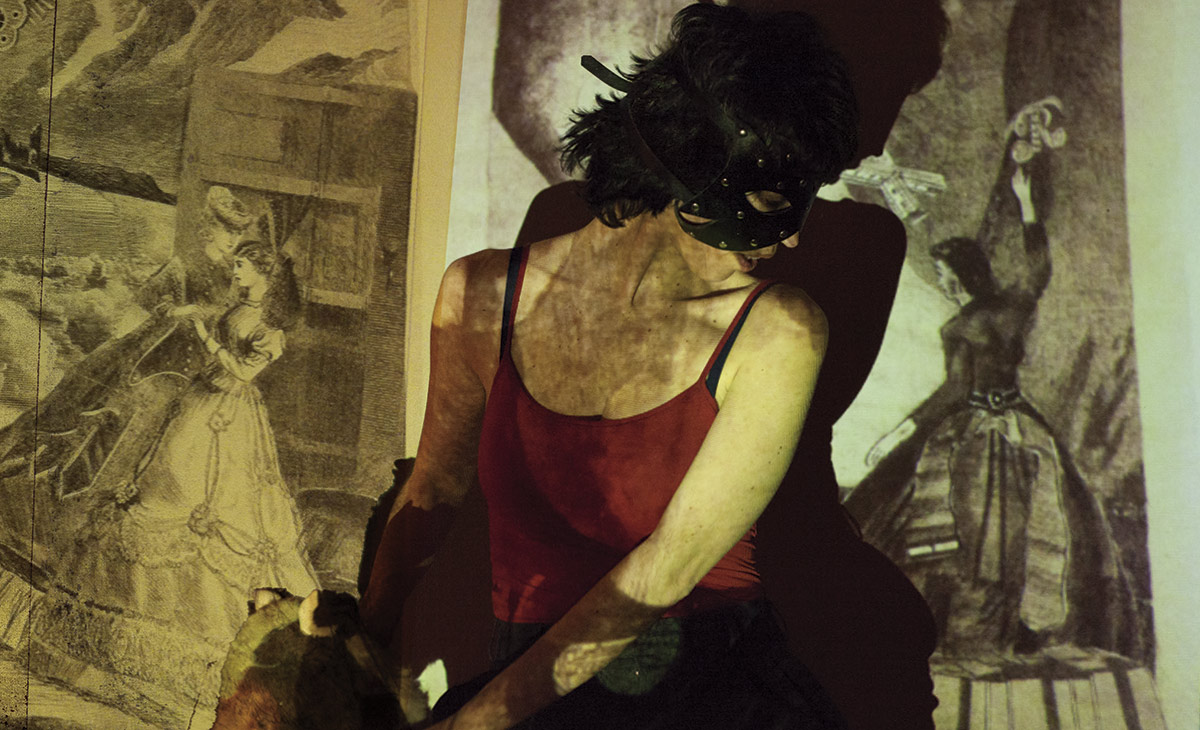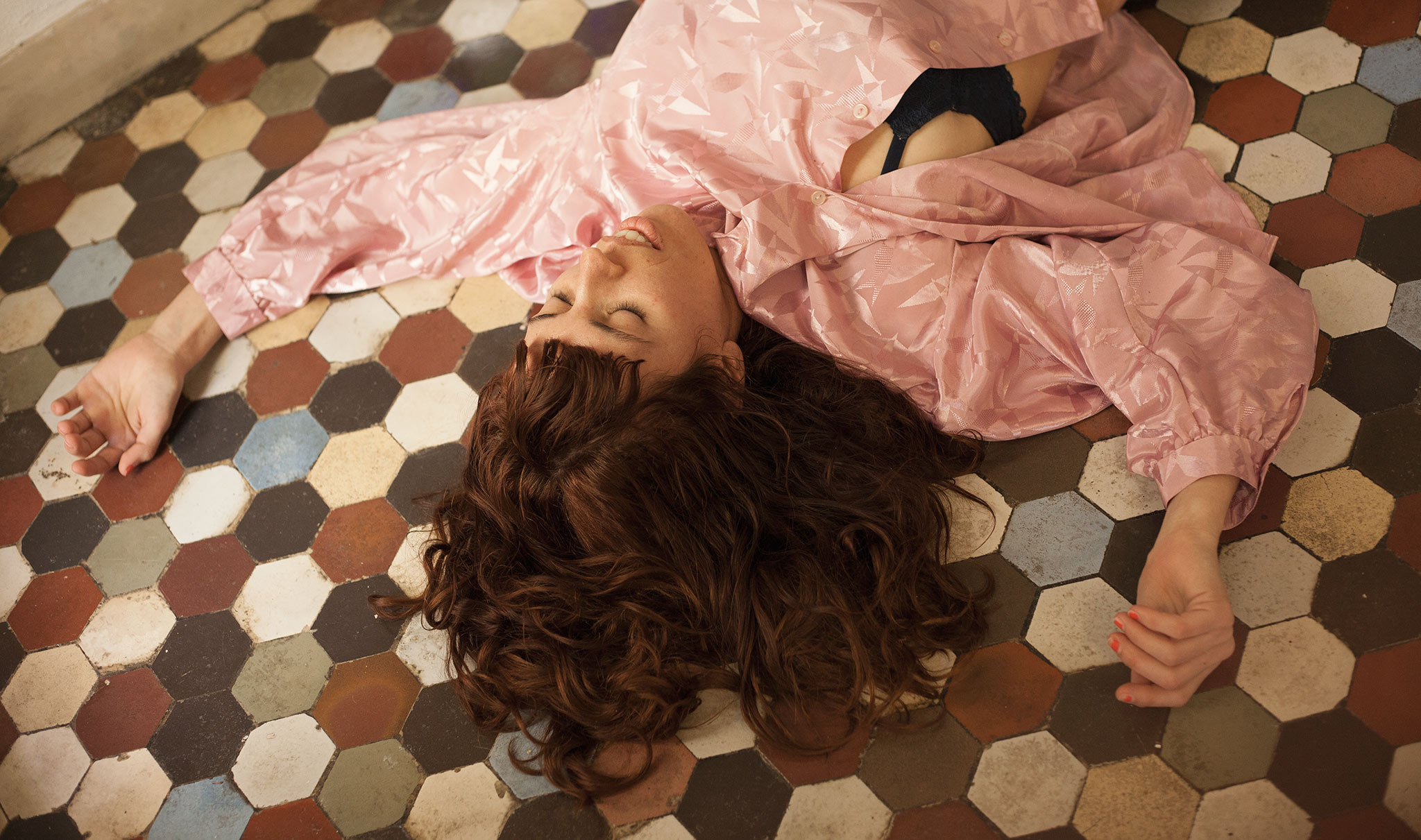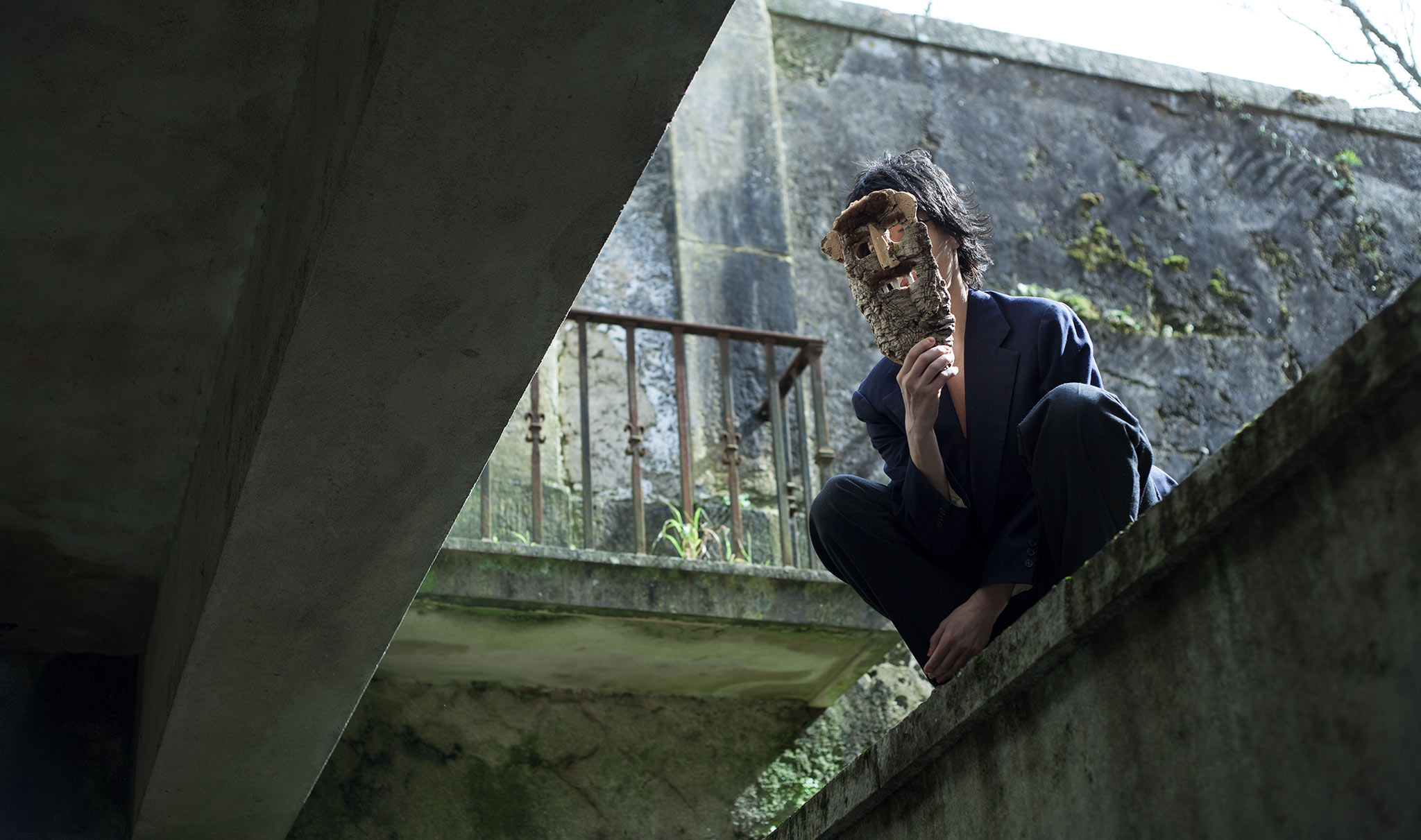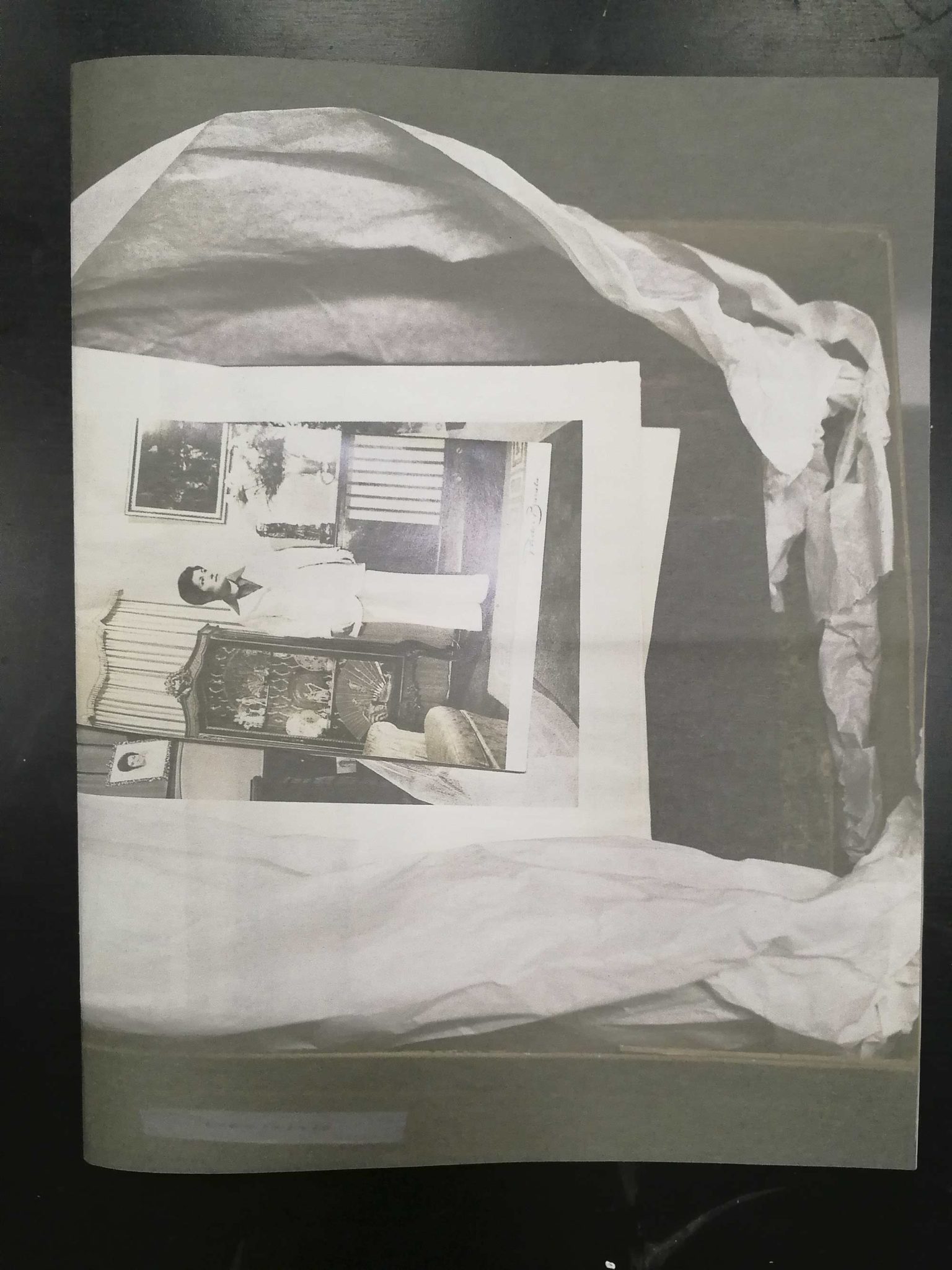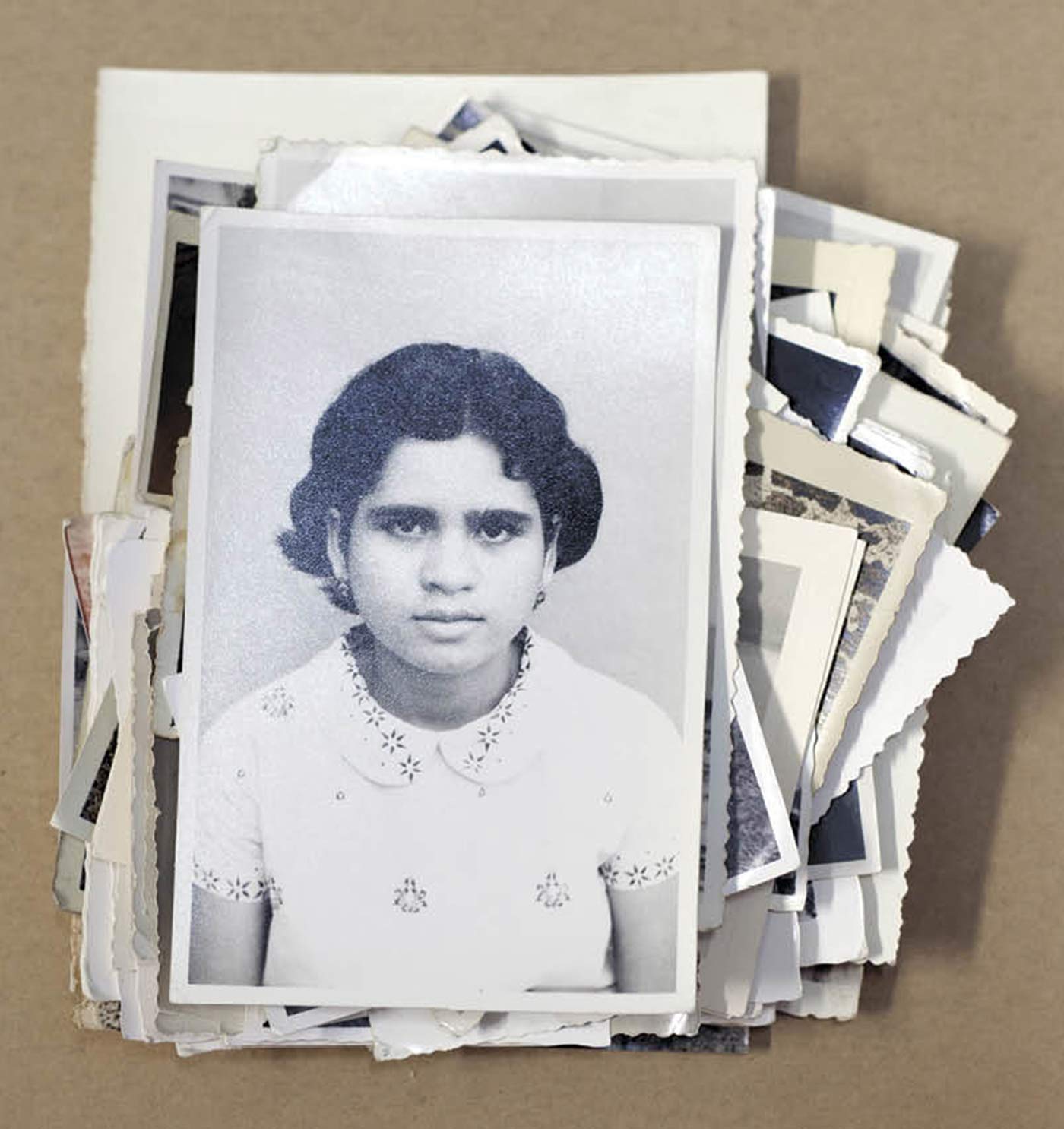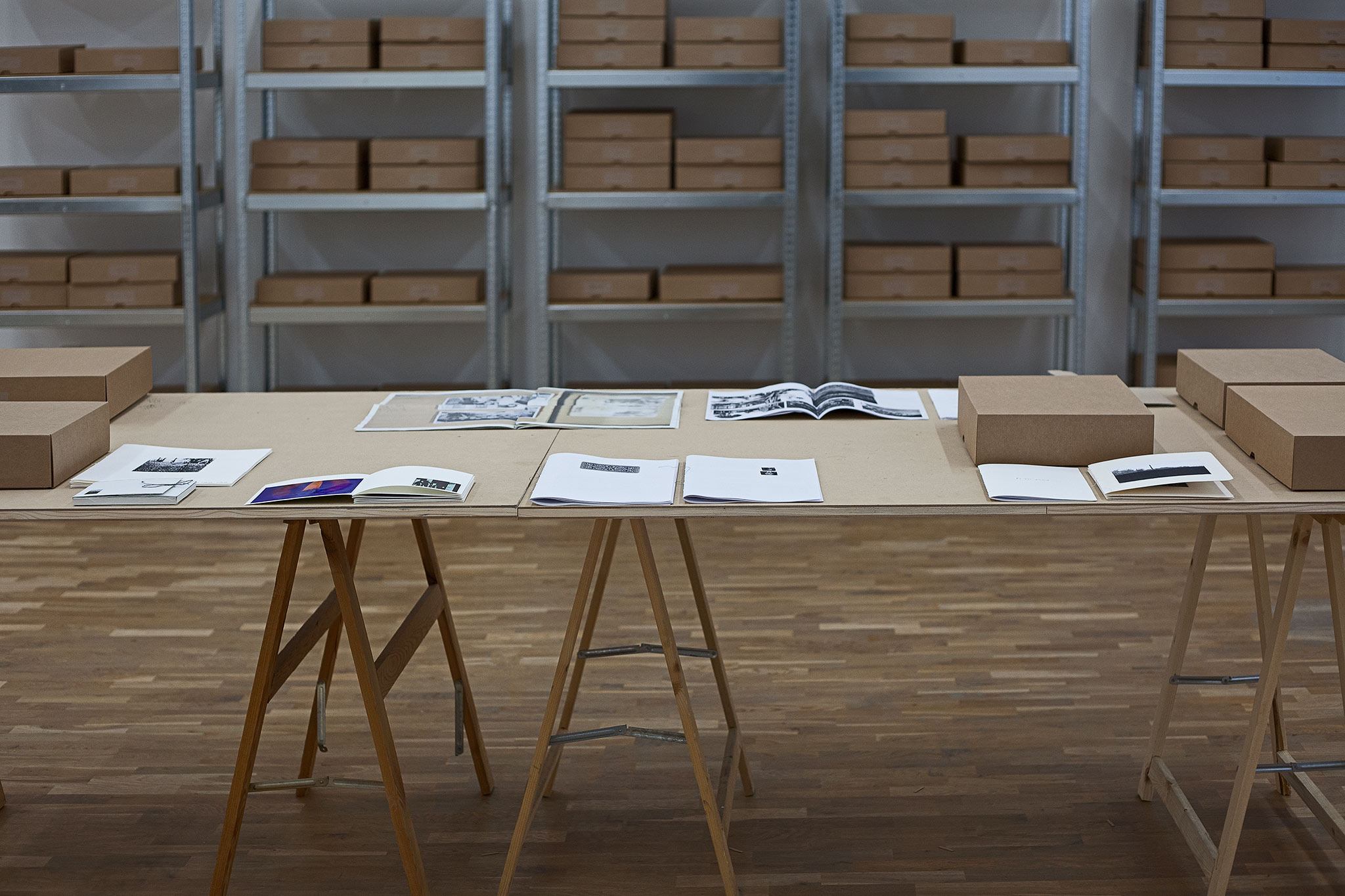a journal of one’s own, a text dedicated to mary, margaret, valentine, alice, paula, maria and all the other women
by cristina duarte, in Queer paper gardens or The wildlife of symbols Vol. V Fundacao EDP 2013
tuesday, 30th of april 2013
two european capitals, the same exhibition1... i don’t know, it is strange to think through with this distance between them. the closer we get to reality, the more out of focus it gets? lets’s get abstract then. first abstraction: to forget capital letters. second abstraction: to forget the new orthographic agreement:2 i move on, freer, with the dictionary of feminist critique by my side: «being a concept in constant formation (...) queer allows a unique conceptual potential to define a position, necessarily unstable, of contestation of fixed identities.”3
just as the root of the word queer (across, diagonally or transverse), the root of the works inspiring this project - queer paper gardens - is indo-european. a voyage, the discovery of the other, enables one to go far beyond the private sphere and the borders of the national territory. mary delany, that never travelled but indirectly, was the inventor of collage, in a georgian century when artistic practices (and landscape arts), done by women started by being developed in the private space of the house. such as the drawing room, – the so called “room of one’s own” of virginia woolf,4 even though in her case, this is associated to literature and the activity of a writer in the second decade of the twentieth century. let’s then travel in time and space, in order to exchange gifts in the orient...play.
wednesday, 1st of may 2013
today i dive in exchanging gifts in the orient,5 a collage film (video HD, 35’, colour, 2012), that is itself a visual essay about artists – a journey through writing, drawing, and painting from the last 200 years – out of someone else’s fiction, and these, all together, writing an additional chapter in women’s history.
i imagine a new pair in my internal dialogue. mary delany (1700-1788) and mary wollstonecraft6 (1759-1797). maybe they never met, or did they? the latter is the mother of mary w. shelley, the author of frankenstein, which connects us (in)directly to the matter that brings me here: the collage, done by paula roush and maria lusitano, through a visual and interdisciplinary voyage, around the universes of gothic, surrealism, poetry and gender, with the artists searching for a new outlook over the territories and forms of representation, of the (non) normative worlds of women, through the arts.
Over a blue tainted background, a translucent black veil covers the first film’s character to appear on screen; the reality seen inside out, the subject of the one that gazes, is veiled. from the outside, the one who gazes (into the veil) has a vision that more then veiled, is mysterious, as if (under) cover. time to know the first woman in this film, valentine penrose. female hands turn the pages in one of the volumes that contain the visual narrative that encloses the history of women in the nineteenth and twentieth centuries, and that reminds me once more of virginia and orlando,7magnificent masterpiece, where another time journey across genders takes place.
thursday, 2nd of may 2013
travelling was part of valentine penrose’s life, a surrealist poet that transposed her journey to the collage book dons des féminines. the artist published what is also a «queer biographical document, and a visual critique of the fragmented representation of women by male surrealist artists”. 8
maria and paula’s film is in itself a journey about several lives, narrated through a visual history with a lyricism of its own, just as valentine’s own book. The film’s voice-over provided by artist marie josianne agossou, interprets a narration that summons the lives of various women, and the representations of these through the arts in context. valentine and mary delany are evoked as well various other women, exalted in this work of archive, composition and feminist script.
we peek here at a certain cinema paradiso, at the service of the arts, through the chosen excerpts of films such as rebecca, the hunger, jane eyre, and daughters of darkness. this put us in tune with the themes approached by the artists in their video-collage, that refer to the cut-up, as well as to photography and drawing, in a narrative strategy that projects issues of gender, body representation, and the role -play involved in women’s performance throughout history. and it conjures the horror women were (and are) subjected to: the horror is displayed in jane eyre, in the bad girl of sleeping beauty, or in the madness of rebecca’s housekeeper.
lastly, the absence of a gaze (of women upon themselves and their surroundings, transforming the public space in their natural landscape) is compensated through the gothic aesthetic, evoked in the video language chosen by paula and maria, as gleaners of images – that let us delight in the victorian visual style, revisited today by the steam punk aesthetics.
friday, 3rd of May2013
«may i start?»9. how to write about these 21 minutes of quasi-surrealism, that takes us throughout the history of collage, with its starting point in three objects: max ernst’s collage novel a week of goodness, valentine penrose’s collage-poem dons des féminines and mary delany’ biography, the inventor of collage; we cross their universes and those of other women artists, guided by eunice gonçalves duarte performing multiple roles, as valentine did, creator of wide-ranging meanings, such as a woman in a red dress and tribal mask going on a safari, through exotic theatre/sceneries.
the universes available to us are once again of intersection, in double screen, and transport us poetically to the themes underlying delany’s masterpiece, flora delanica (1772-1782), navigating through what is apparently invisible, or absent. in these paper gardens there are no symbols of authority, but of transcendence, says the narrator, at a certain point.
cruising through the botanical garden of coimbra, the female character is immersed in a time machine. it is up to us, spectators, to make the cut, the selection and “reassembly” of what is more important to us, in this process of non-normative memory, that is open to many languages and queer identities. in these not so strange gardens, i review myself with shells in my eyes… feel free to talk.
saturday, 4th of May 2013
feminism must henceforth be viewed as a rapidly developing major critical ideology – by which I mean a comprehensive view of the world – in its own right.10
